Creality Sermoon V1 Pro Review: Can it deliver on its promises?
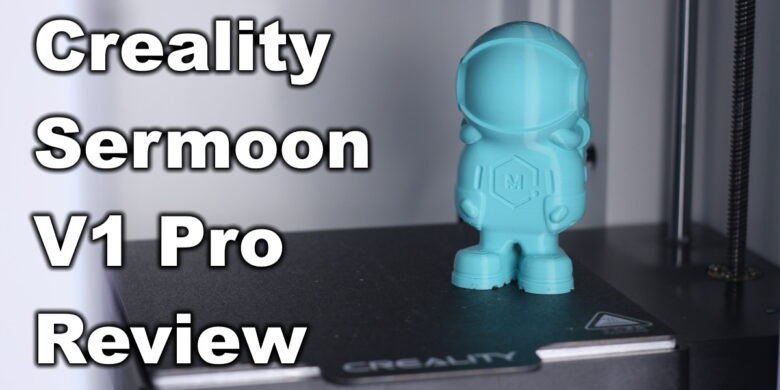
Creality recently launched the Sermoon V1 Pro which is a small format 3D printer marketed toward learning environments, offices, or as a kids printer.
This 3D printer should be easy to set up, with clear instructions and guidance in order to keep the potential users engaged. So let’s see if the Sermoon V1 Pro from Creality is able to deliver on its promises and if it’s worth buying.
Creality Sermoon V1 Pro Shipping and Packaging
The Creality Sermoon V1 Pro comes in a cardboard box with a cardboard top and bottom protection. On the sides, there are airbags all around the printer. I like this packaging more because it’s environmentally friendly and can be recycled easier than the regular foam we get.
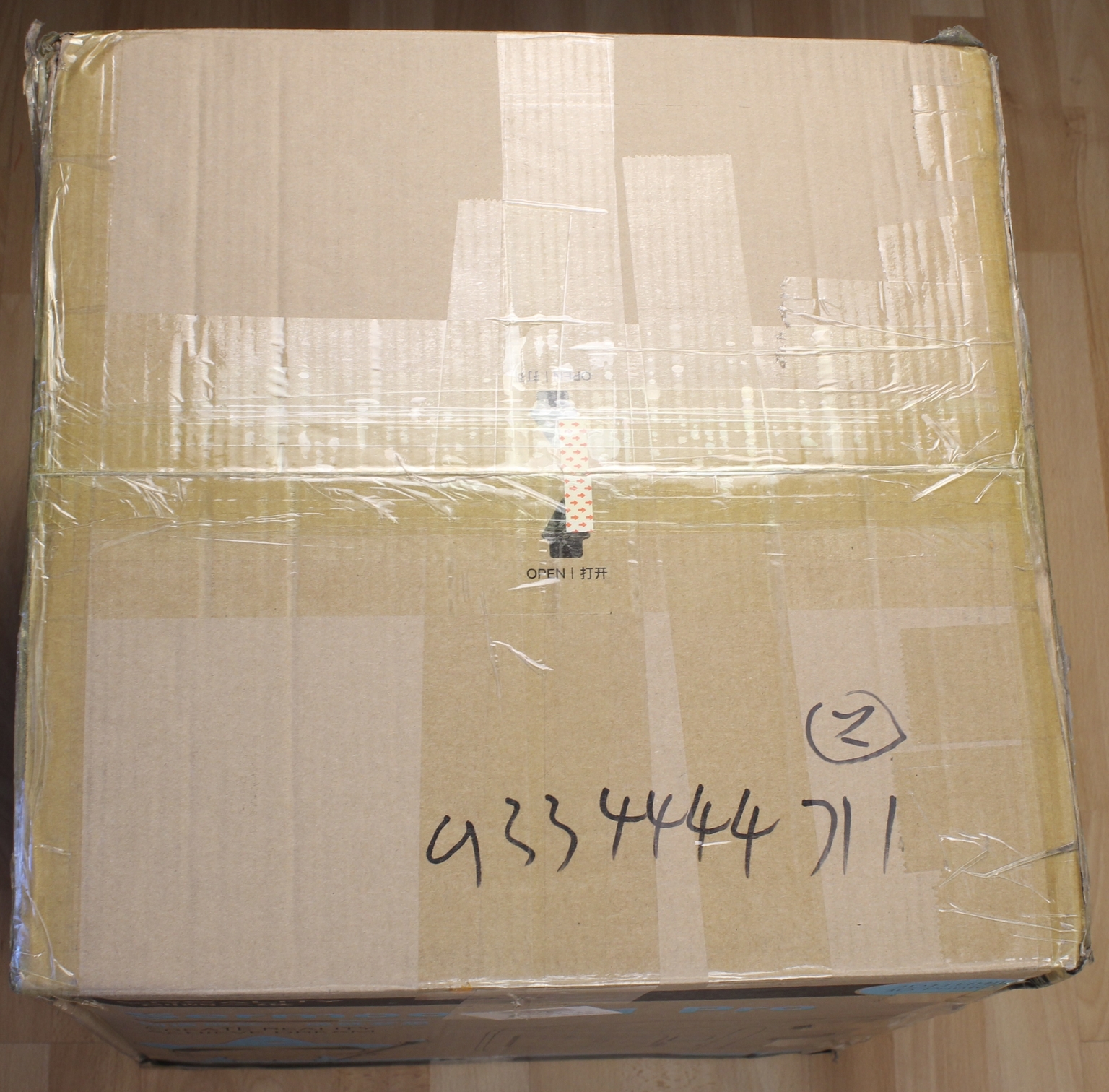
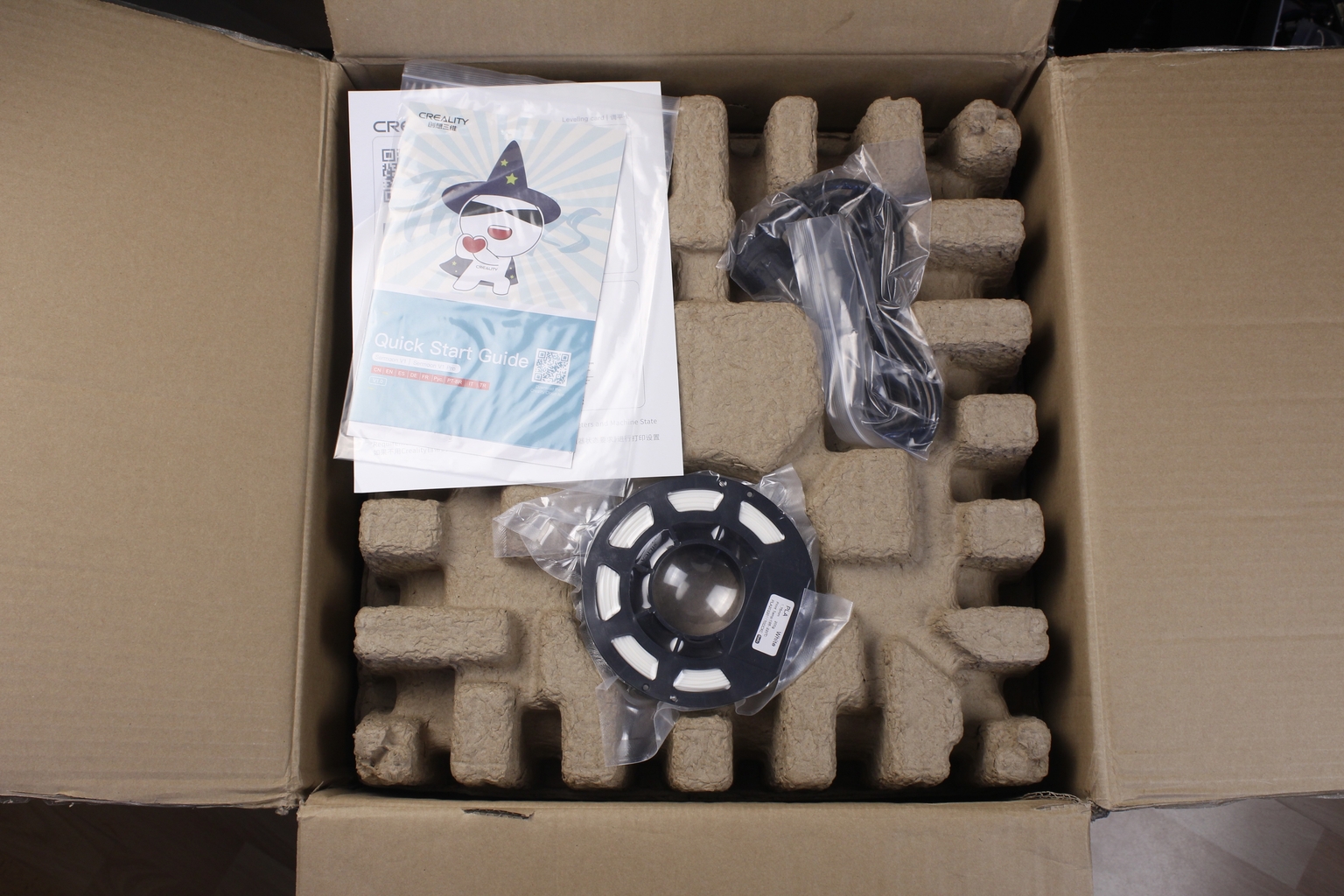
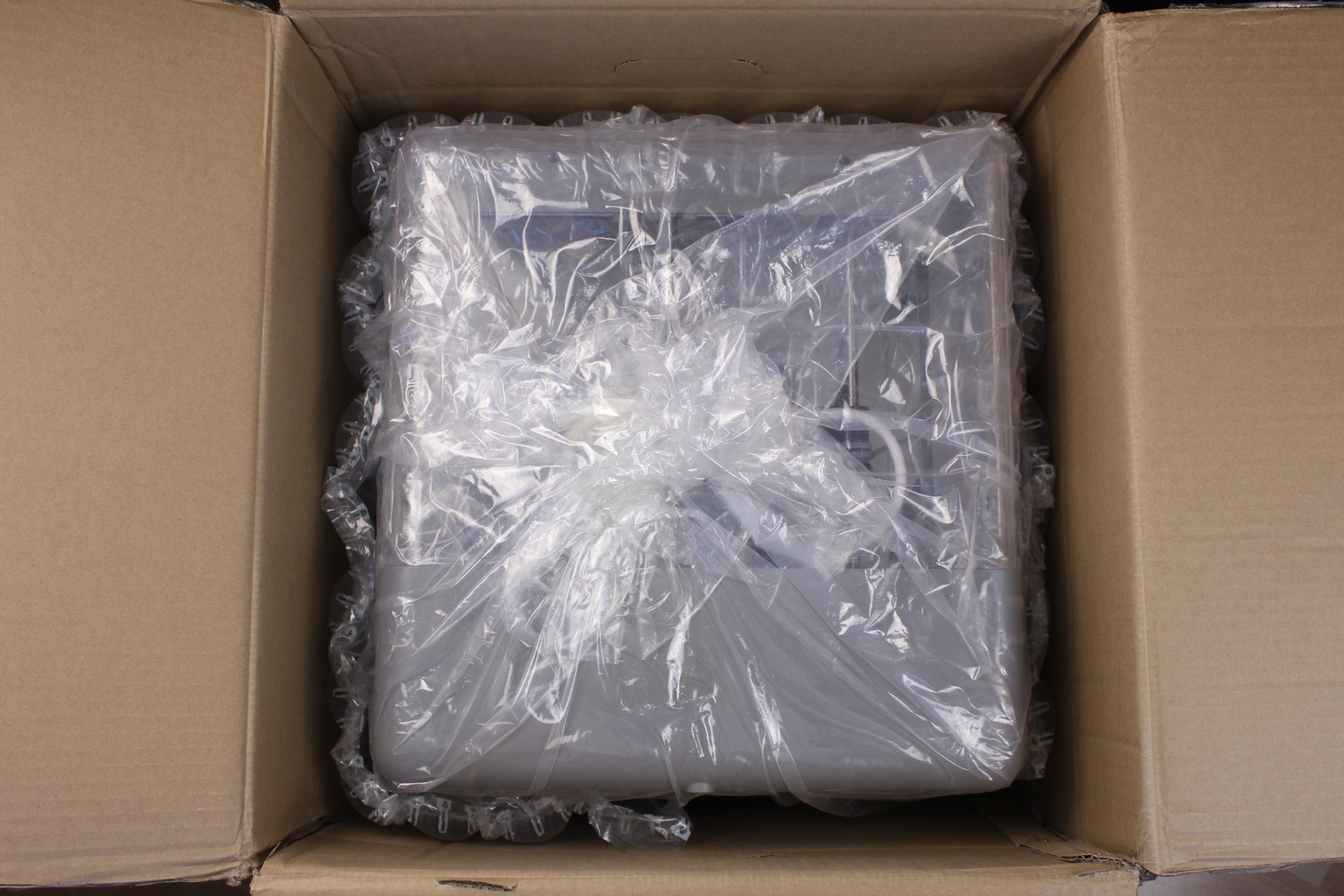
The printer comes pre-assembled and it’s ready to be used. The moving parts are secured for shipping with zip ties so there’s a low chance of getting this printer with problems caused by shipping.
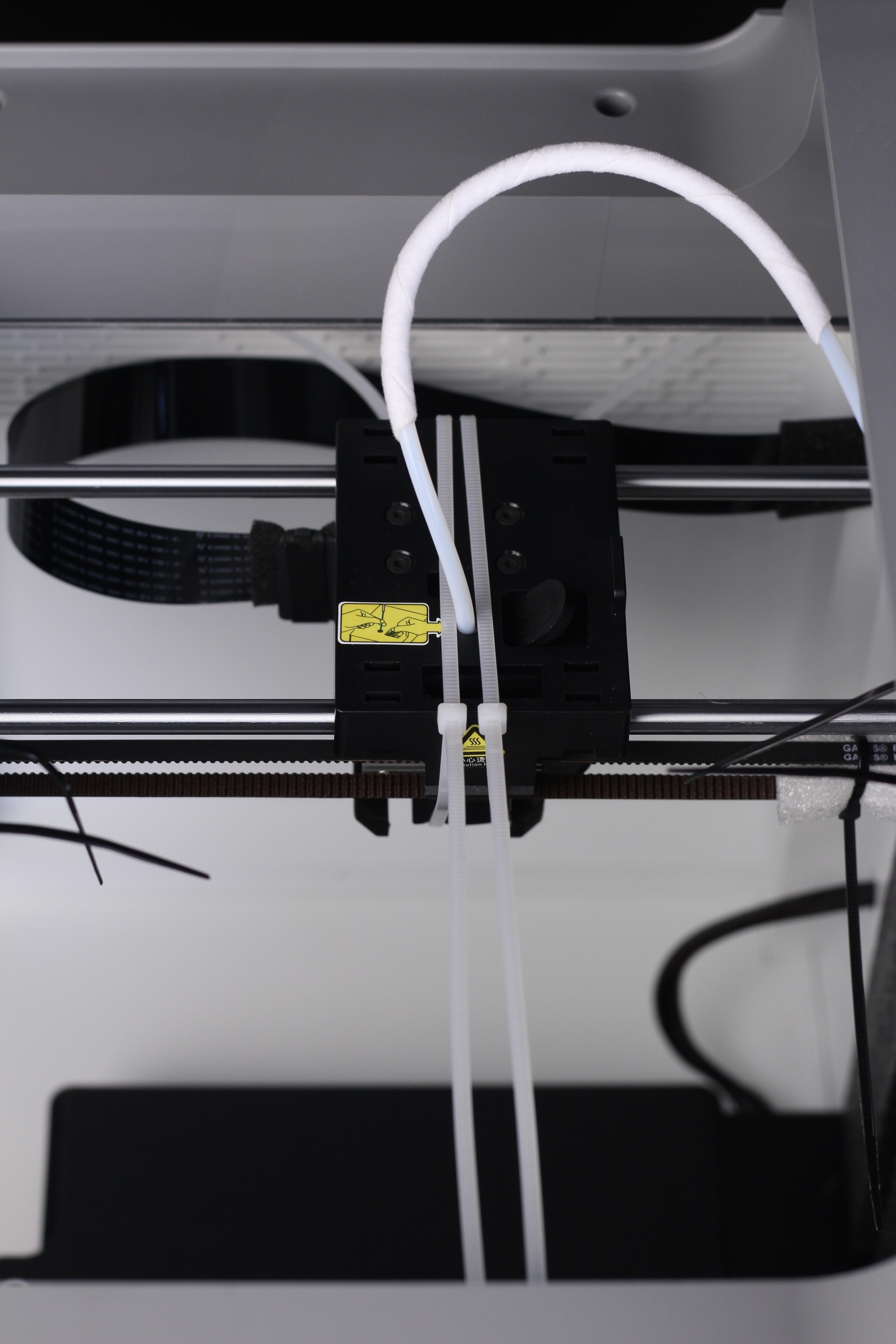
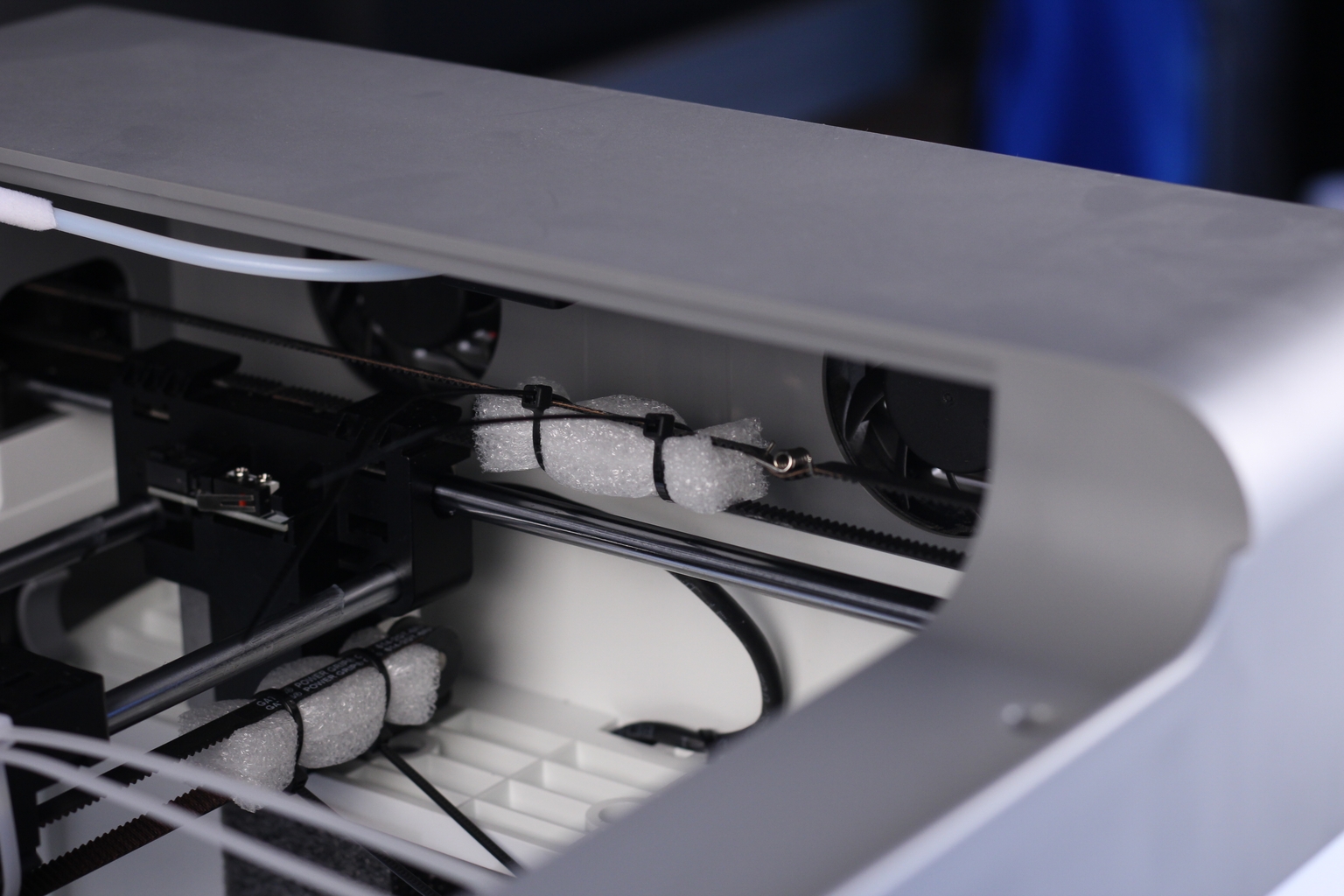
Creality Sermoon V1 Pro Design
At first glance, I like the Creality Sermoon V1 Pro design. It is quite a presentable printer, and it will easily fit in any environment, especially in a school or in an office, where Creality targets this machine.
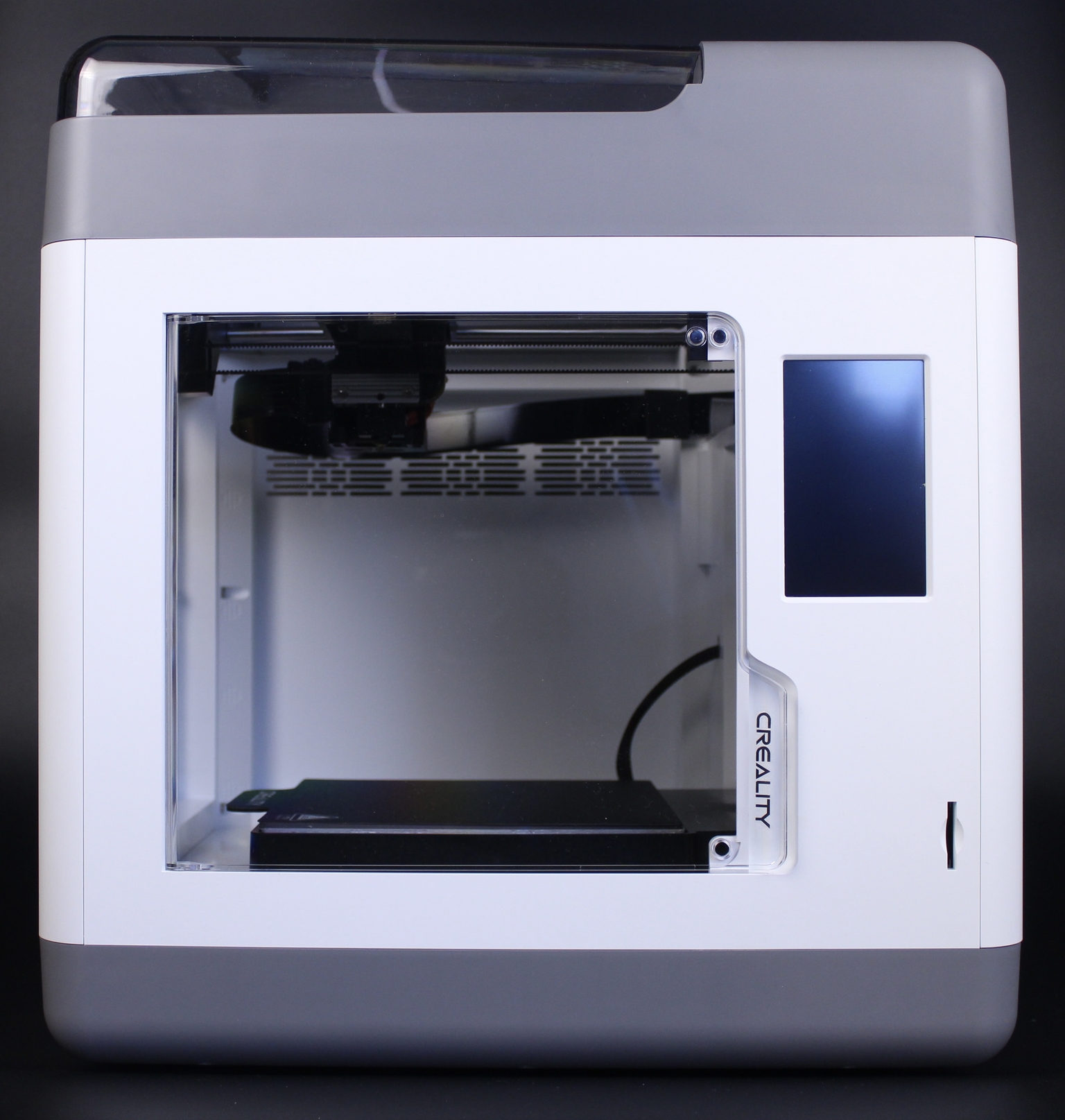
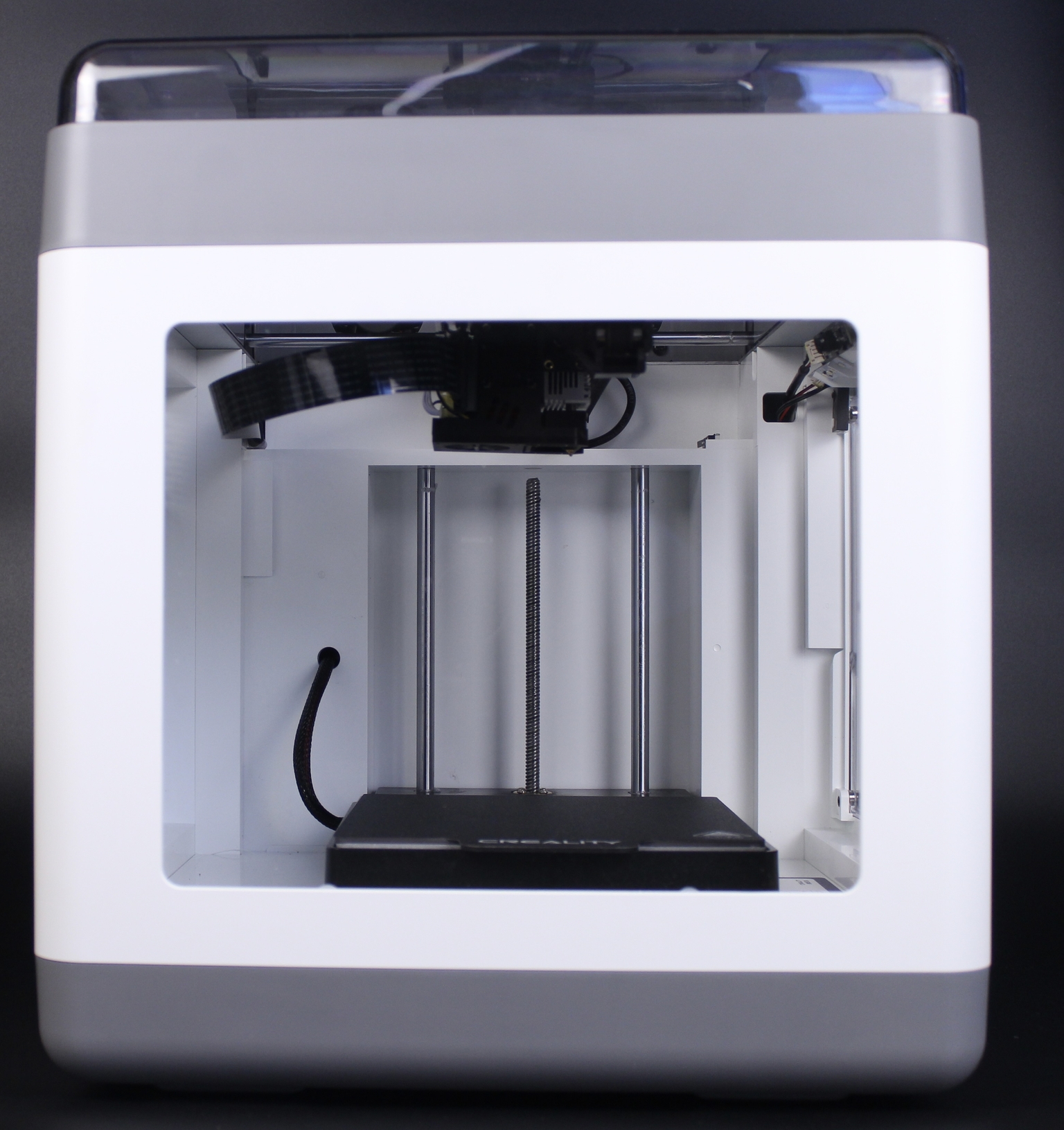
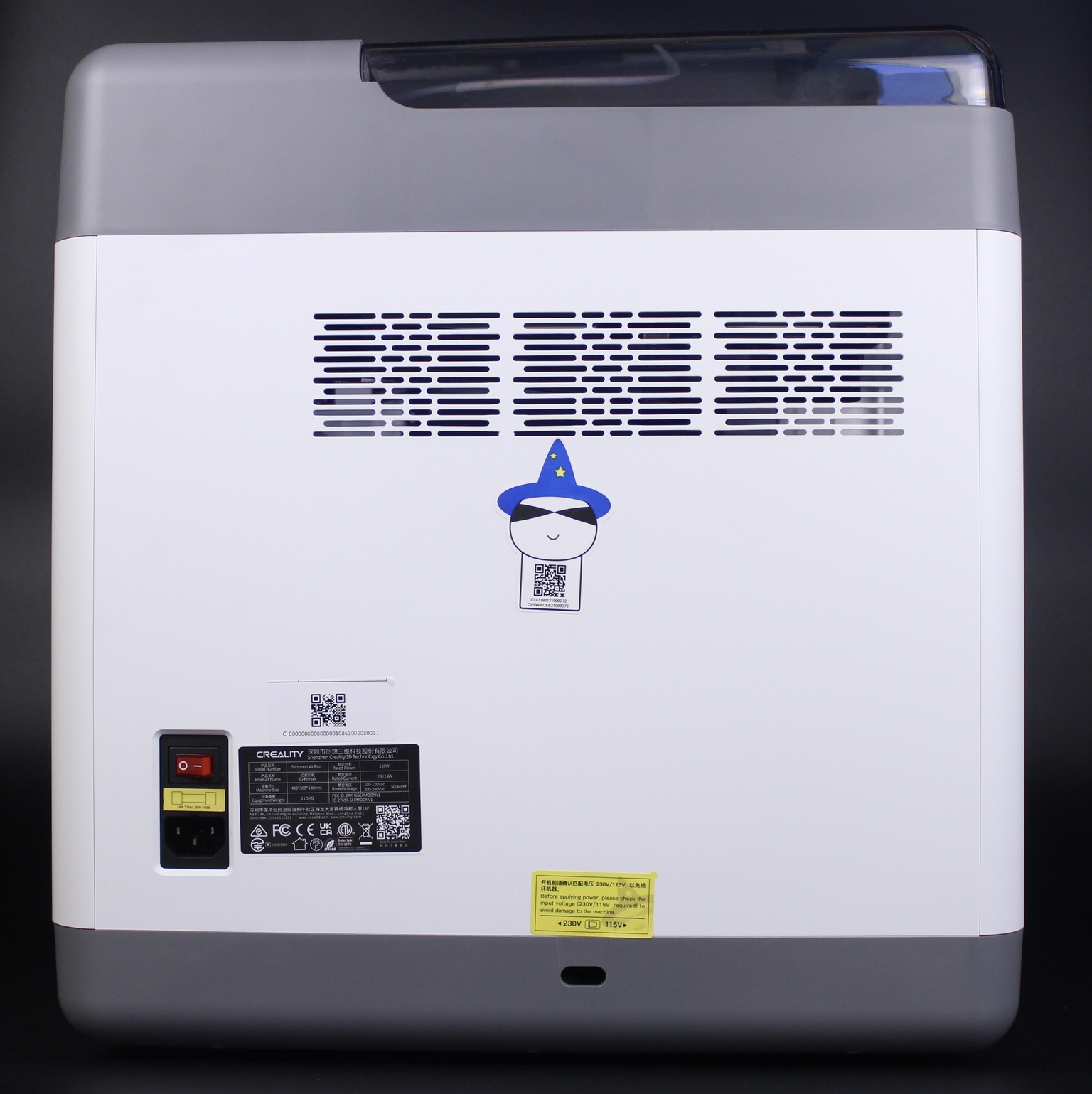
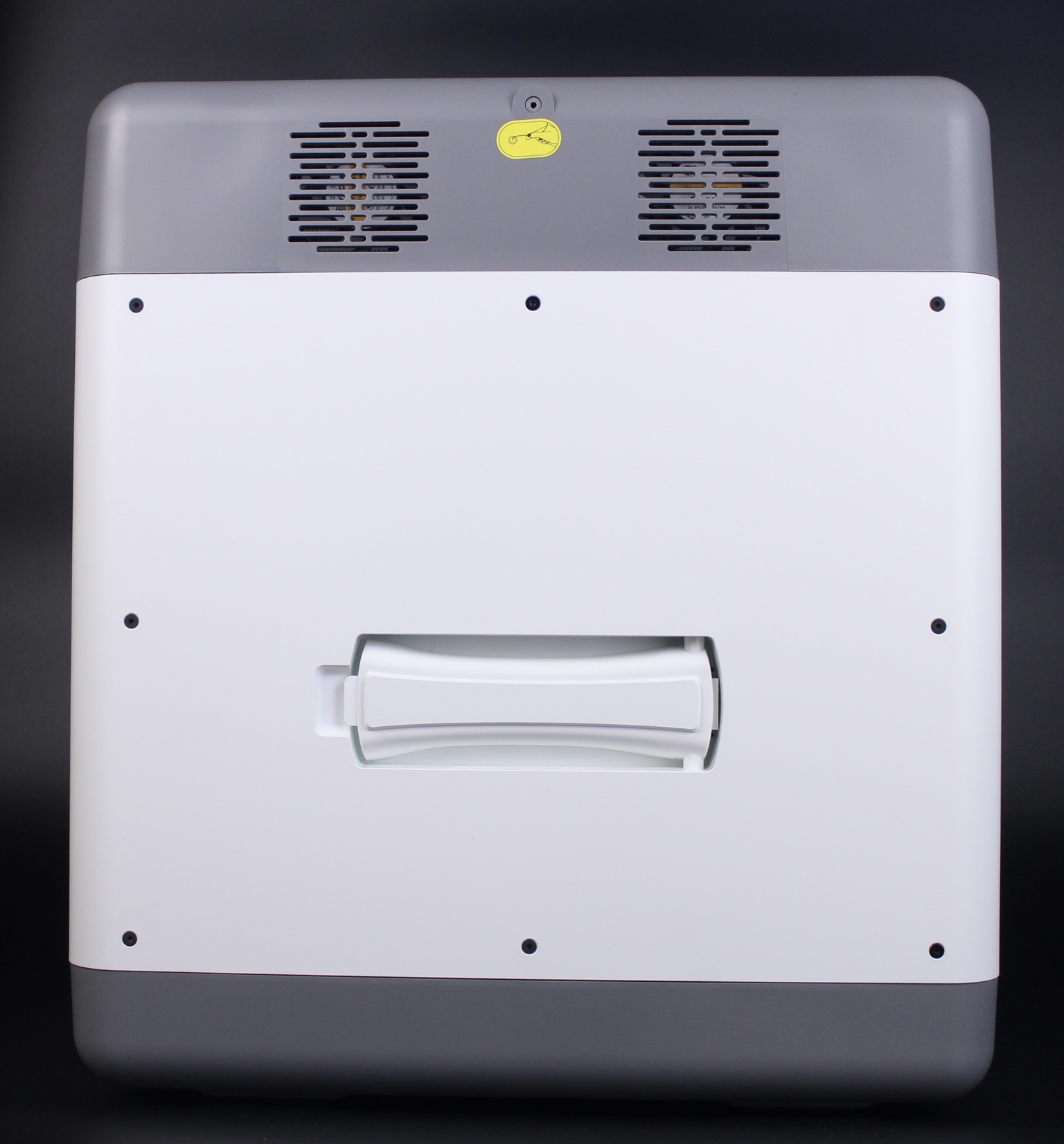
The only “annoying” thing is the print volume compared to the printer size. It takes almost the same space as the Ender 3 S1 while having a much lower print volume. But at least the printer is enclosed.
Creality Sermoon V1 Pro Specs
| Print Technology | FDM |
| Max. Build Dimensions | 175*175*165 mm |
| Machine Dimensions | 400*380*430 mm |
| Package Dimensions | 485*465*526 mm |
| Machine Weight | 11.5 kg |
| Package Gross Weight | 15 kg |
| Extruder | Sprite Direct Drive |
| Max. Nozzle Temperature | ≤250℃ |
| Max. Heated Bed Temperature | ≤8O° |
| Print Precision | ±0.1 mm |
| Layer Thickness | 0.1-0.4mm |
| Power Supply | 100-120Vac 200-240Vac 50/60HZ |
| Nozzle Diameter | Standard 0.4mm |
| Nozzle Quantity | 1 |
| Supported Filament | PLA / ABS / PETG |
| Filaments Diameter | 1.75mm |
| User Interface | 4.3″ Colorful Touch Screen |
| Rated Power | 150W |
| Resume Print | Yes |
| Filament Detection | Yes |
| Print Interface | Wi-Fi / SD Card |
Fully Enclosed 175x175x165 Print Volume
As previously mentioned, the Creality Sermoon V1 Pro is a fully enclosed 3D printer with a print volume of 175x175x165. Compared to Creality’s other 3D printers, the V1 Pro has one of the smallest printing volumes.
The transparent top cover of the machine can be removed, if you ever need to access the extruder assembly or perform maintenance which is helpful.
You can leave the top side off if you want the printer to have better performance when printing PLA, but the side fans do a good job of pulling the hot air out of the machine. These fans are located on the top side, over the spool holder location.
The spool holder is collapsible and located on the right side of the printer. It works, but because of how it was designed, the sides are sharp and if you feed the filament from the front side, it will scratch the spool and create plastic dust.
Sprite Direct Drive Extruder
One of the best features of the Creality Sermoon V1 Pro is the Creality Sprite Extruder. This is the same extruder present on other printers from Creality, like the Ender 3 S1 / S1 Pro or the CR-10 Smart Pro. I think you can see a pattern here, where this extruder is installed on the pro machines. I really hope this trend moves to cheaper Creality 3D printers because the Sprite extruder is one of the best you can get right now.
It’s compact, with dual gears for good filament feeding, and performs very well with most of the filaments you can throw at it. The hotend is still PTFE lined, so you are limited with printing up to ~240C. The all-metal heat break is reserved for the Sprite Pro extruder which is able to print materials up to 300C.
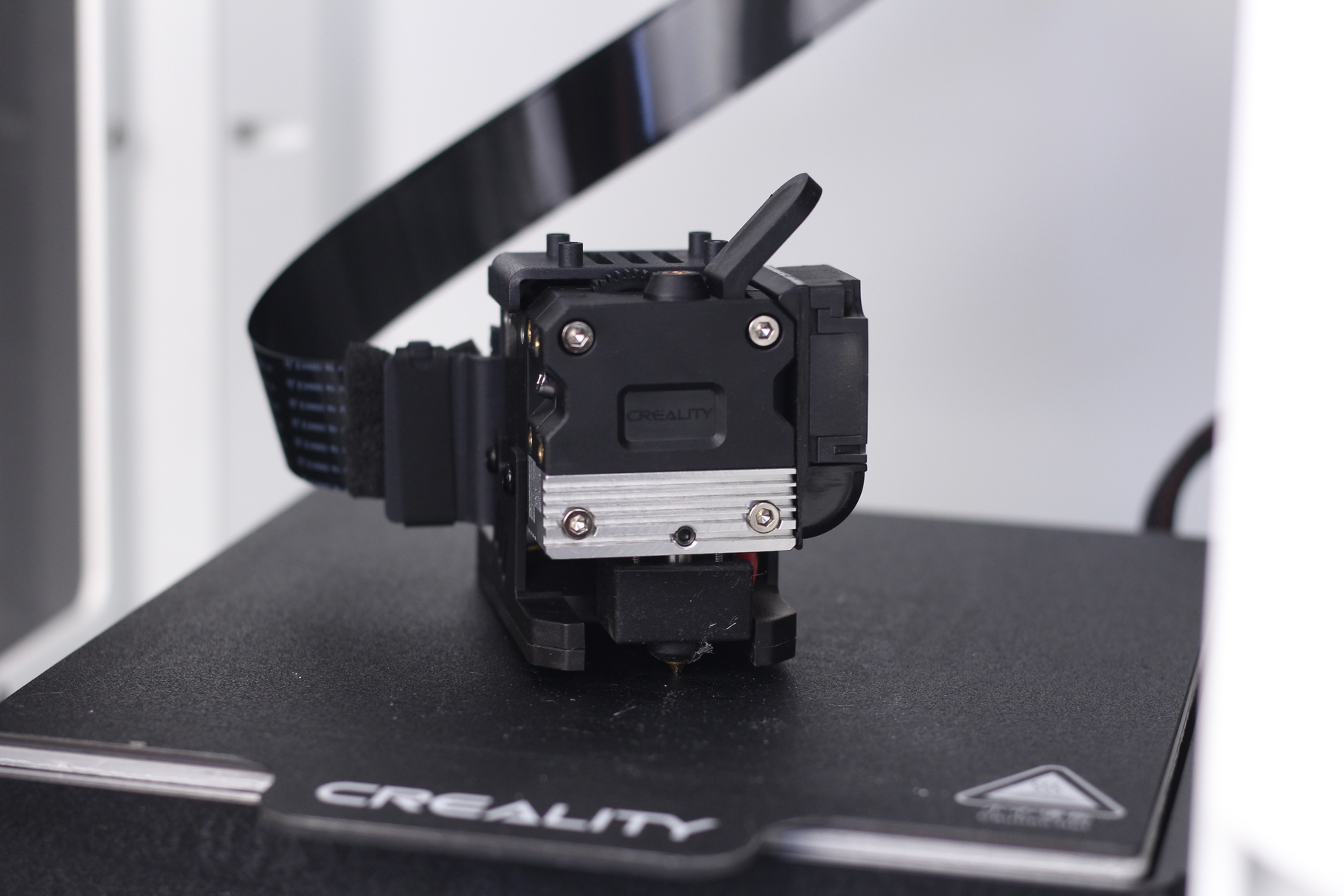
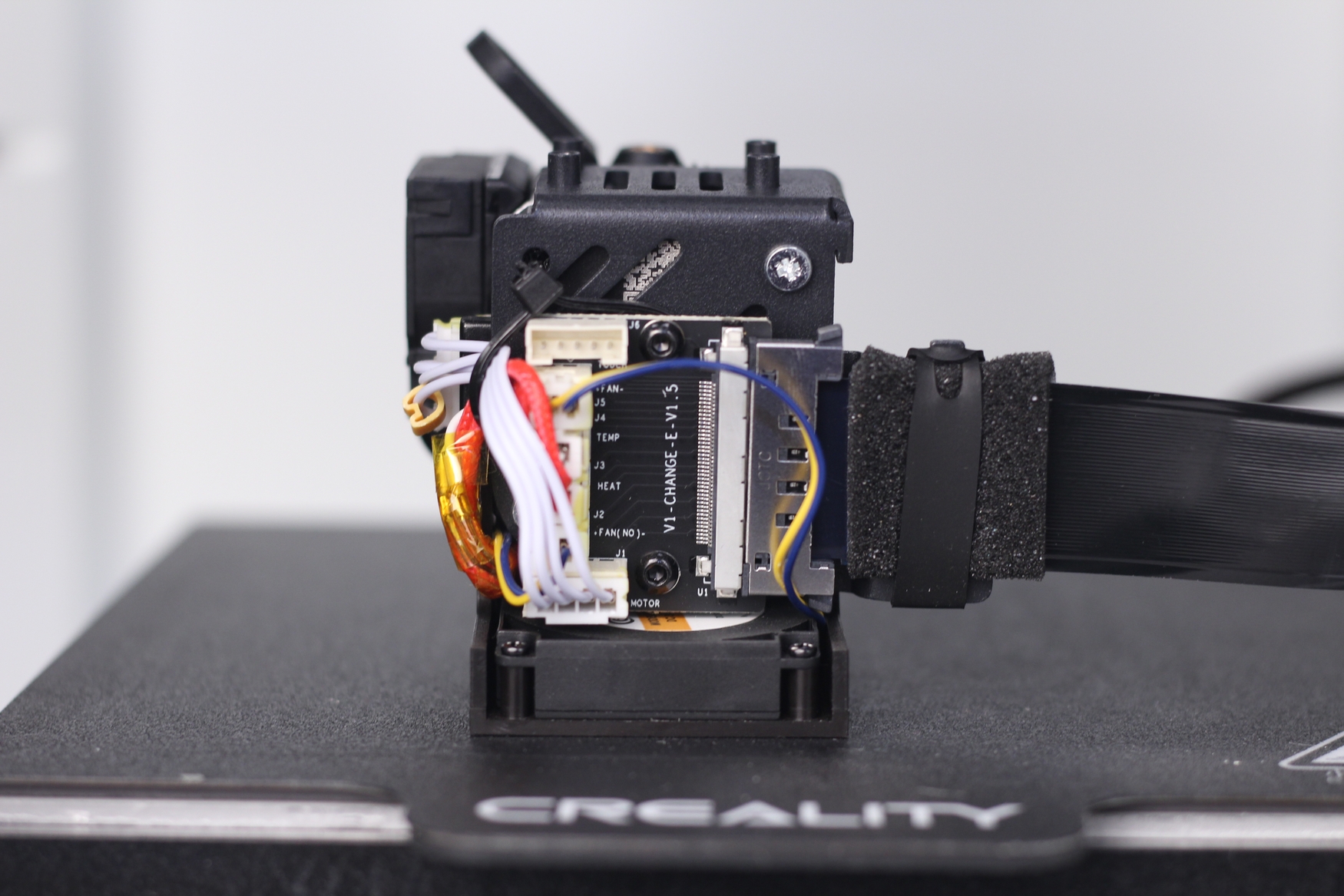
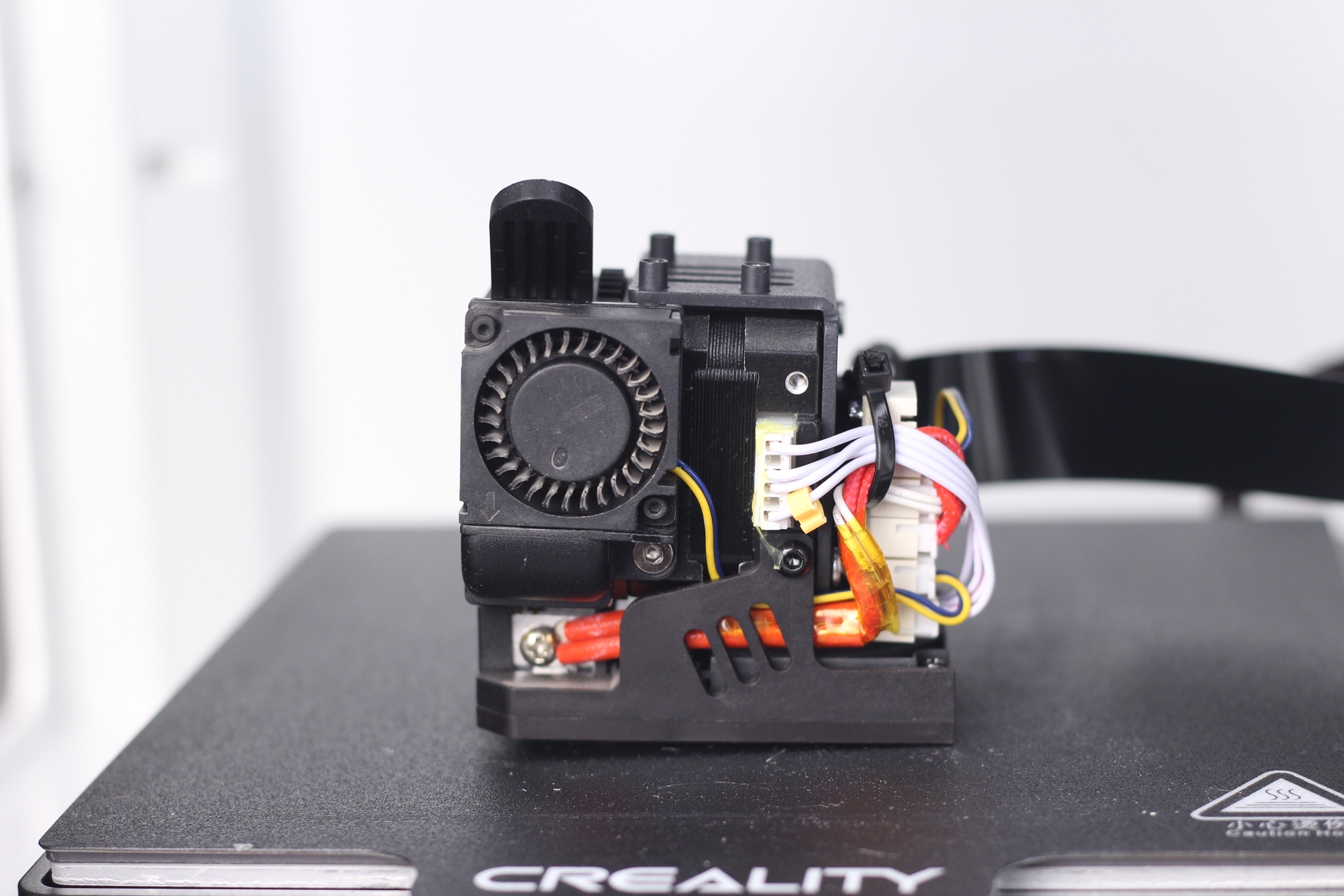
The extruder is really easy to remove from the printer, allowing easy troubleshooting or replacement, if needed. All the wiring is handled by the small breakout board which is connected to the mainboard using a ribbon cable. I can also see a connector available for a CR-Touch leveling sensor, which is probably something we will see in another Creality printer in the future.
The part cooling fan is orientated to pull air from the bottom which is less than ideal. It’s easy for it to take in small wisps of plastic during printing. Besides that, the air duct is not designed with airflow in mind, and this causes the part cooling on the Sermoon V1 Pro to be unsatisfactory if the print speed is higher.
32-bit board and Creality box
Inside the electronics area, we get a CR-FDM-v2.4.S1.200 32-bit board with an ARM STM32F401 CPU made by Creality which is similar to the one installed on the Ender 3 S1. If you look closer, you can also see that the stepper drivers are not the regular Trinamic drivers. Instead, Creality used MS35775 stepper drivers with no heatsink installed.
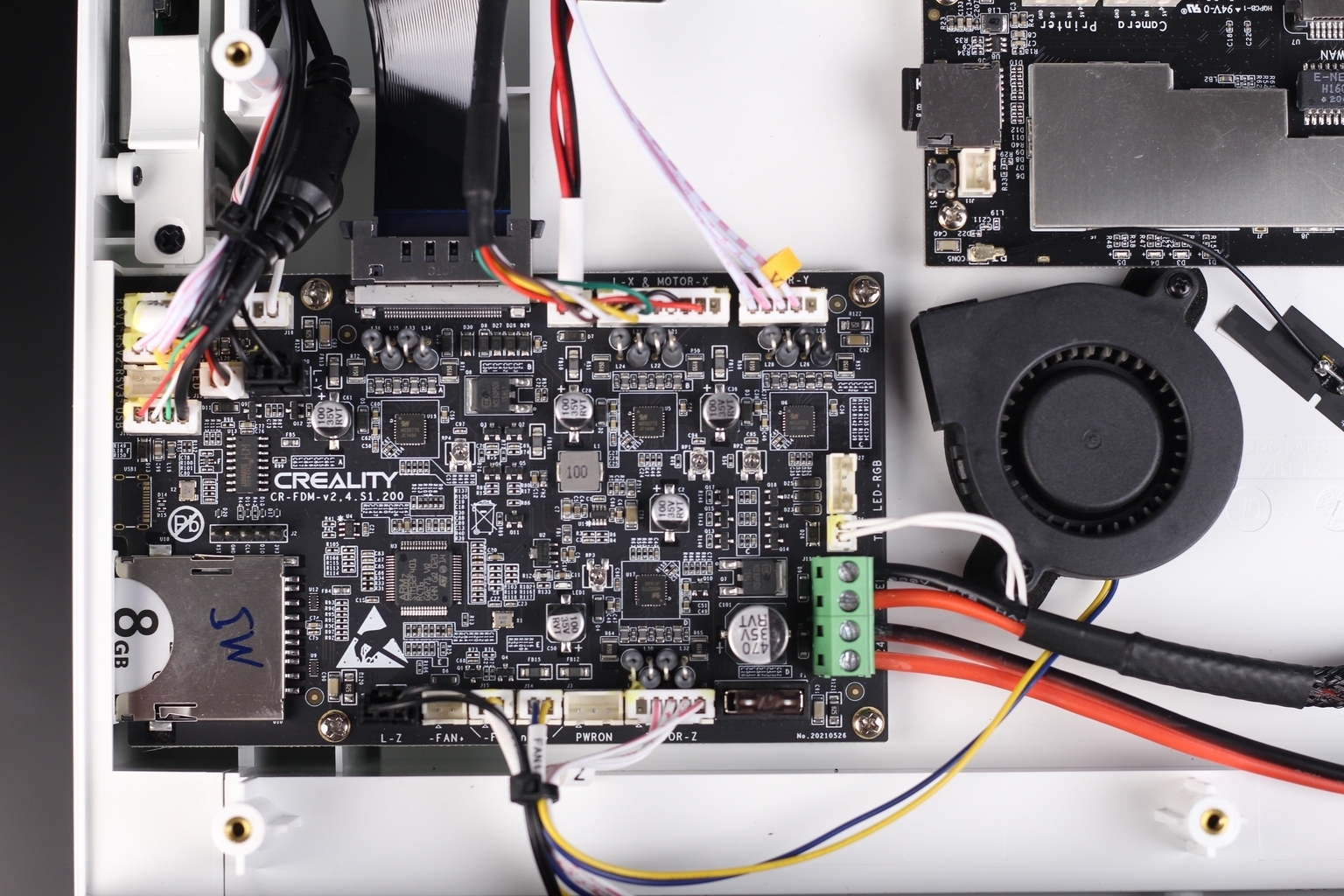

A 5015 radial fan keeps the board and stepper drivers cool, but the fan spins at full speed and it’s running constantly making the printer noisier.
To give this printer smart features, Creality also included a Creality Box board which is similar to the standalone product and the same as the one you get with the CR-10 Smart. It has an 8GB SD card installed which allows you to send files to the printer remotely, and have them stored on the machine.
Unfortunately, the wires are still tinned so I recommend installing proper ferrules if you get this machine. I really hope Creality will solve this in the future, as they did with the Ender 3 S1, because thinning the wires increases the risk of a fire.
Cantilever heated bed with a flexible magnetic print surface
The 175×175 cantilever heated bed moves on the Z-axis and the support is made from injection-molded plastic. At first, I was skeptical about its sturdiness, and it seems that I was somewhat right. At higher speeds, there’s a small wobble on the Z-axis which generates some banding on taller models.
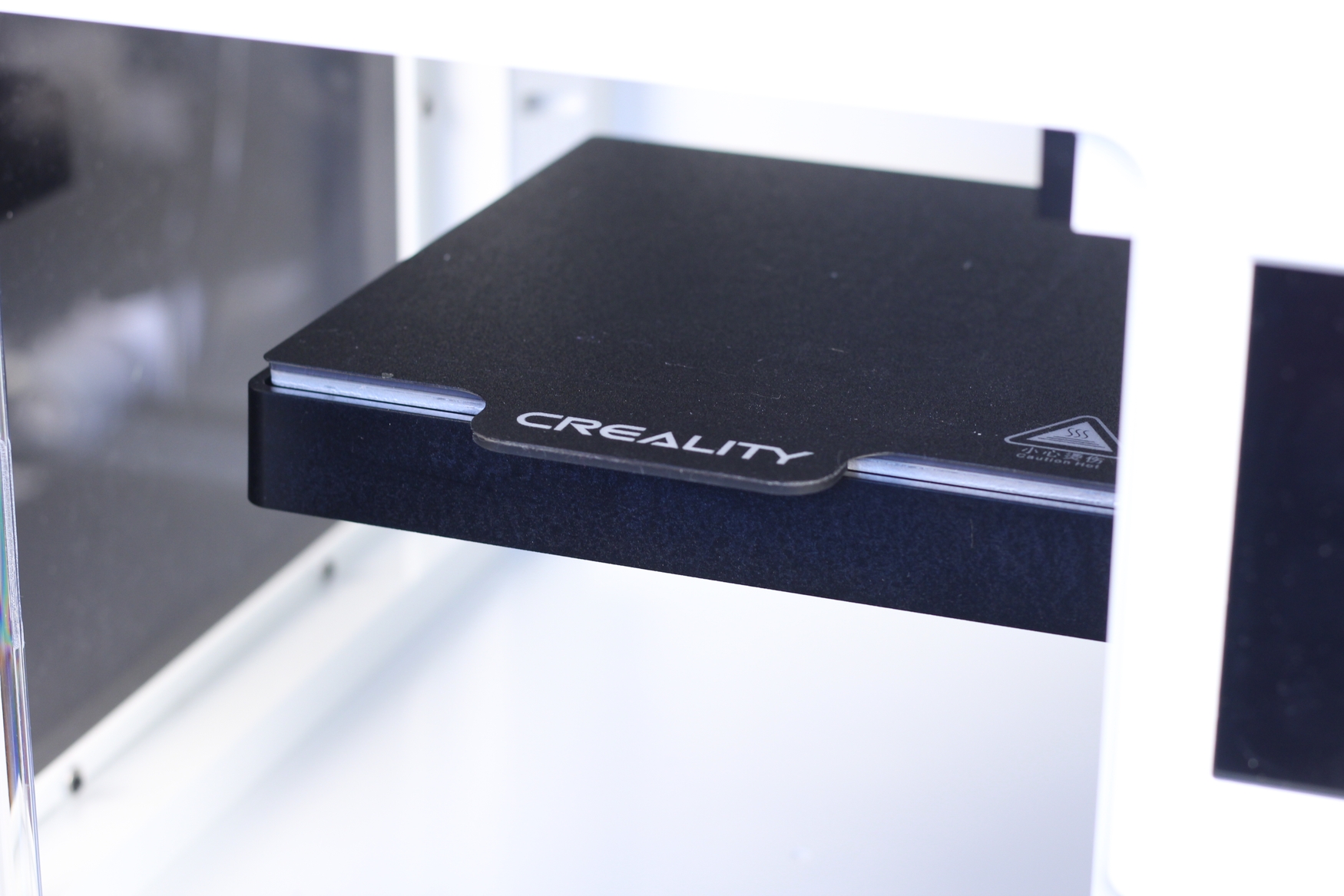
I also thought that the bed is completely fixed in place, and there was no way of manually adjusting the corners. Fortunately, the bed sits on four springs and every corner can be adjusted. Besides that, there is an assisted bed leveling feature in the menu which also gives you the option to fine-tune each corner.
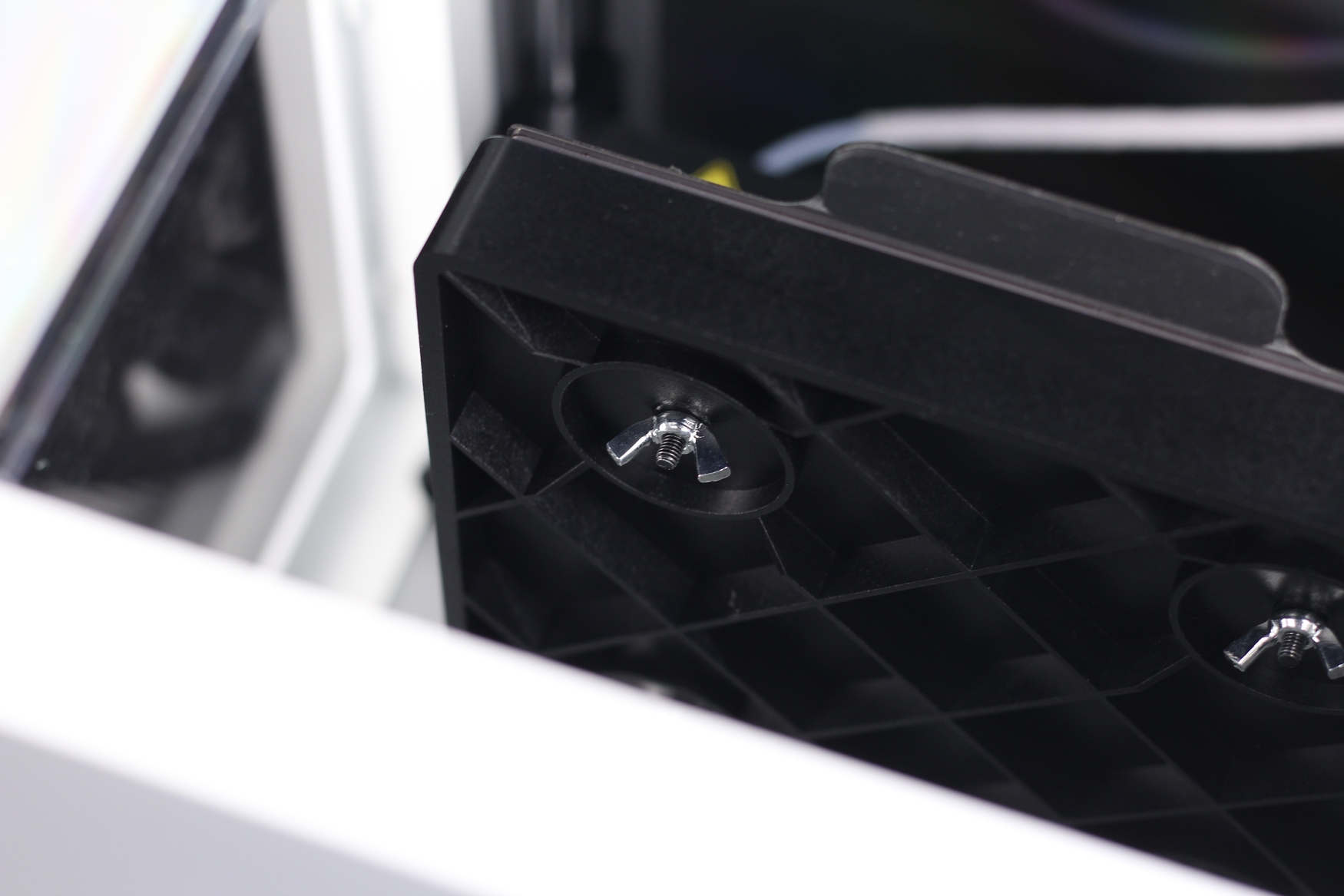
The print surface of the magnetic bed is a flexible sheet with a plastic print surface, similar to what you get on the Ender 3 S1. Adhesion is fine, as long as the Z offset is correct but don’t expect it to be great.
I also need to mention that the bed doesn’t go higher than 80C and printing ABS is not really an option with this printer, even though Creality says it’s possible. I mean, sure, you can hack your way through it and make it work, but out of the box, it doesn’t. Probably because the bed platform is made from injection-molded plastic which can get softer at higher temperatures.
4.3-inch touchscreen
The touchscreen interface is quite good, with enough options to make it useful. There are controls for the case fans and lights, easy-to-understand pictures for filament loading, and there are multiple languages to choose from.
You even get an ABS mode, but I am not sure why as this printer is not able to successfully print ABS.
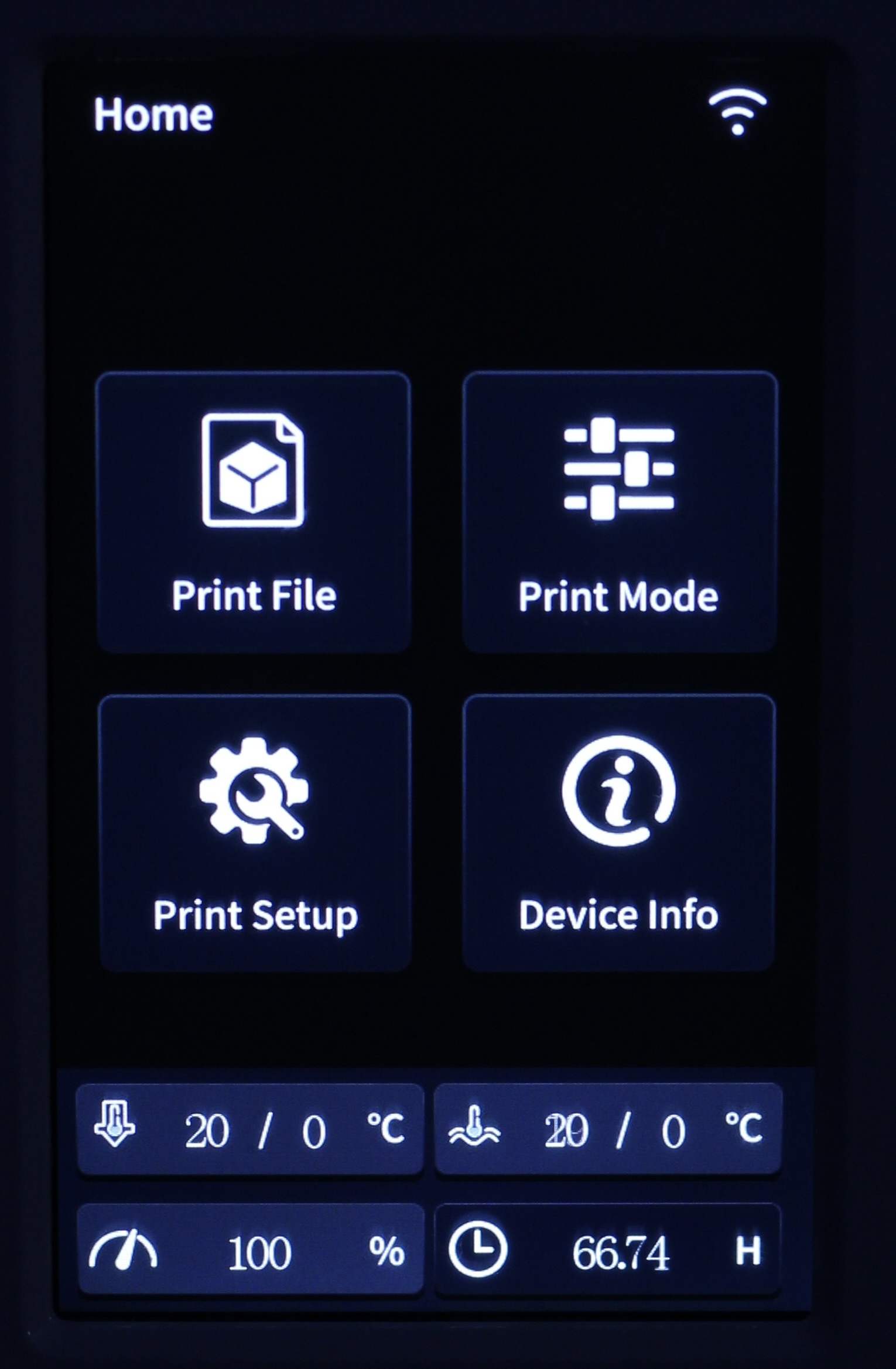
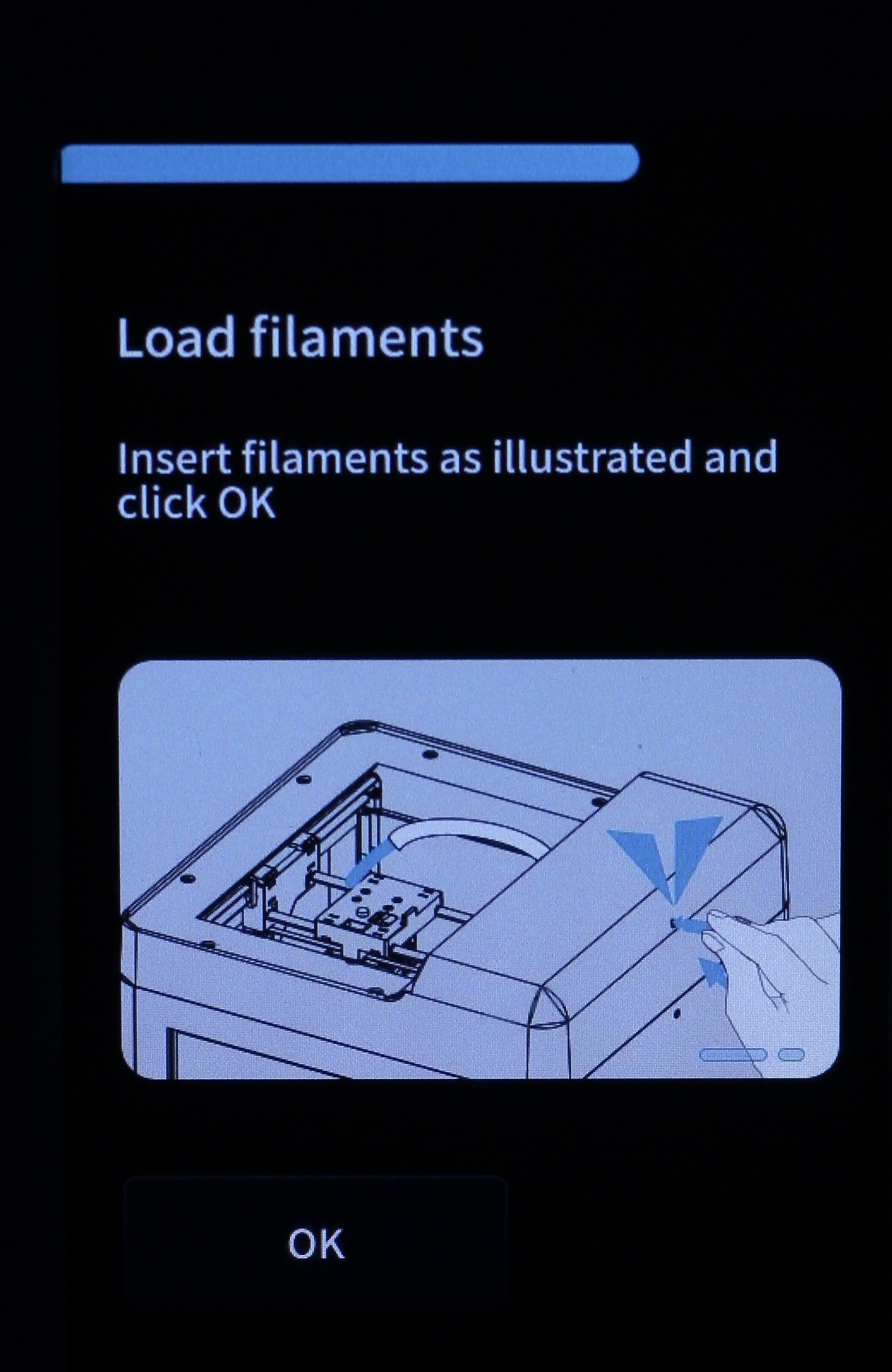
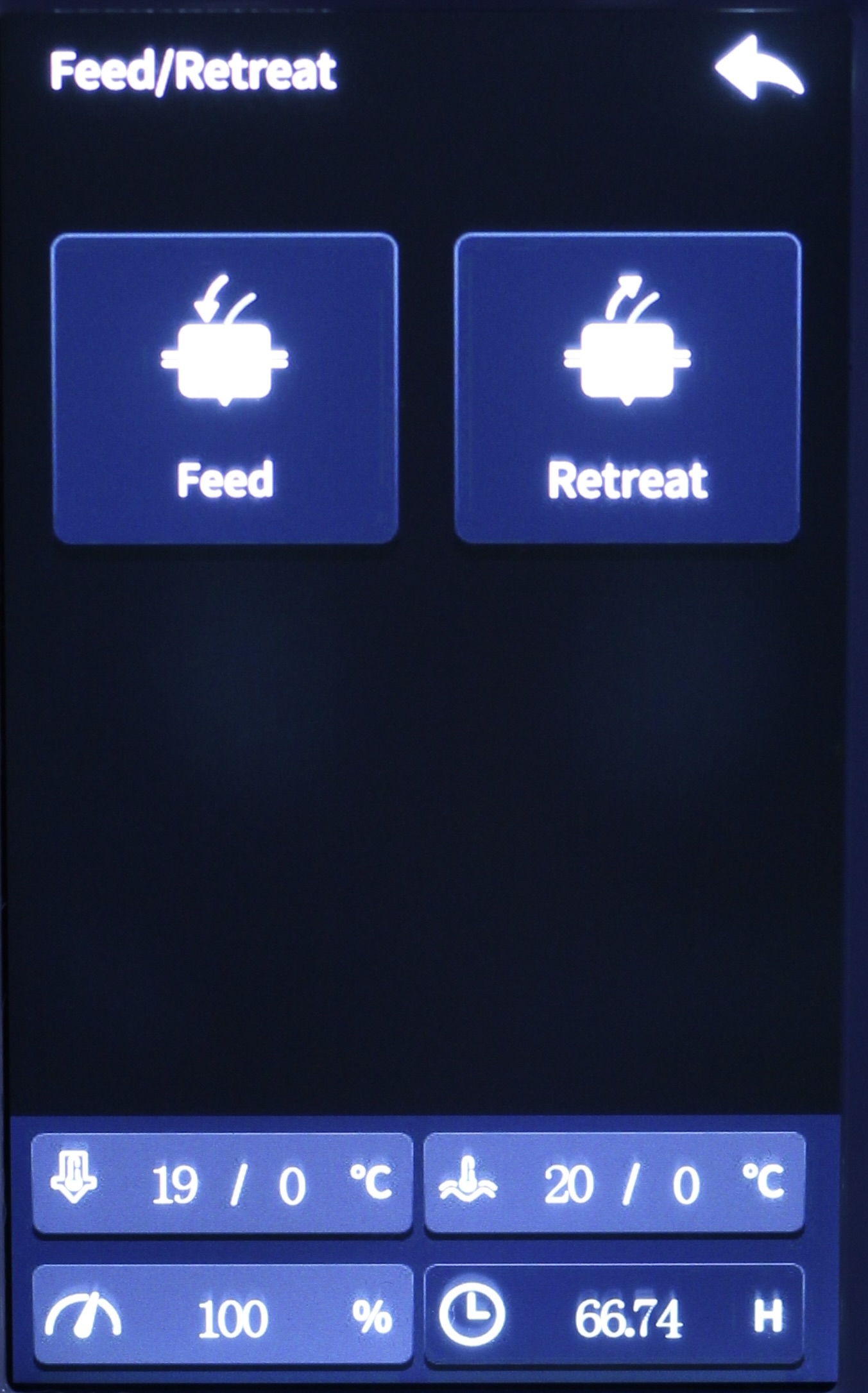
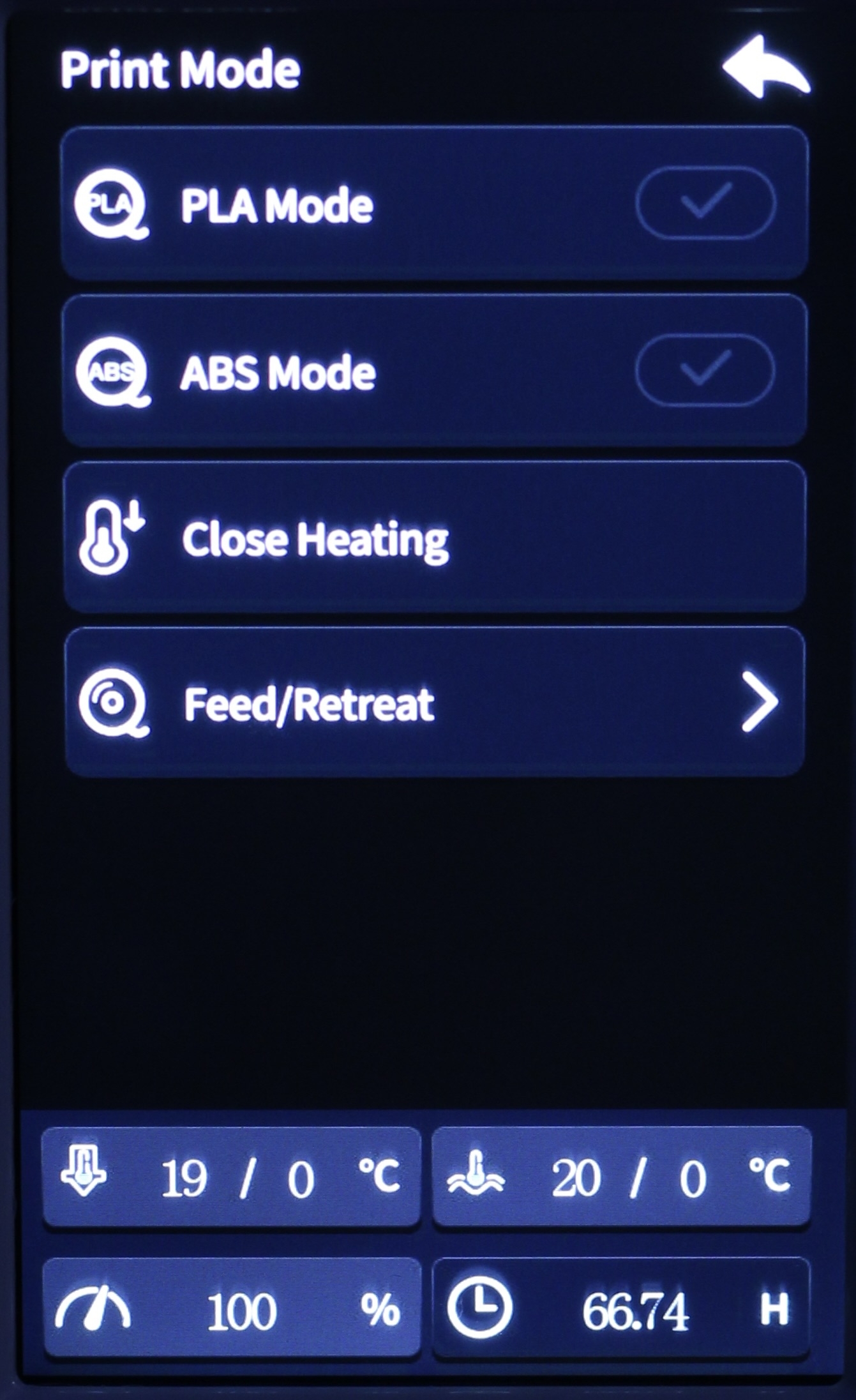
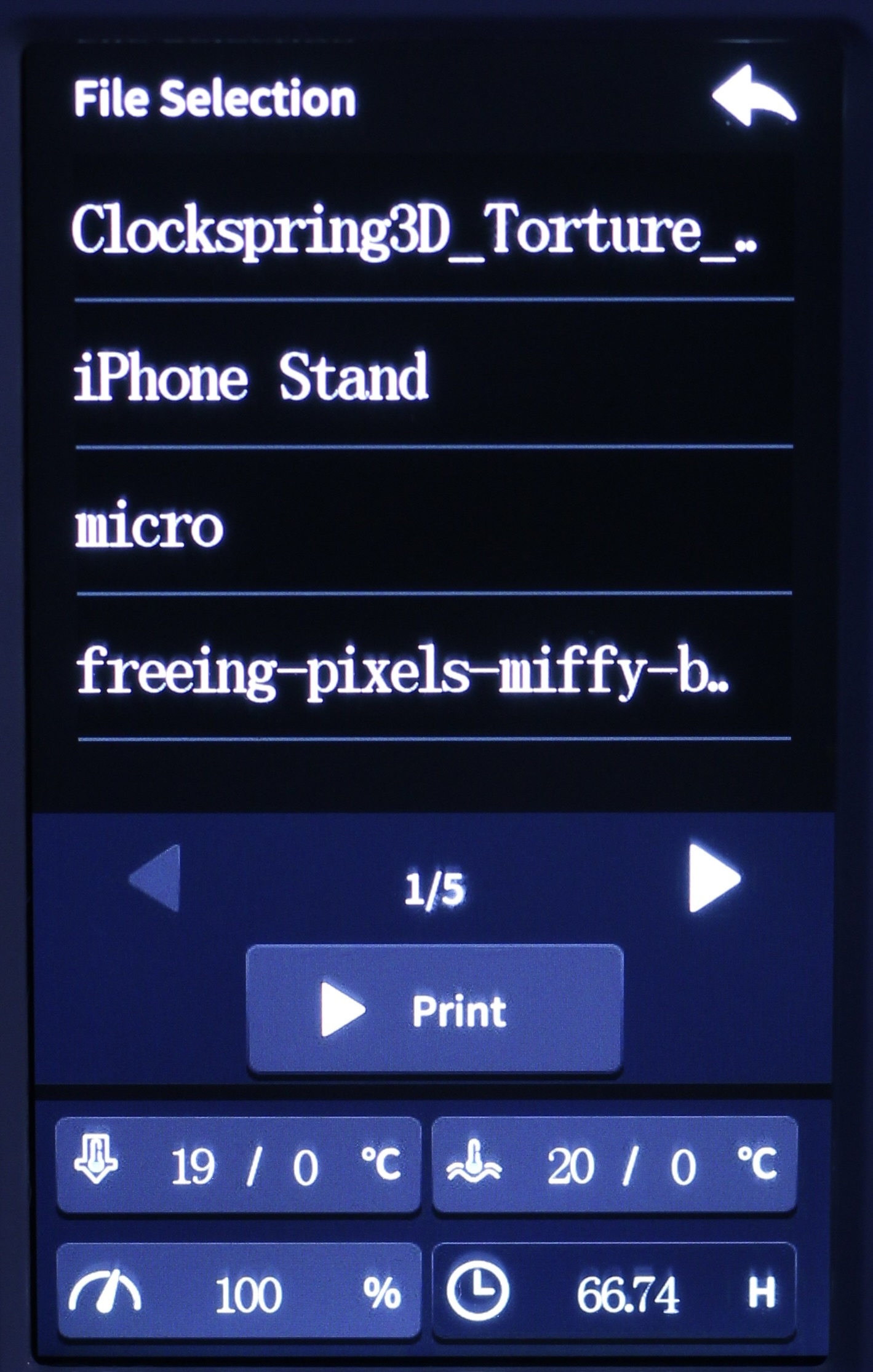
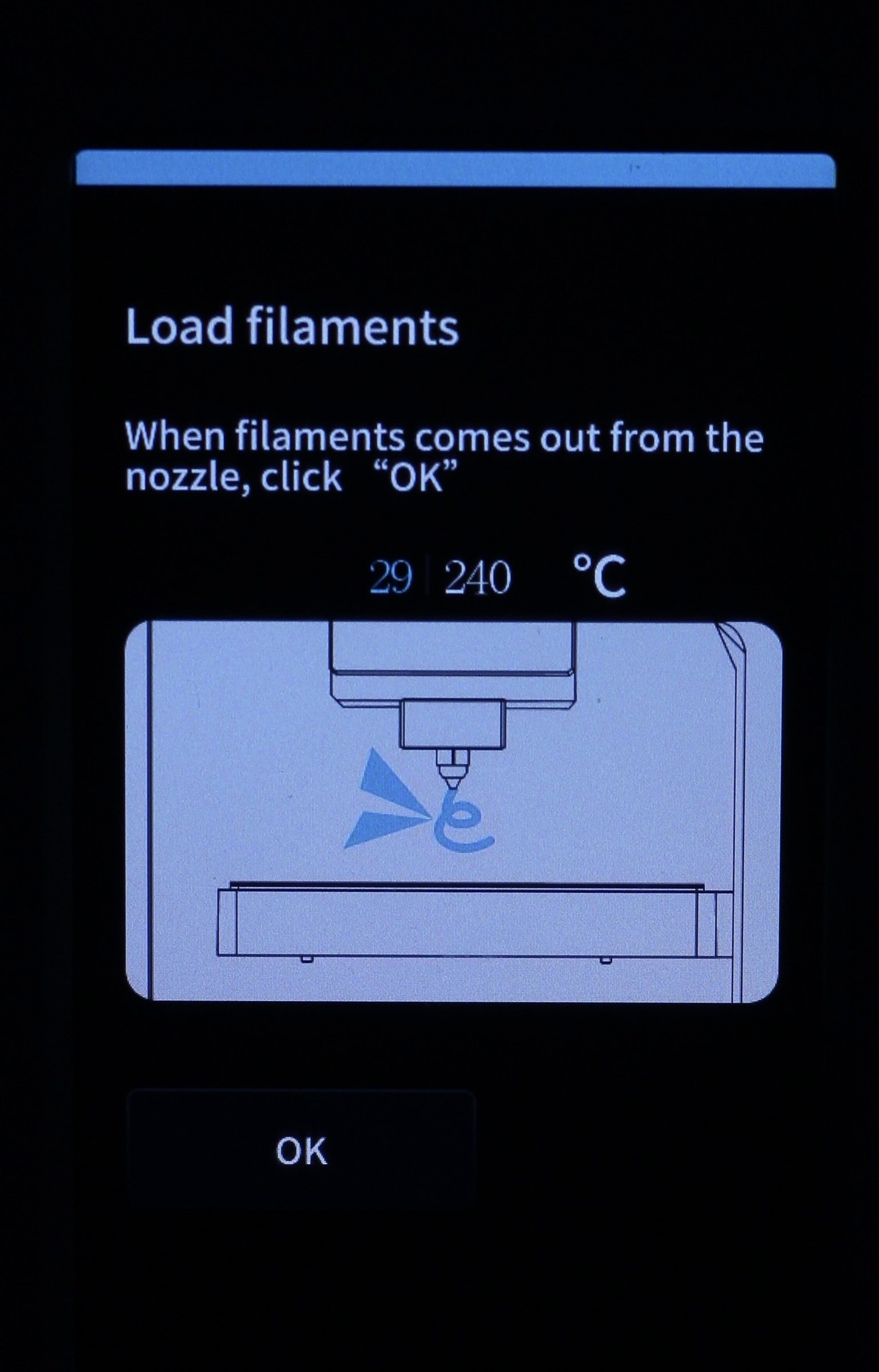
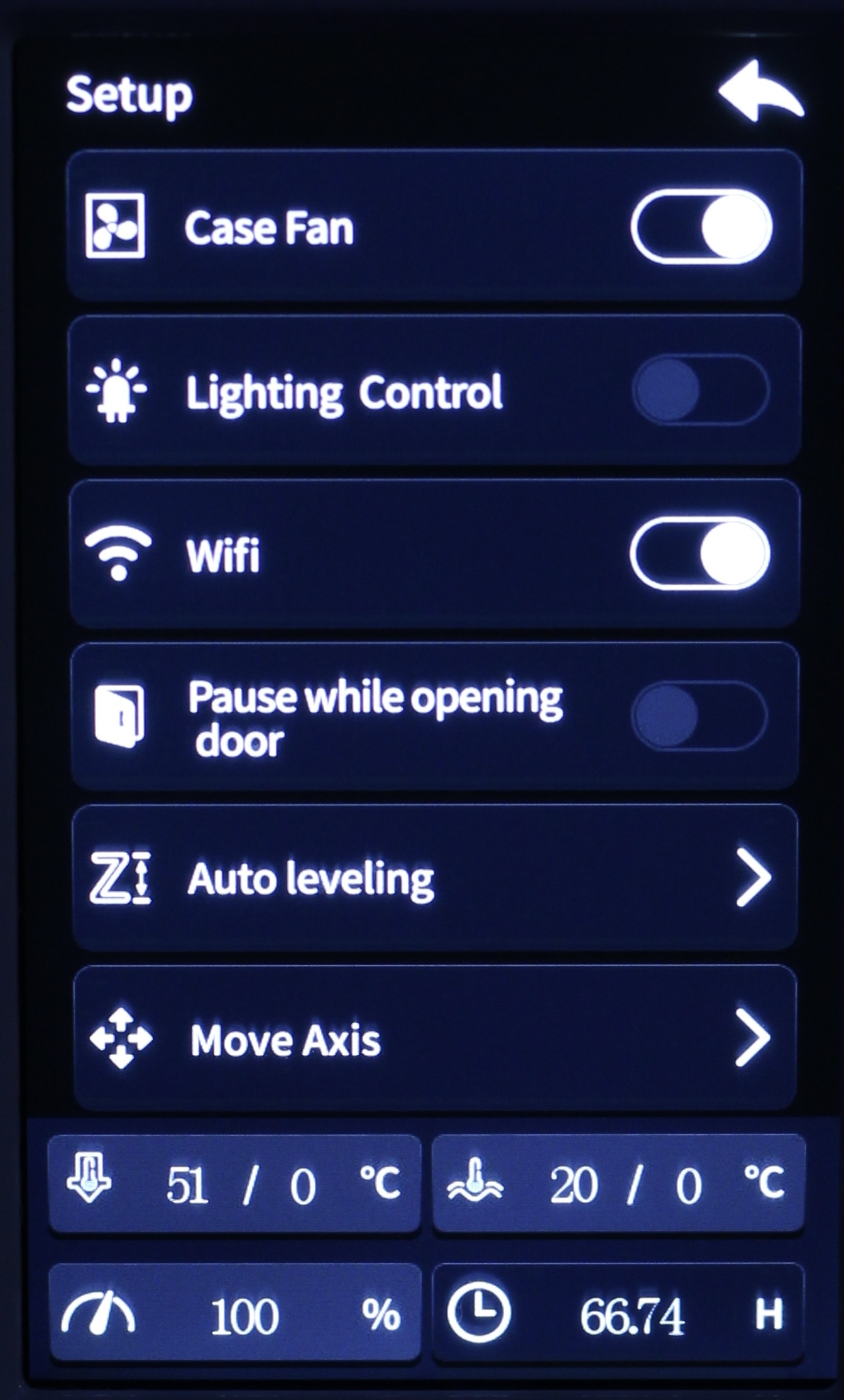
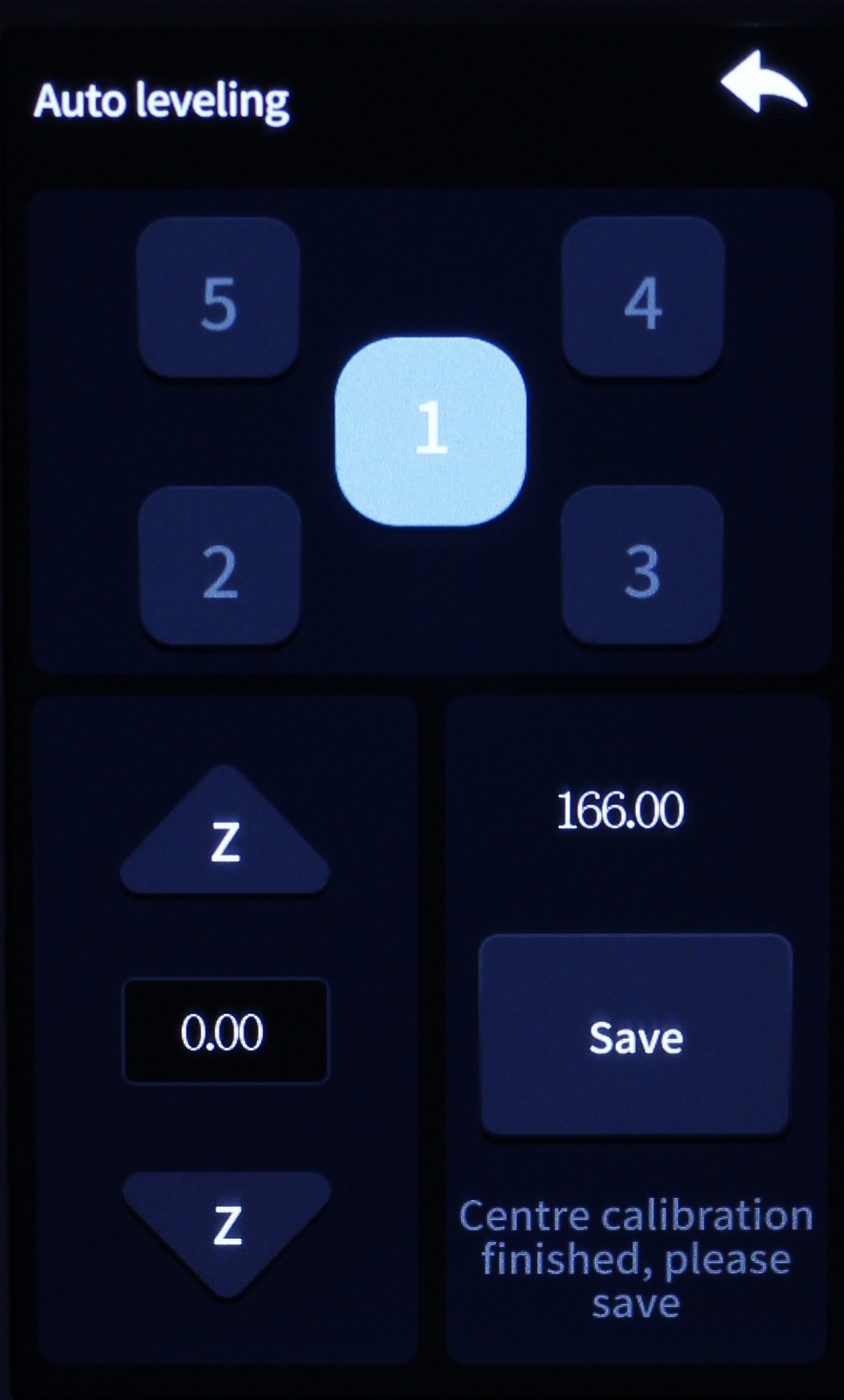
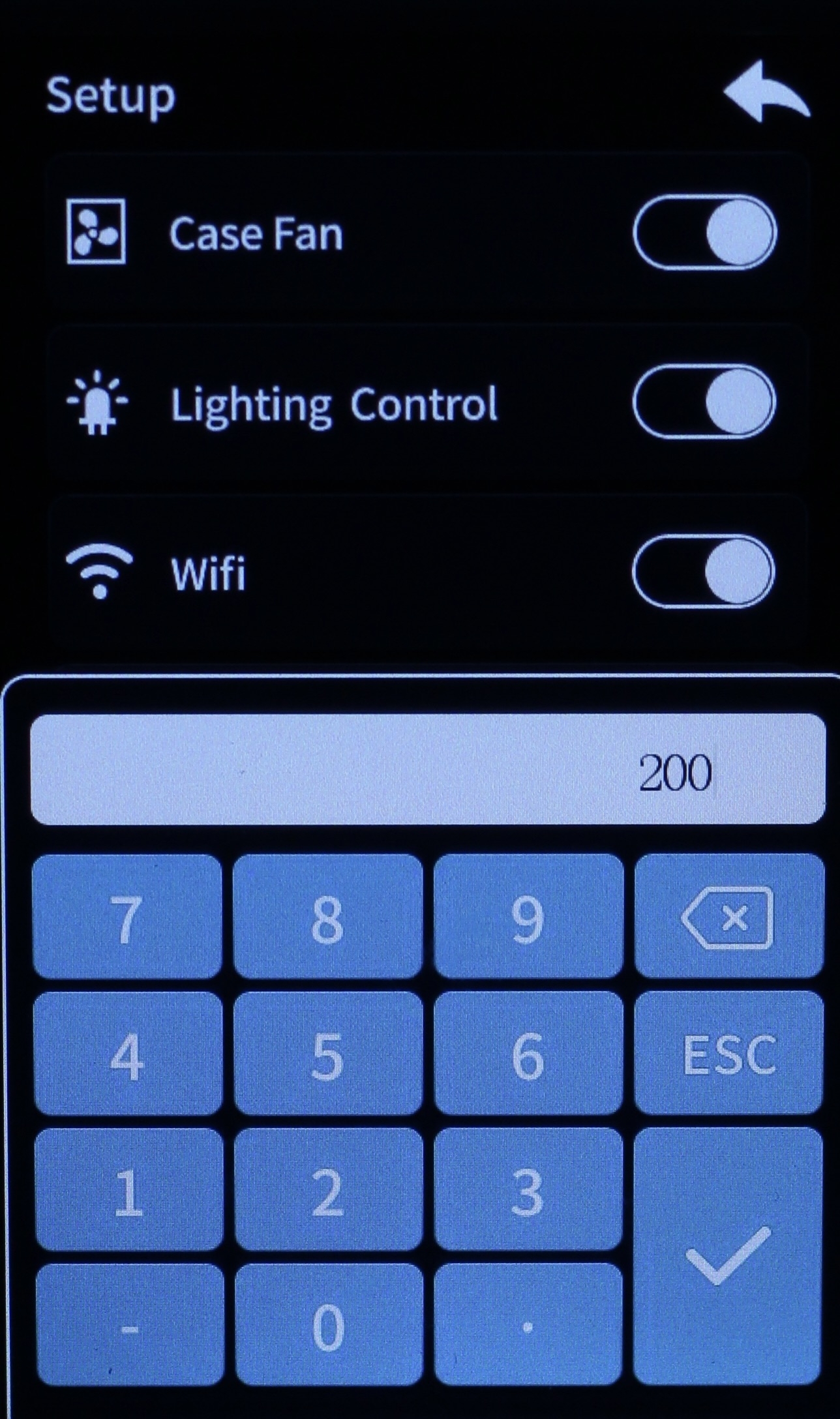
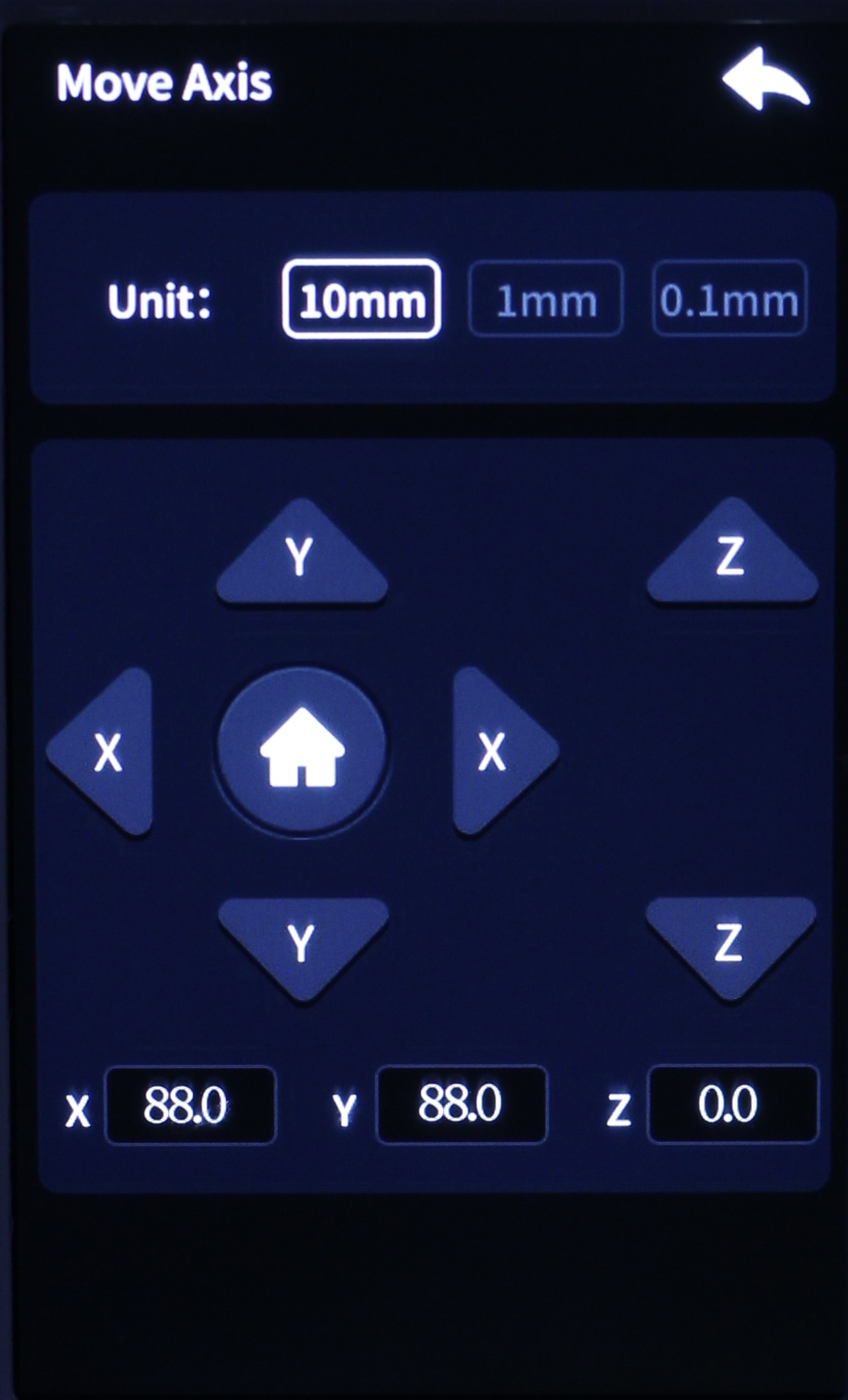
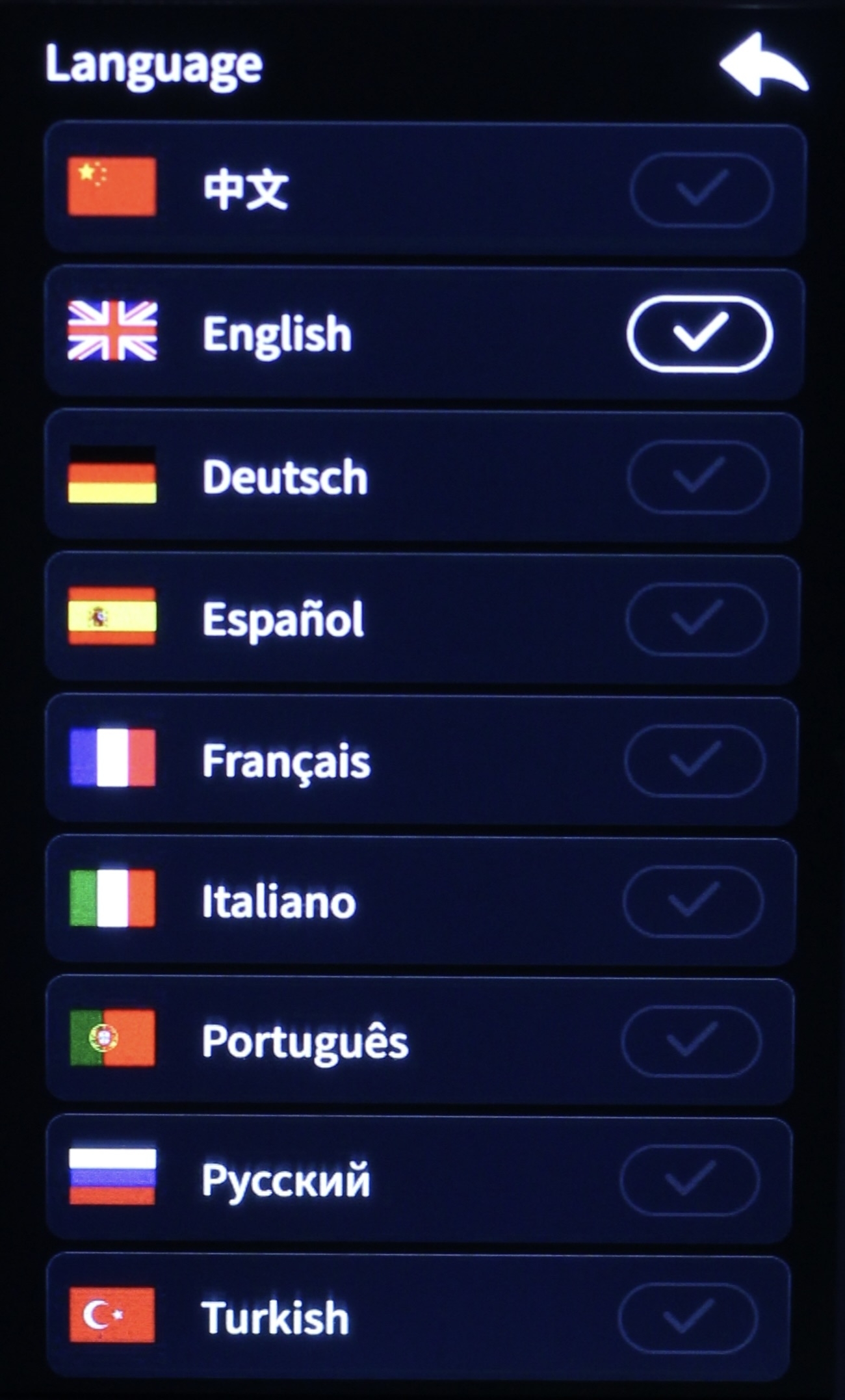
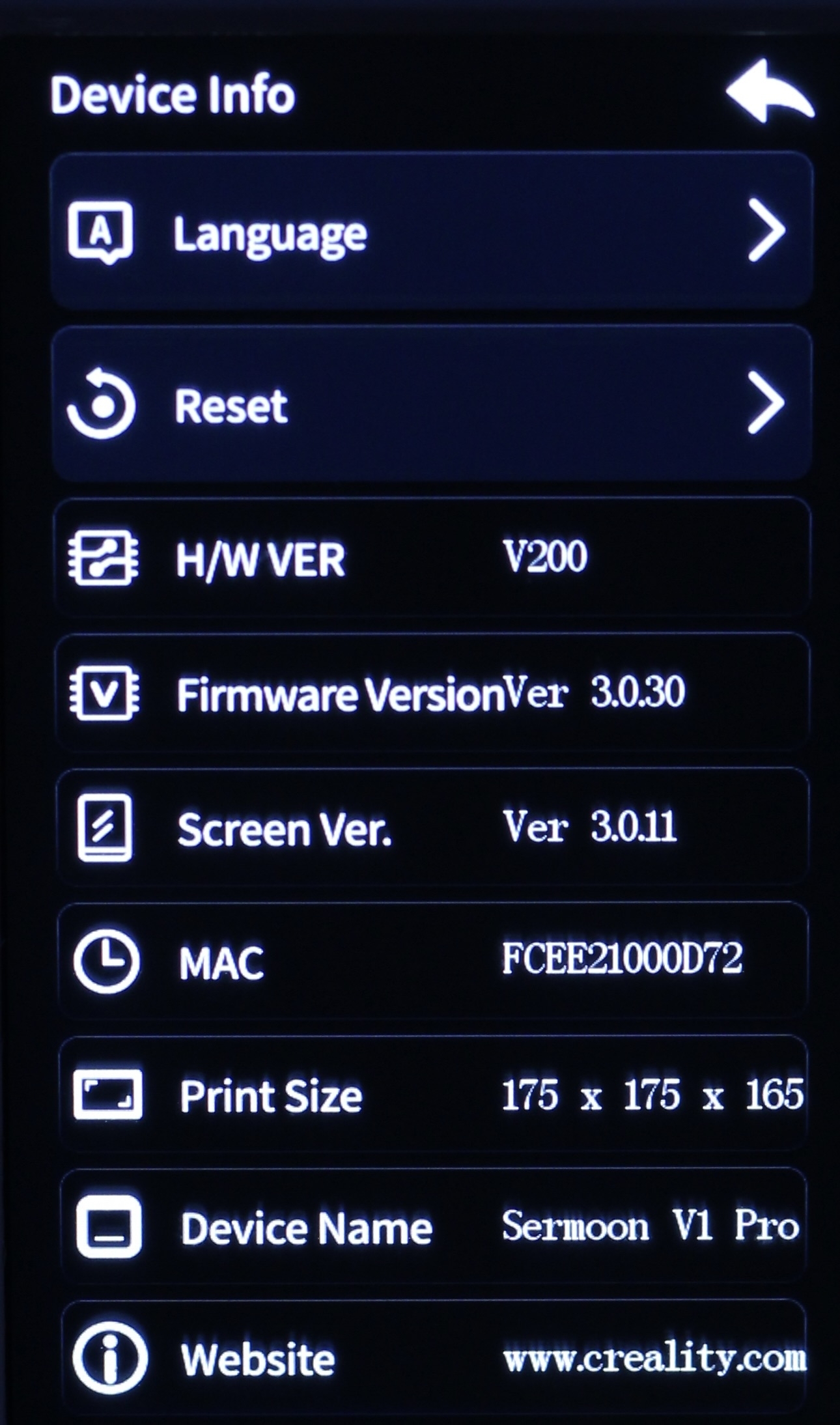
Remote control via Creality Cloud
Remote control is one of the main selling features of the Sermoon V1 Pro, and this is made through the Creality Cloud app which is available on Android and iOS.
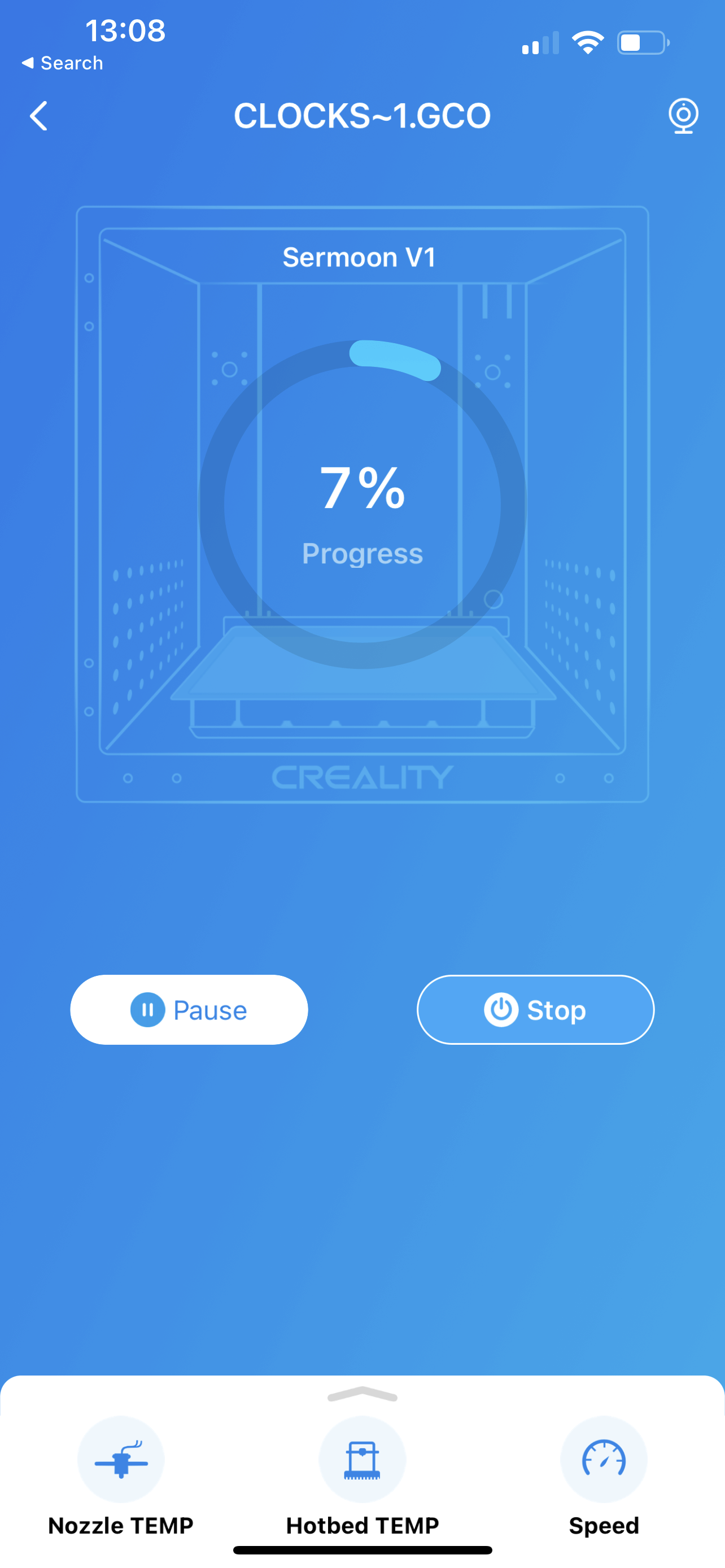
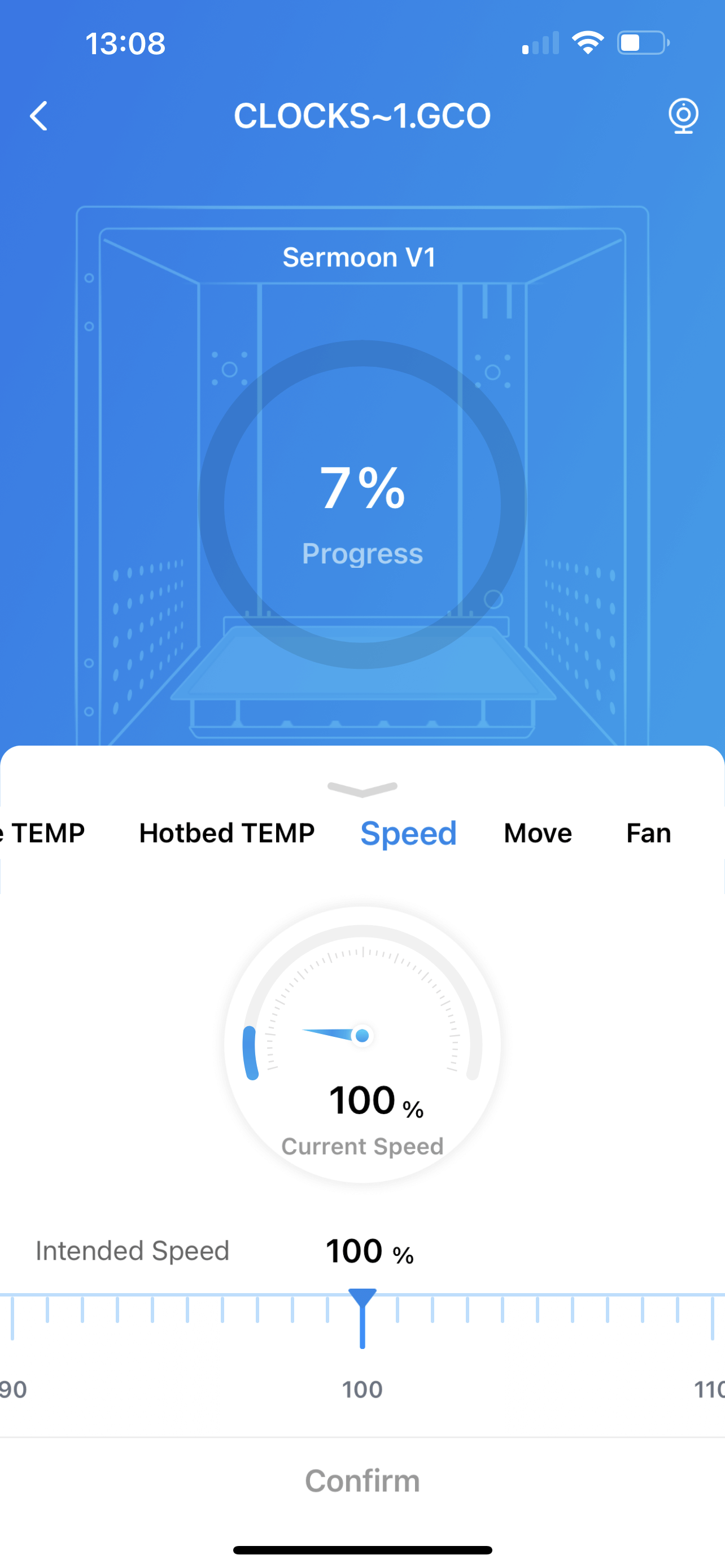
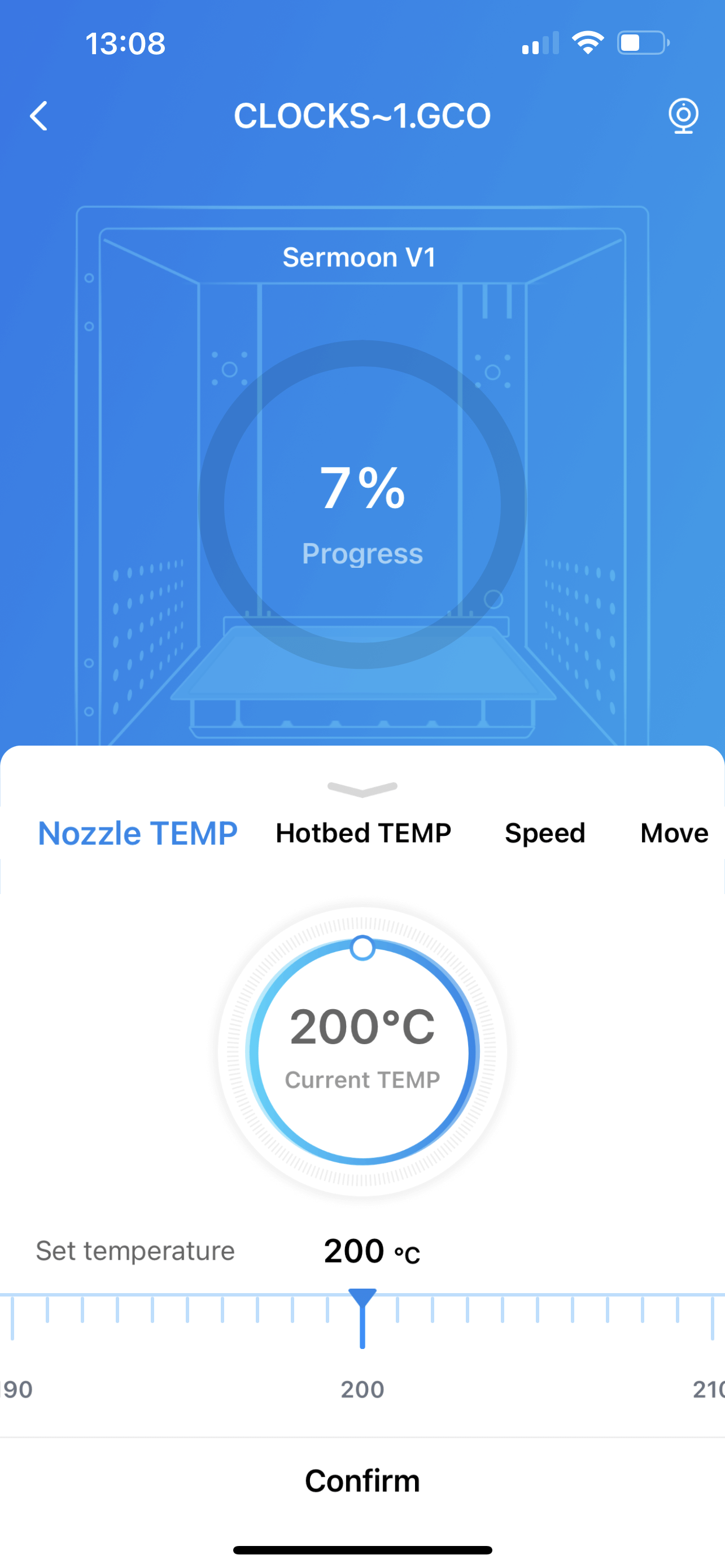
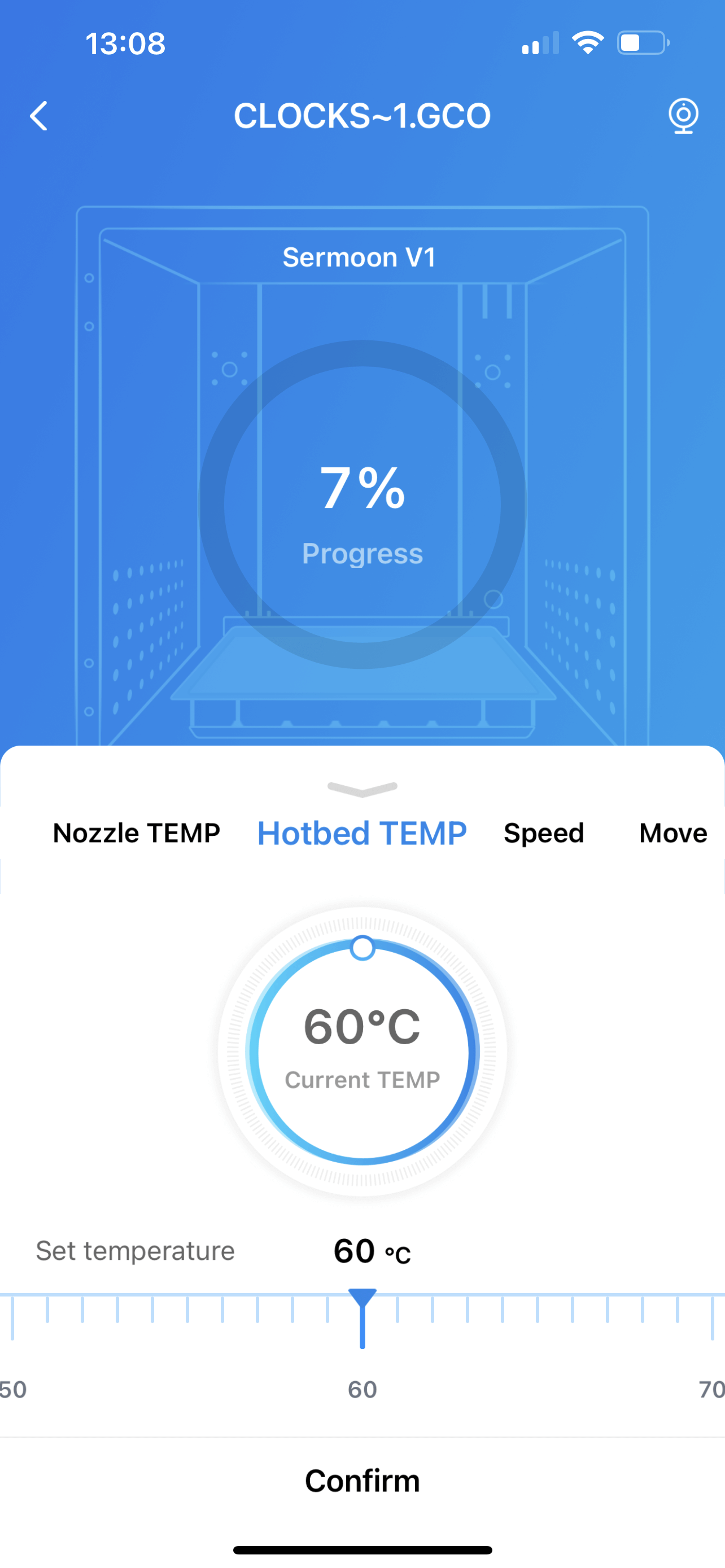
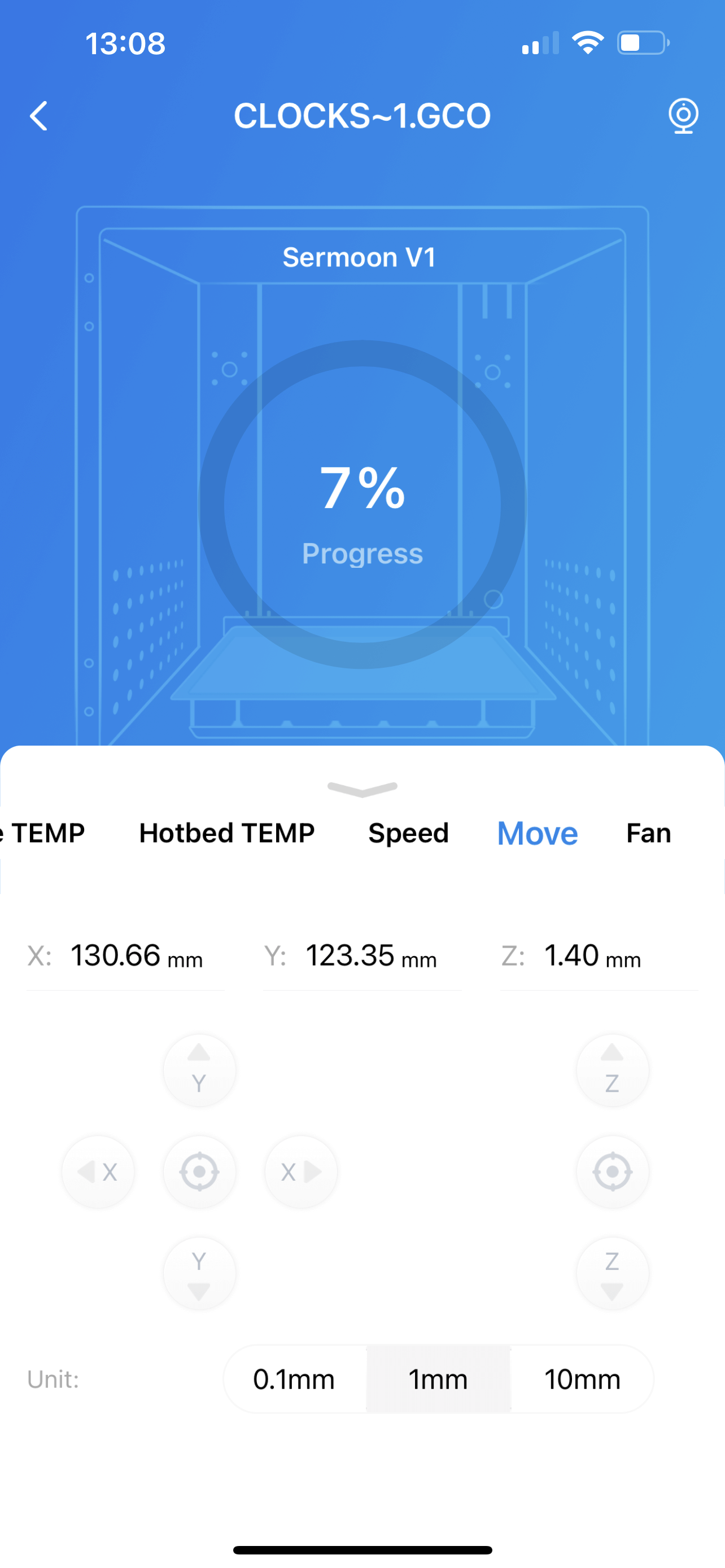
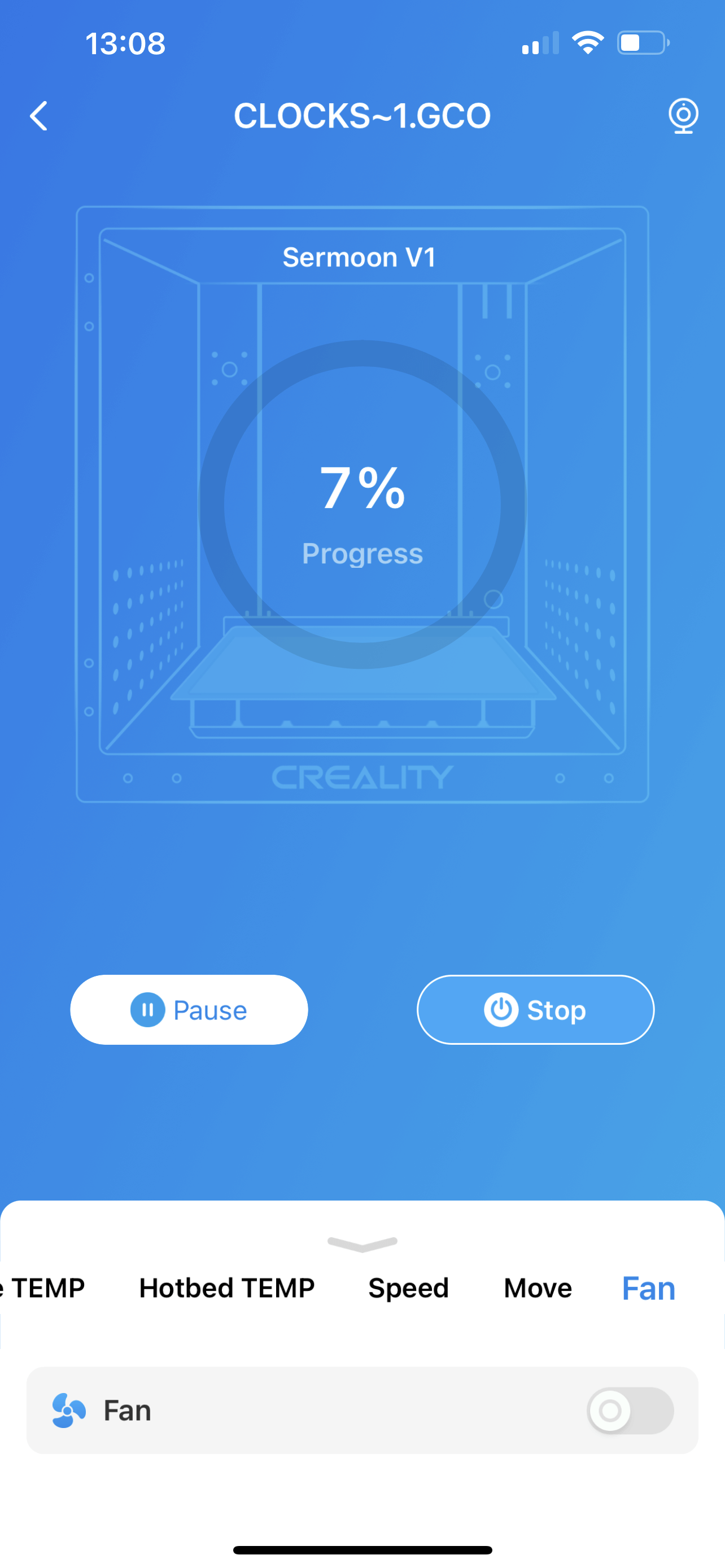
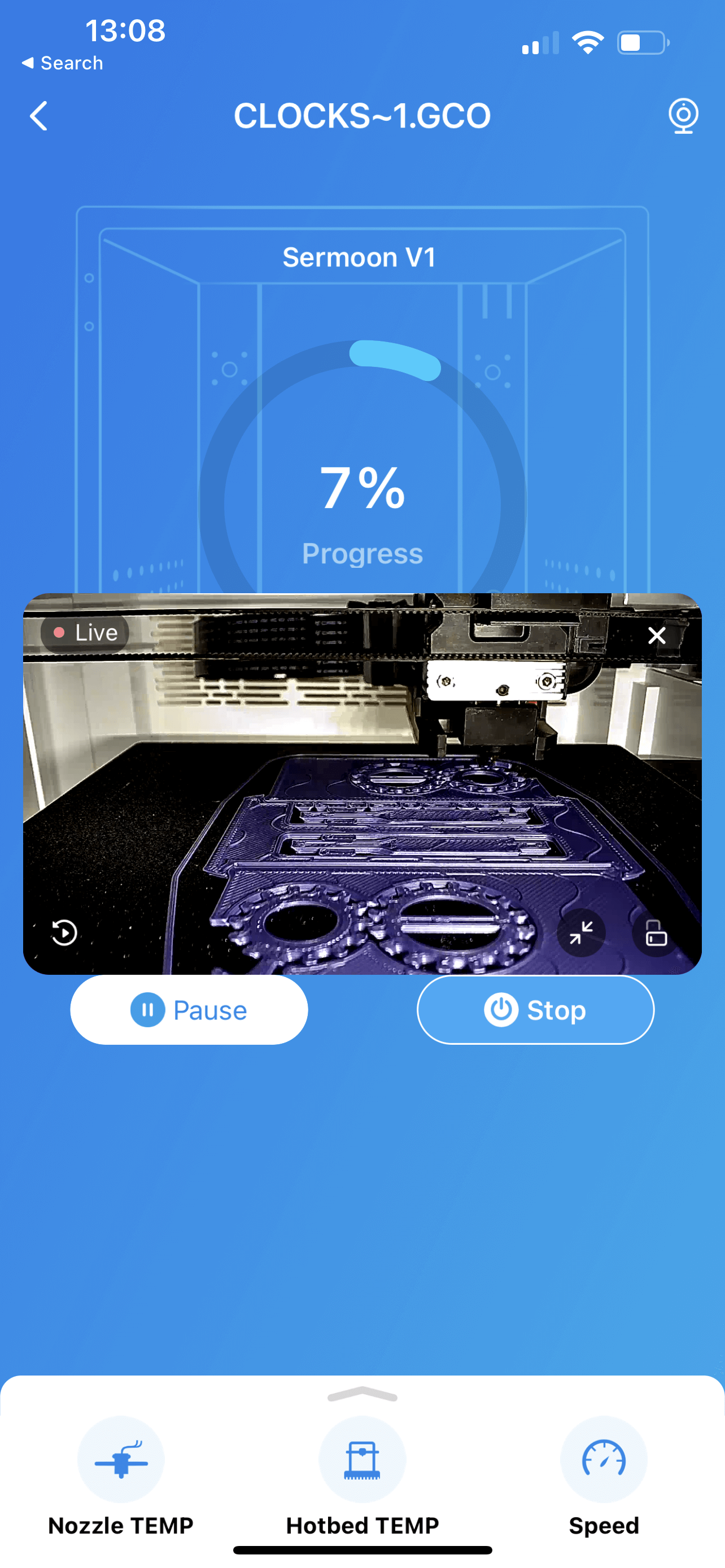
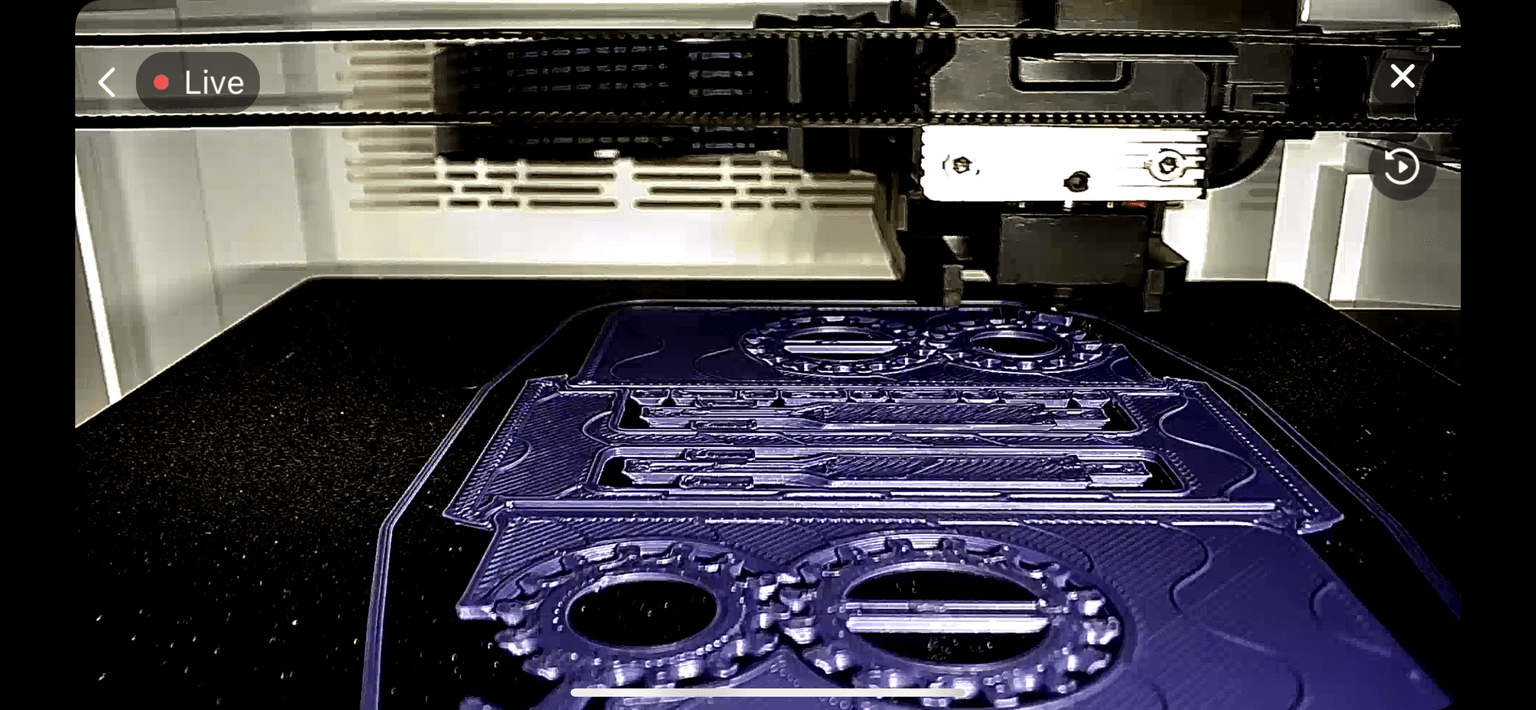
Trought Creality Cloud, you can also get access to models which can be sliced right from your phone. But there are a lot of stolen models uploaded on that service, and the company doesn’t seem to care a lot about this. So for that reason, I won’t support the use of Creality Cloud until they solve the issue and do what’s right.
You can also get a live video feed from the printer, through the webcam which comes installed on the Sermoon V1 Pro, but the video quality is not that good. At most, you can use the camera to check if the model is printing fine, or if it failed. But don’t expect any quality time-lapses or other fancy functionality.
Heating time and power consumption
I tested the heating time for both hotend and heat bed and here are the results:
Hotend
- 200C in 1 minute and 15 seconds
- 250C in 1 minute and 45 seconds
Heatbed
- 60C in 4 minutes
- 80C in 7 minutes and 25 seconds
Power Draw.
Idle power draw is around 15W. When the hotend and heatbed are heating up, the Creality Sermoon V1 Pro draws around 165W. After it starts printing, the power draw stabilizes to around 50W.
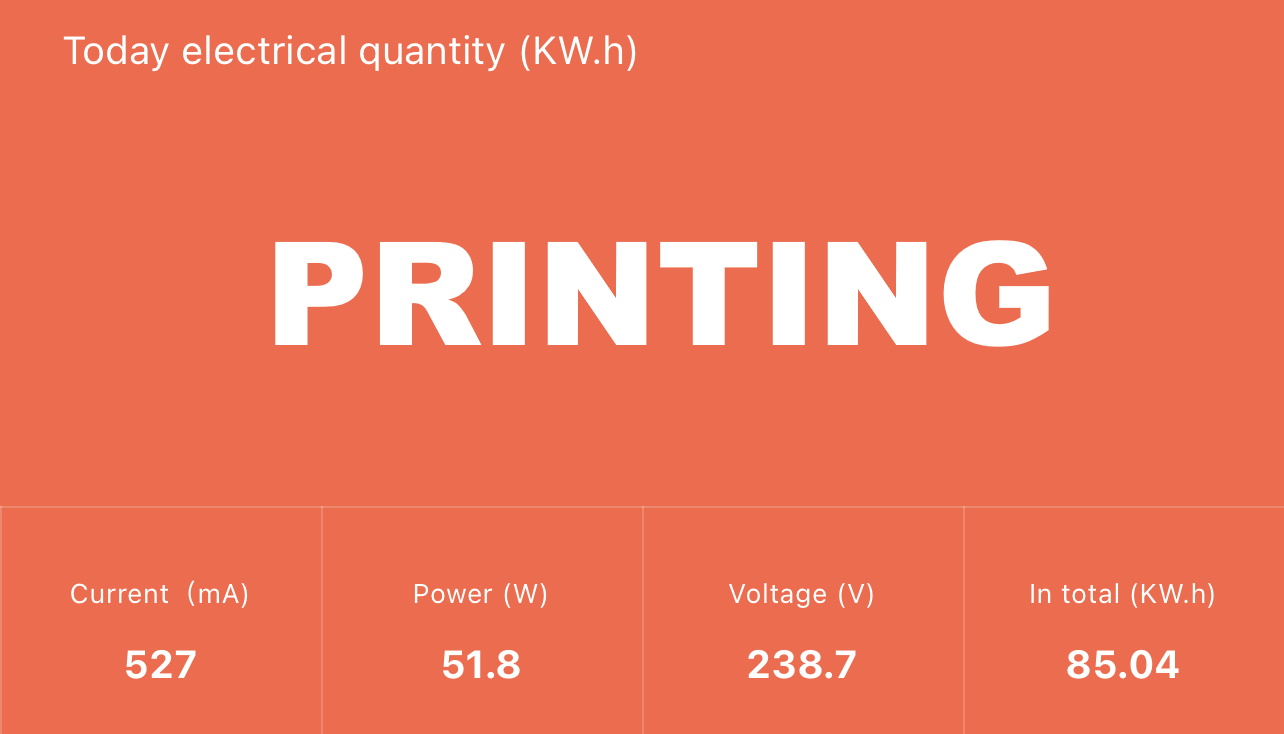
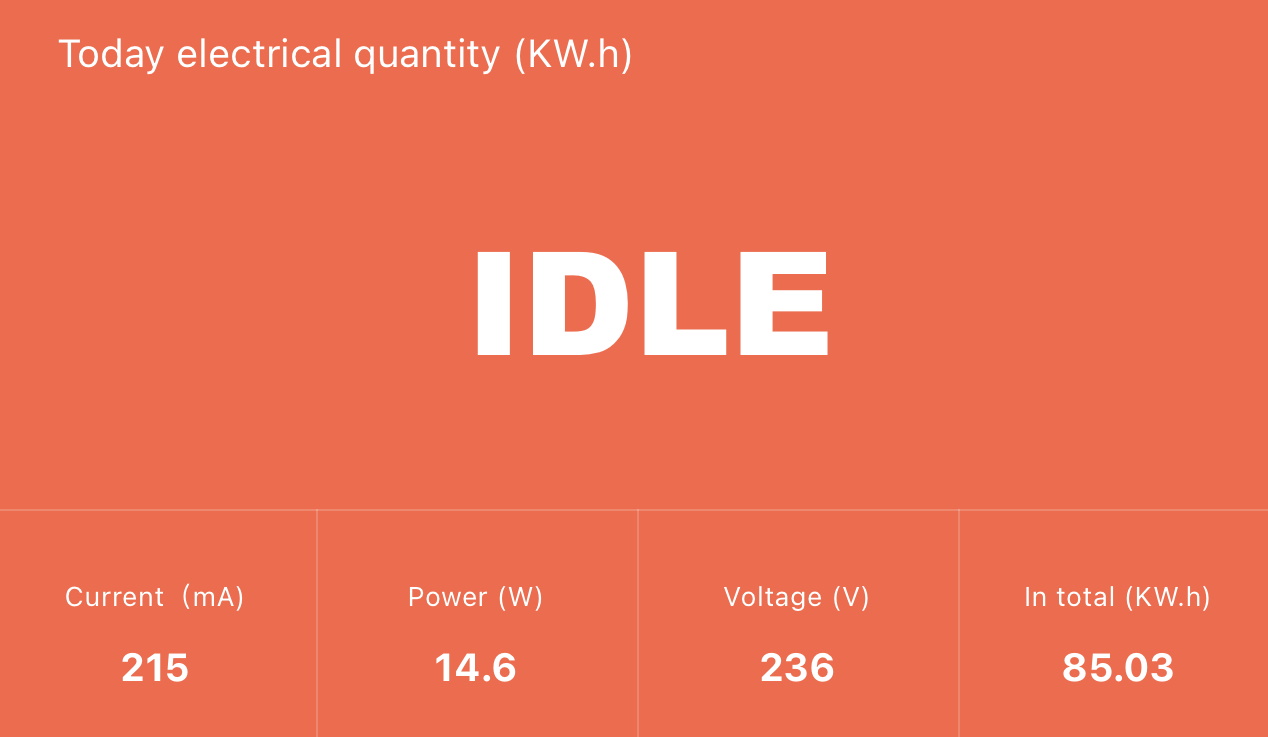
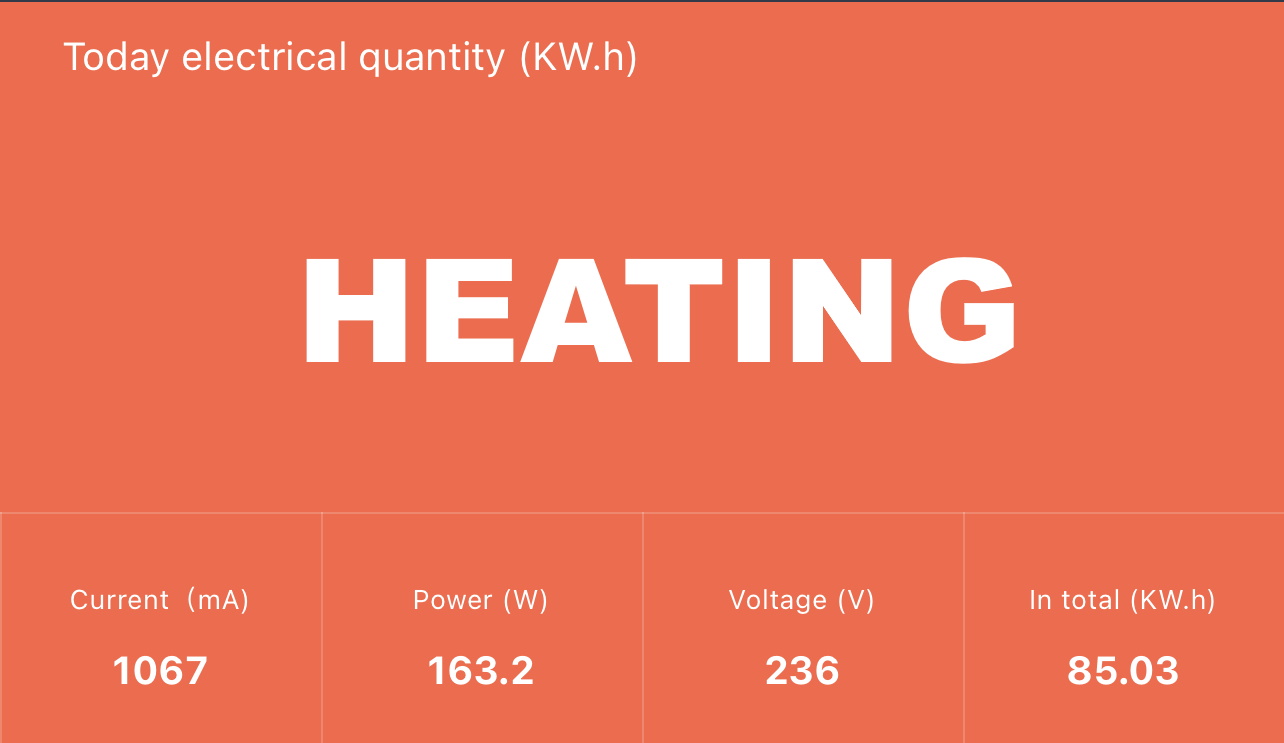
All these measurements were taken with a Blitzwolf smart power socket which indicates the power draw, and it can also be used for remotely powering on and off the printer.
Bed temperature uniformity
I tested the temperature uniformity for the Creality Sermoon V1 Pro bed with the FLIR Camera installed on the CAT S62 Pro. The bed has been set to 60C and I waited 2 minutes for the temperature to stabilize.
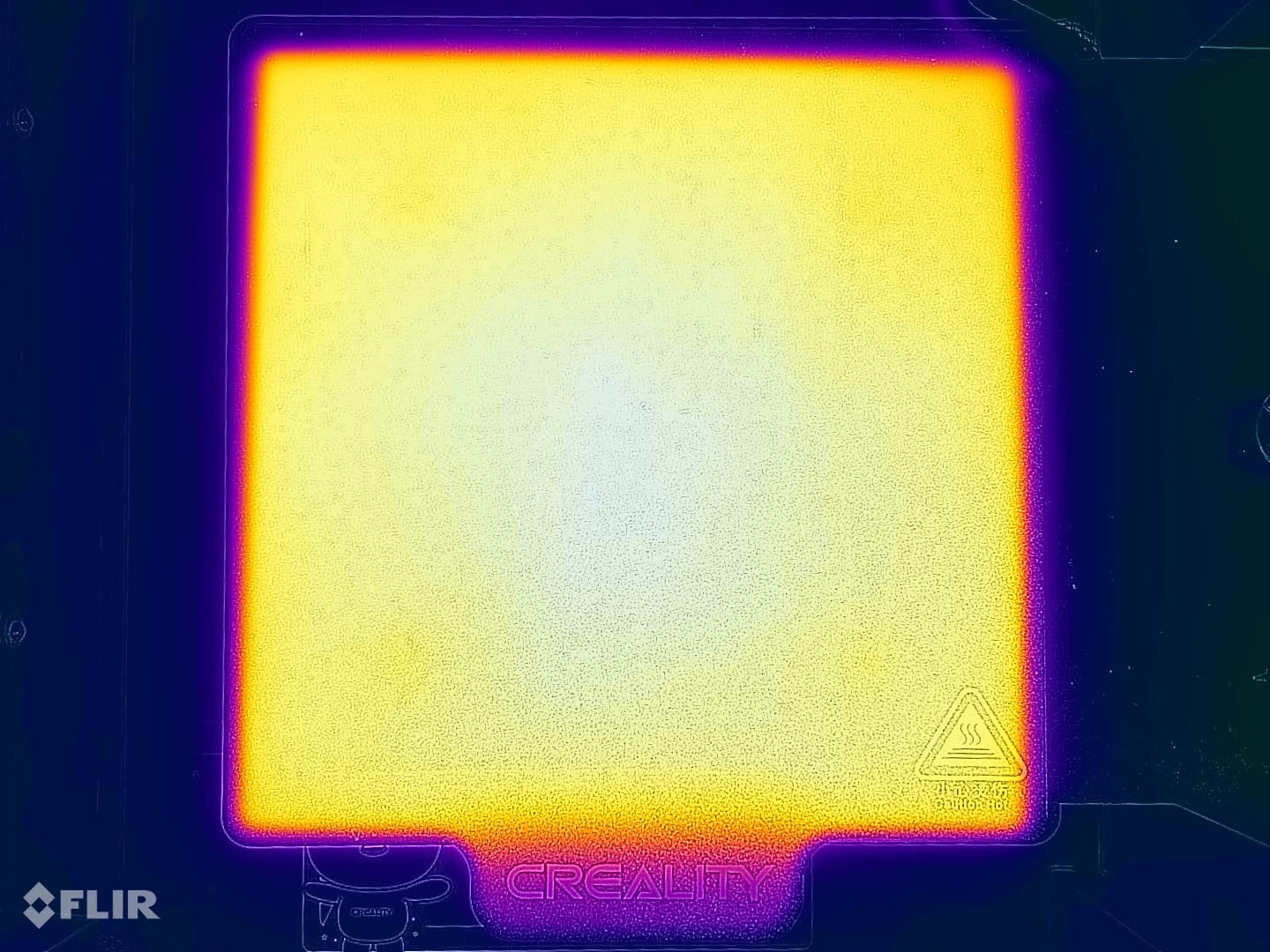
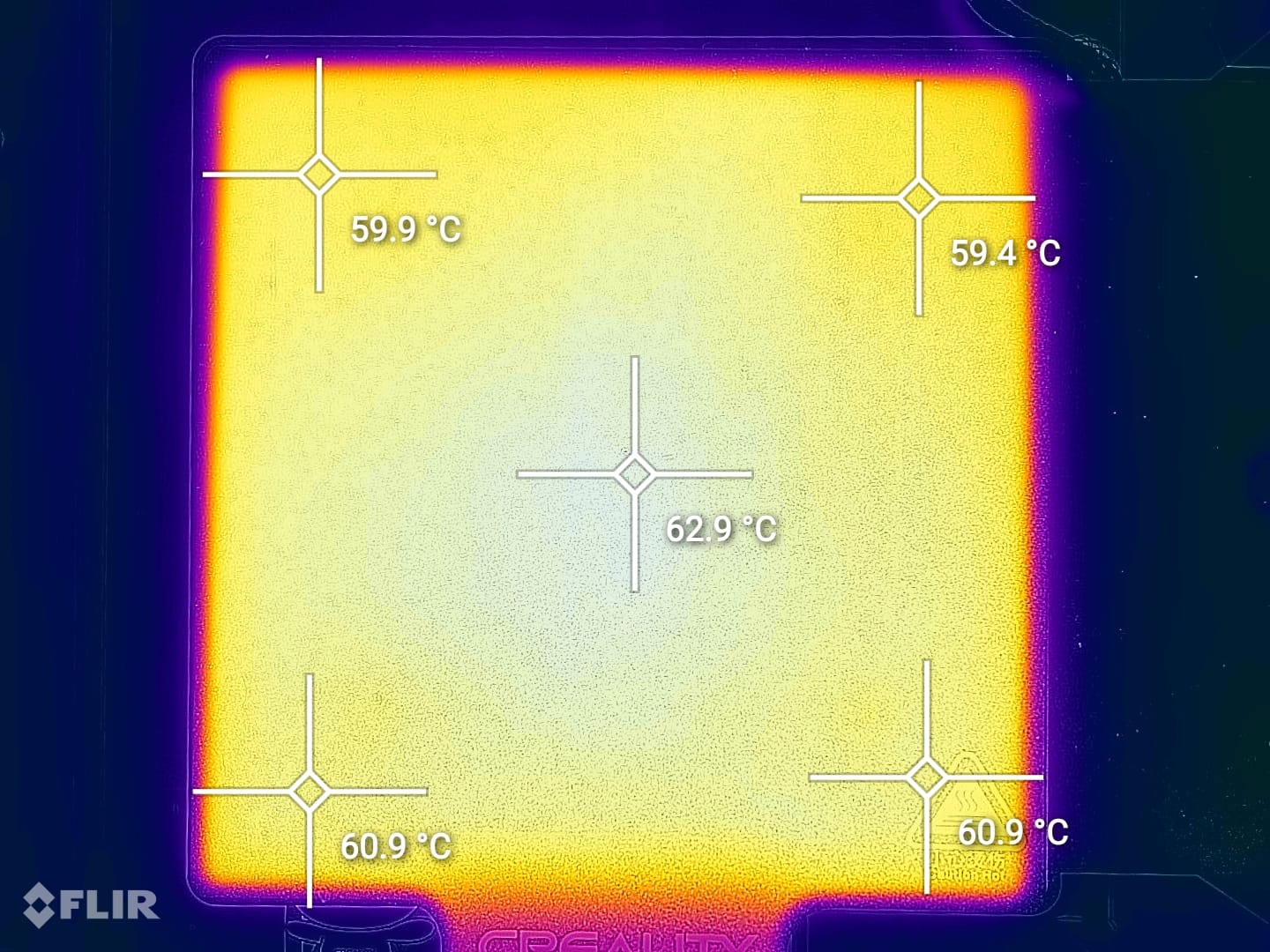
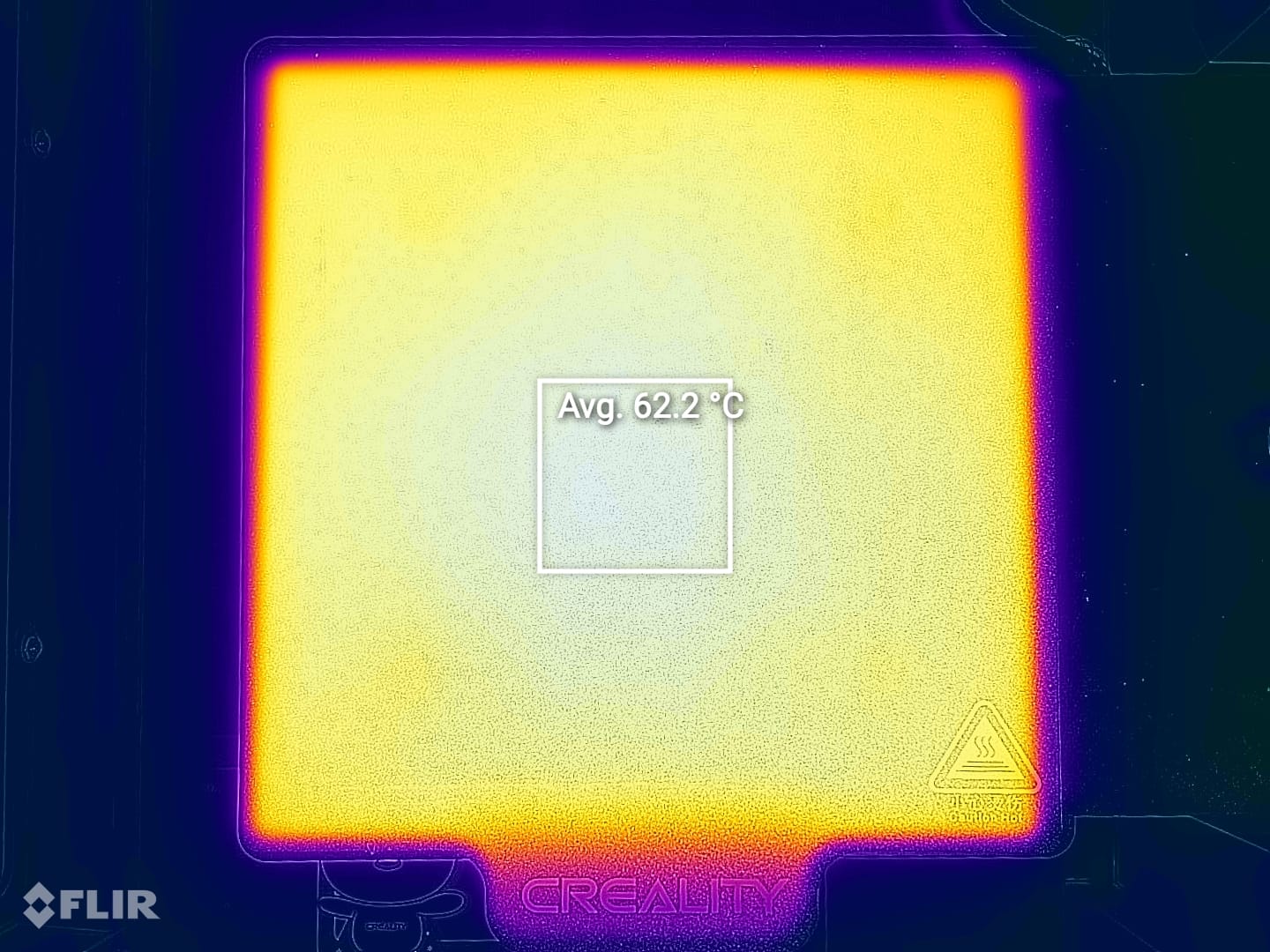
The temperature uniformity is good, as you might expect from such a small heated bed. Every portion of the bed is evenly heated which is nice to see.
Creality Sermoon V1 Pro Noise Levels
Creality tells us that the Sermoon V1 Pro uses silent fans and the noise level is under 45dB. This might be silent according to their standards and compared with other machines they build, but I don’t agree with that statement.
The Sermoon V1 Pro fans can be easily heard and have a high-pitched whine. I can’t really consider it a silent printer.
IdeaMaker and Prusa Slicer profiles for Creality Sermoon V1 Pro
During my time with the Creality Sermoon V1 Pro, I tuned a few Prusa Slicer profiles. These profiles are made for the stock printer and are available to my Patreon supporters, but please don’t expect these to be a magical fix for any of your 3D printing issues. Other profiles will be added over time, and current profiles might be updated.
As usual, the flow rate will still need to be calibrated, according to your filament, and hardware problems need to be addressed for consistent results.
Test prints on Creality Sermoon V1 Pro
Astronaut on the moon
This model was included as a pre-sliced file on the SD card. The print quality is pretty great for a pre-sliced model, but the supports were hard to remove and the print took quite a long time.
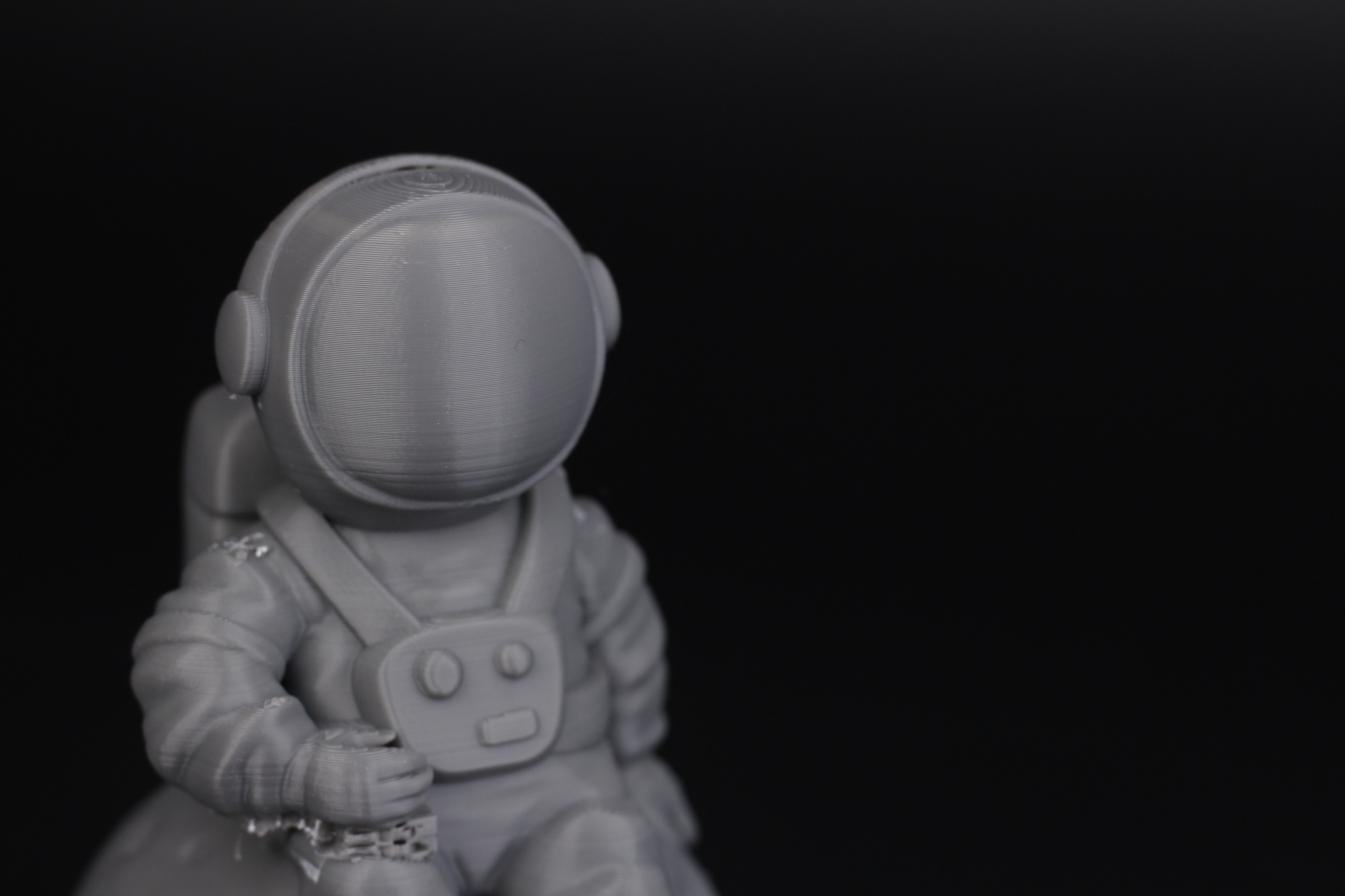
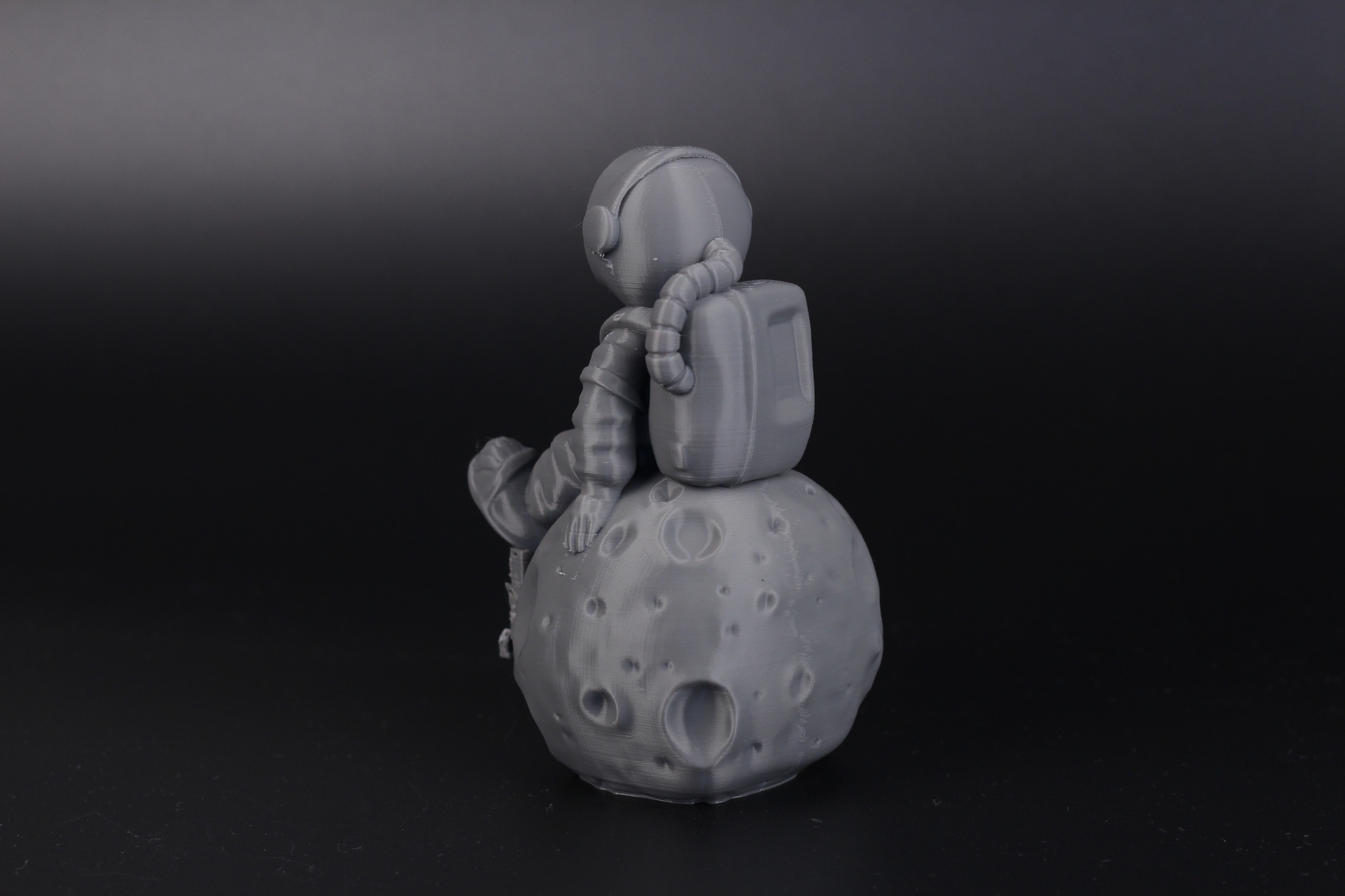
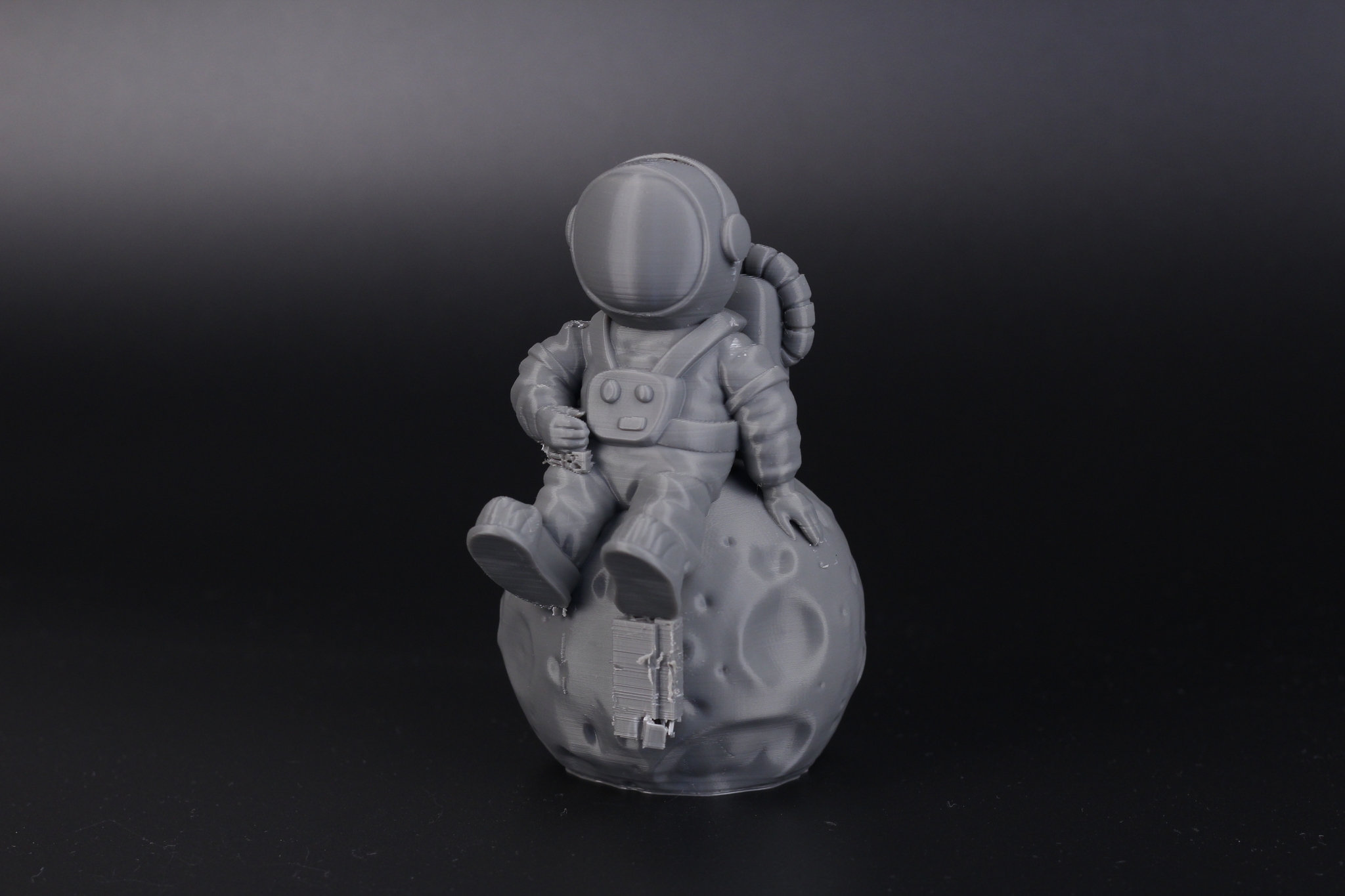

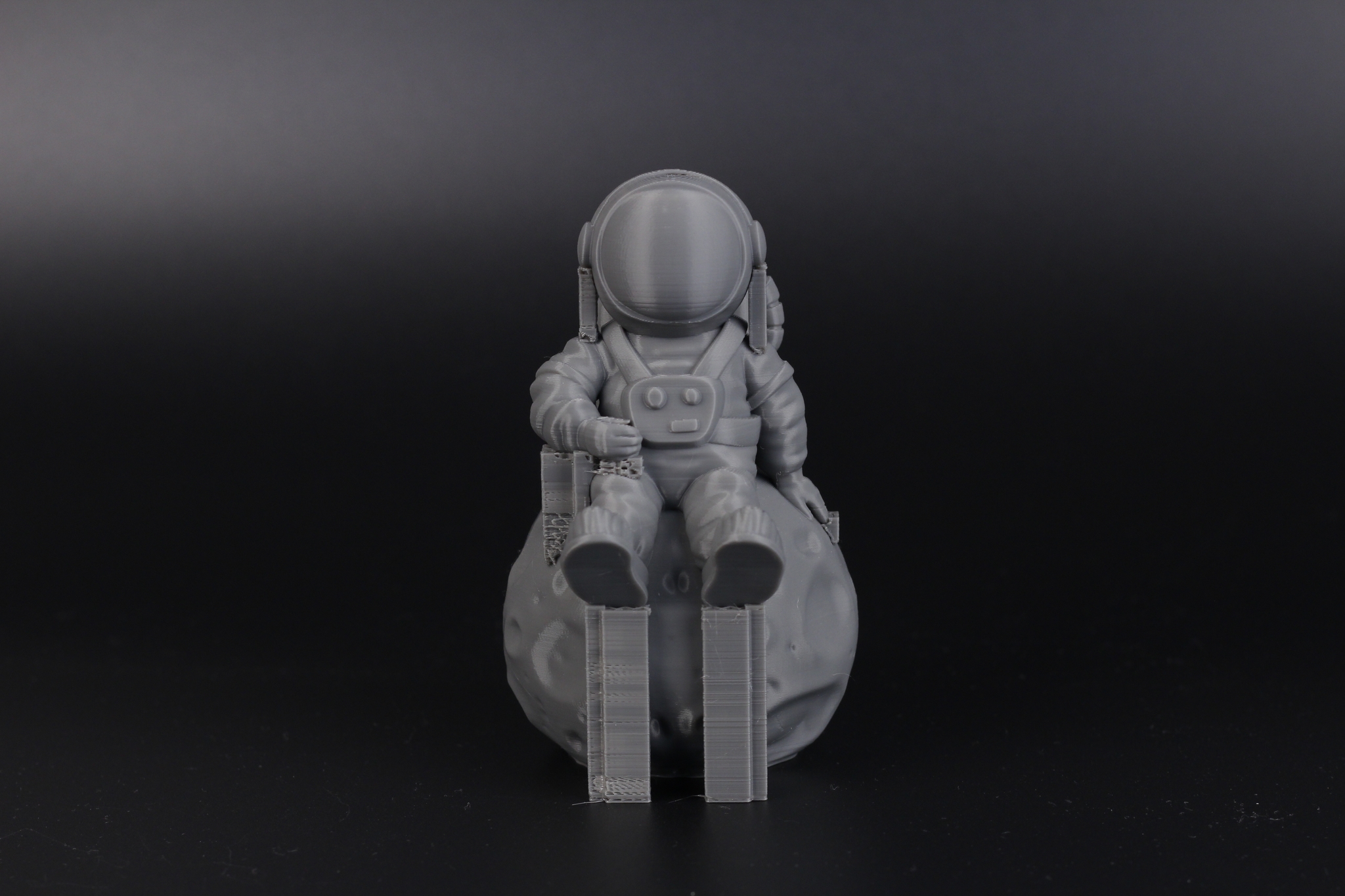
- Material: Sunlu Grey PLA
Flexi Dino
Another model which was ready to print on the SD card was this Flexi Dino. It was printed on a raft which also had issues when it had to be removed from the model, probably due to the print settings and the part cooling. Other than that, print quality is quite decent.
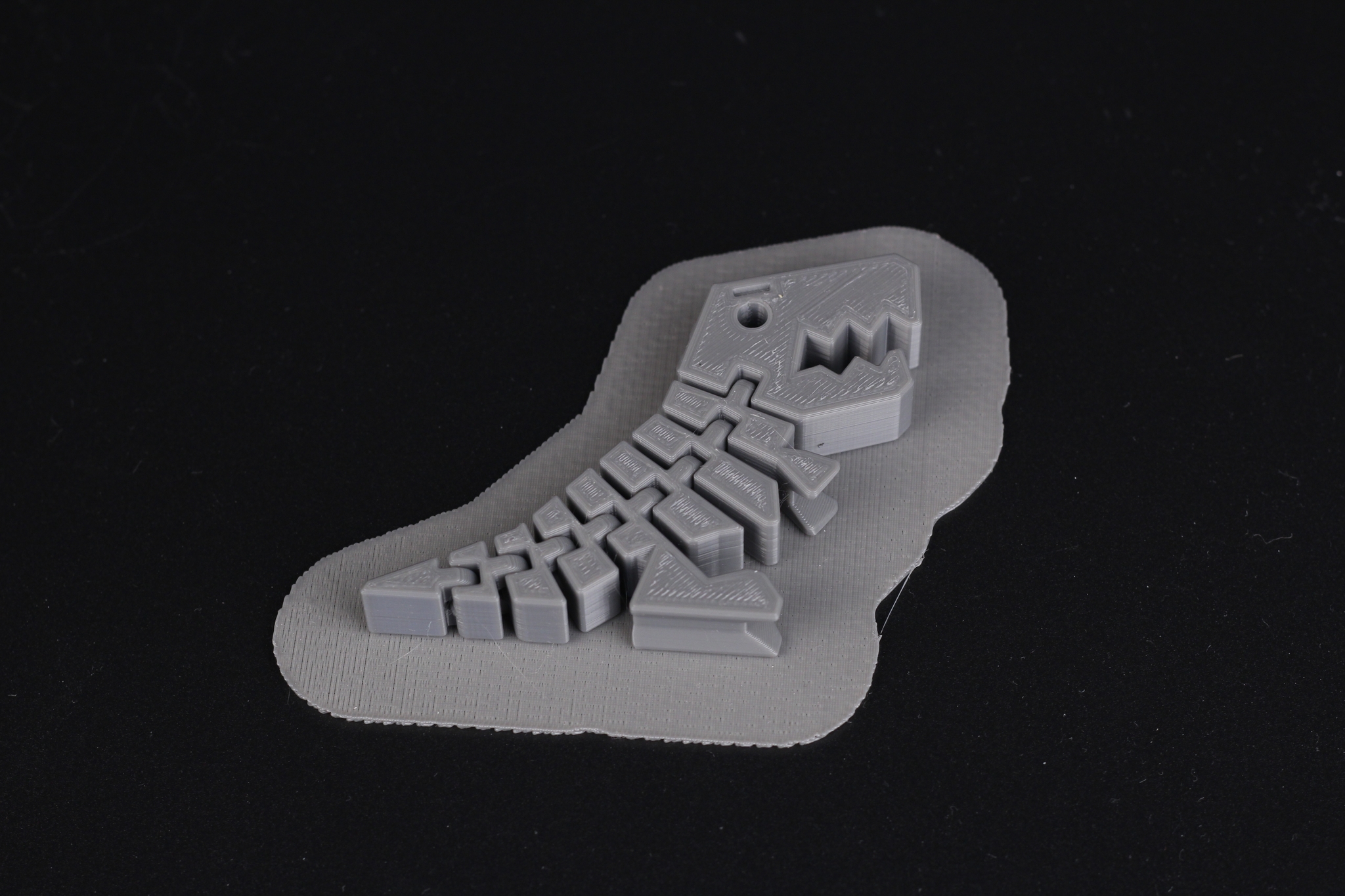
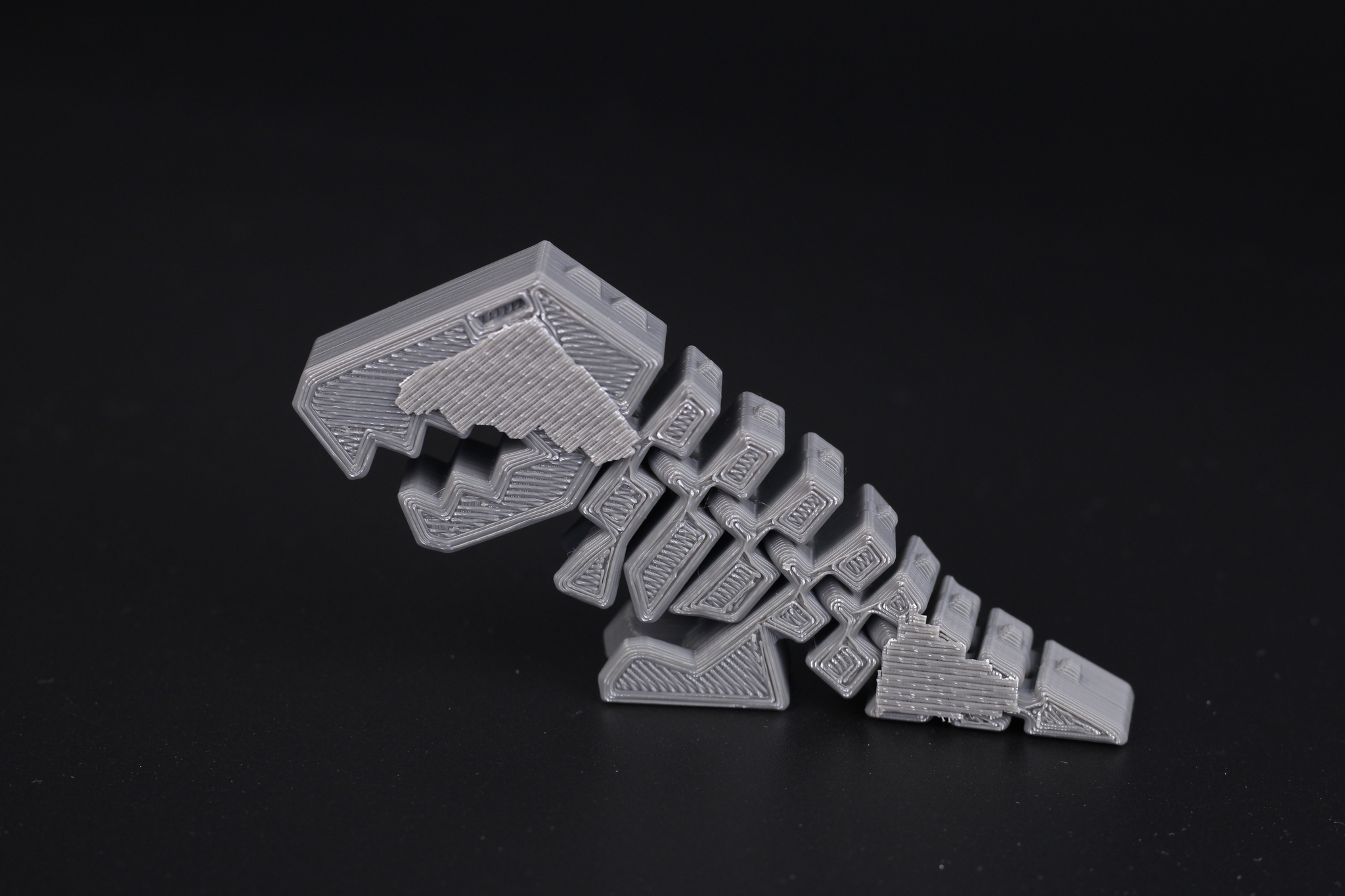
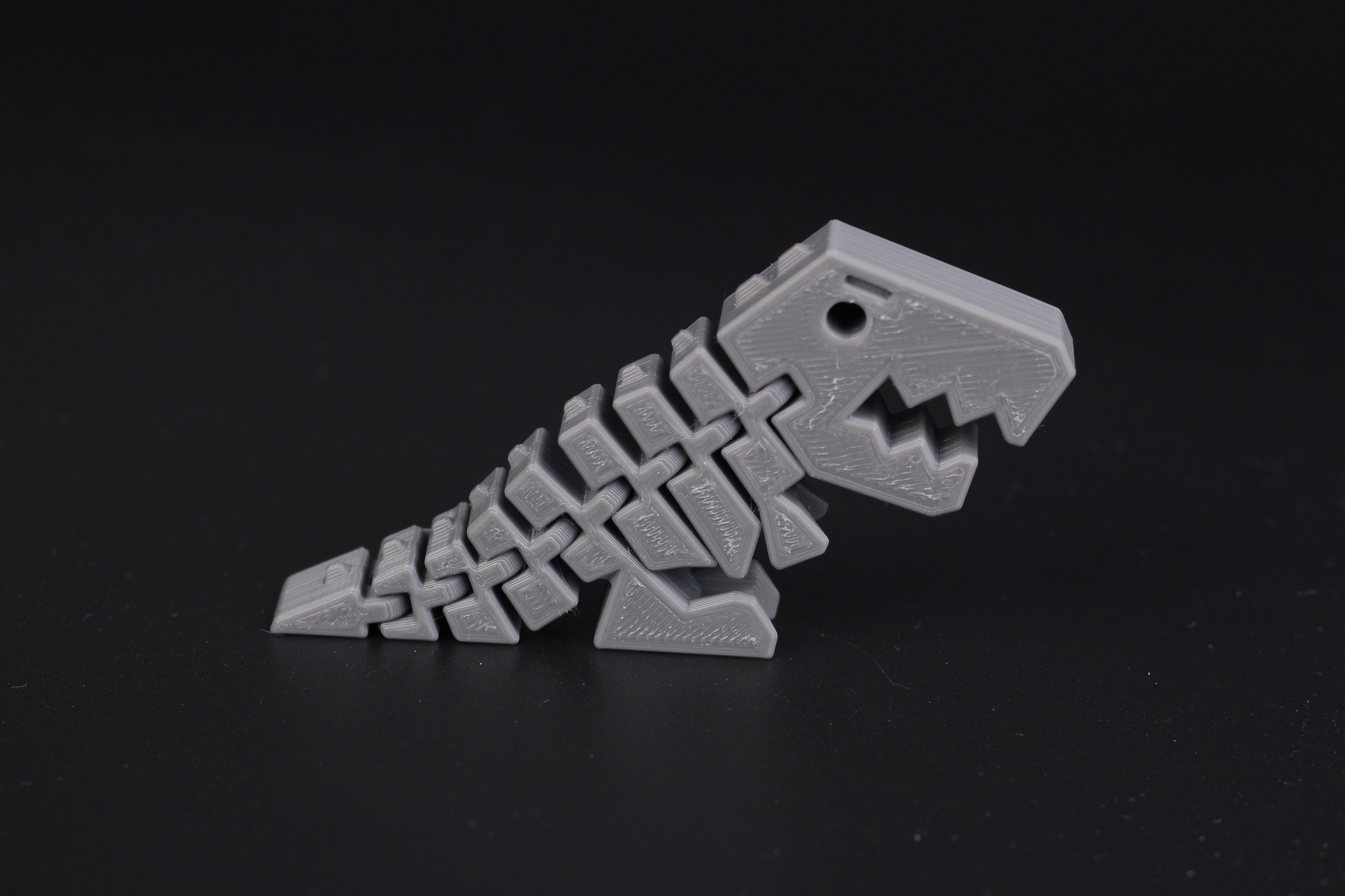
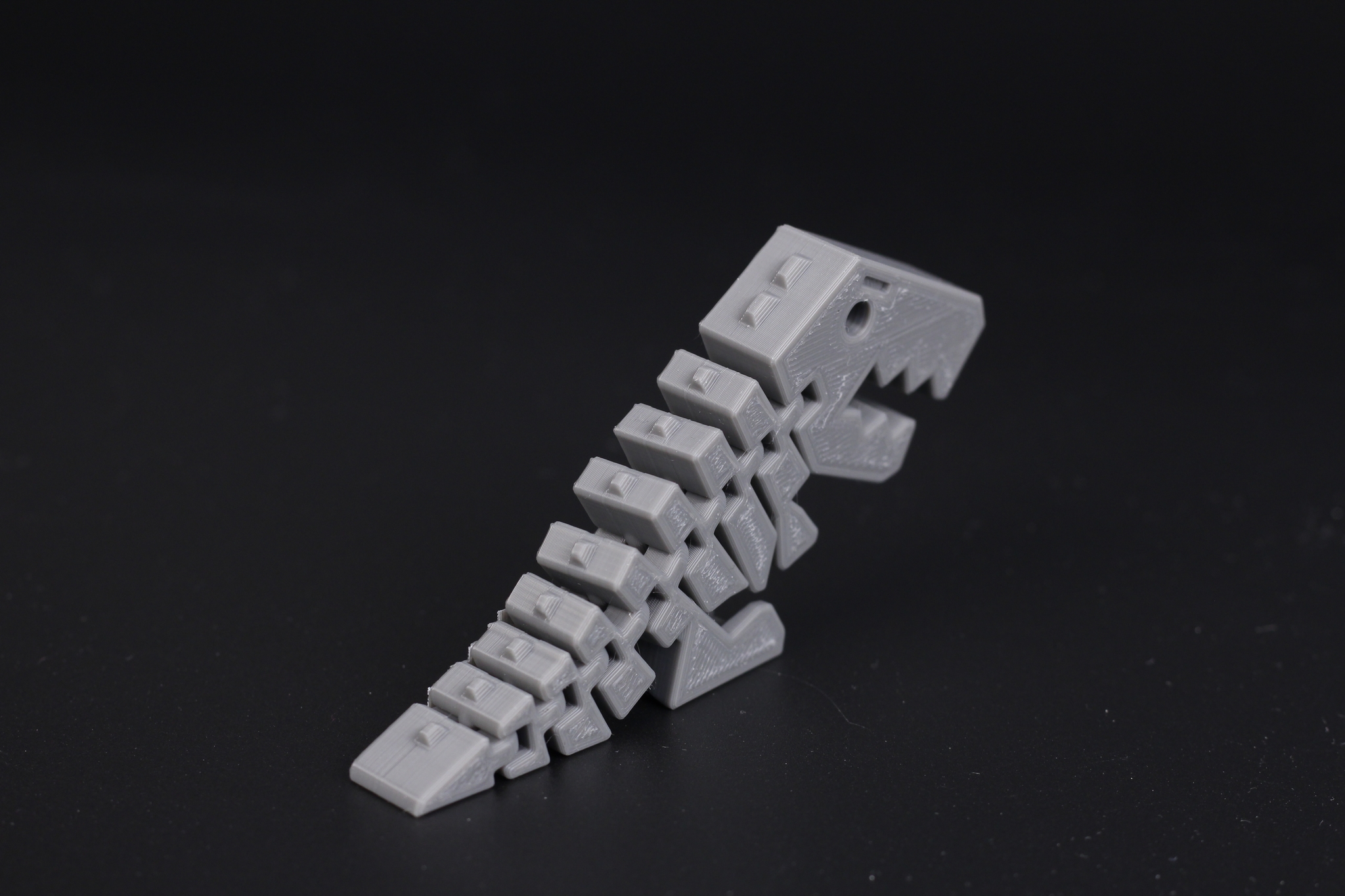
- Material: Sunlu Grey PLA
3D Benchy
After testing the pre-sliced models, I configured a printing profile for Prusa Slicer and gave it a go with a 3D Benchy. The settings were pretty good so after a bit of tuning, the results were even better. A bit of stringing was present, but nothing too bad.
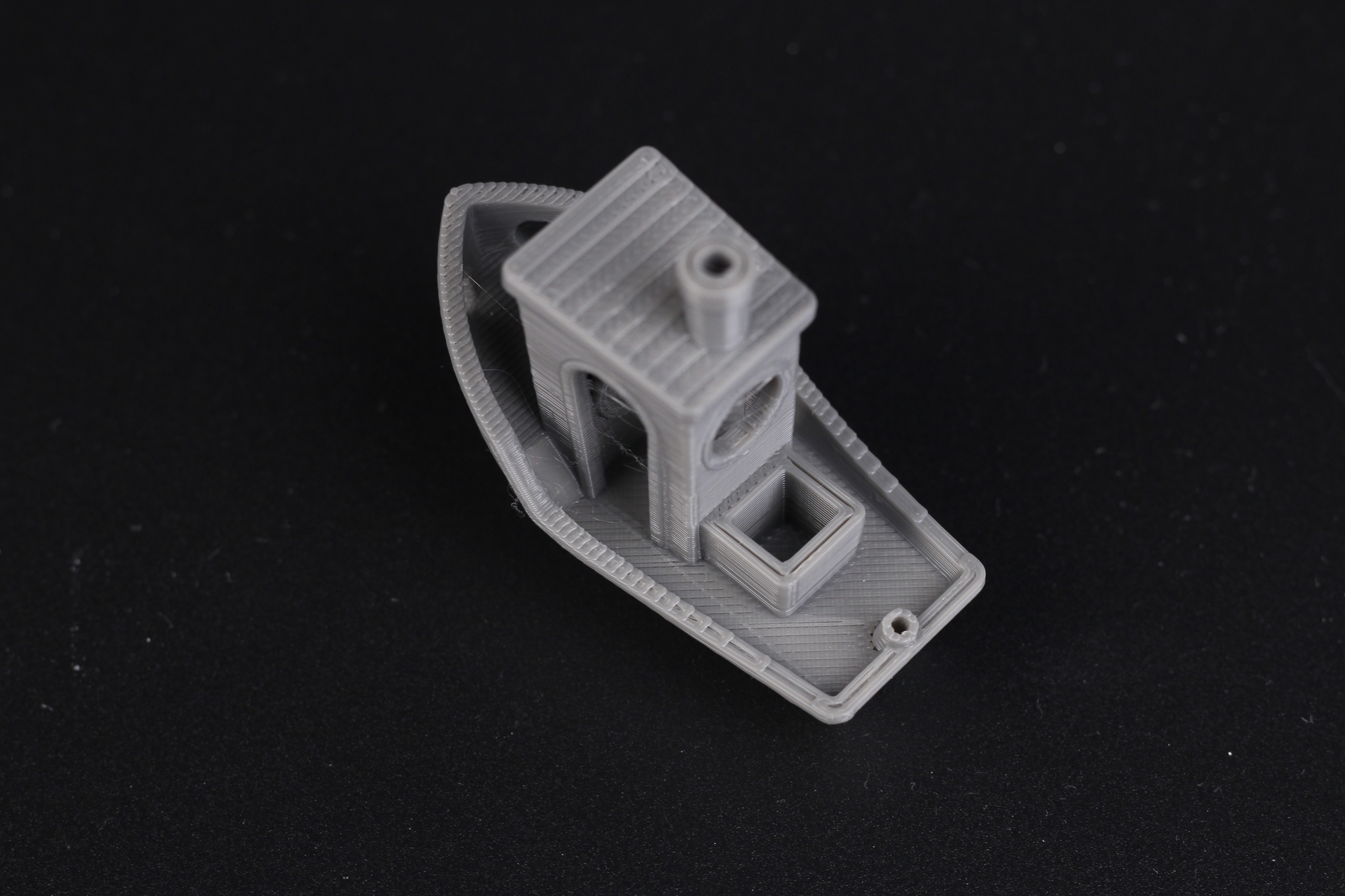
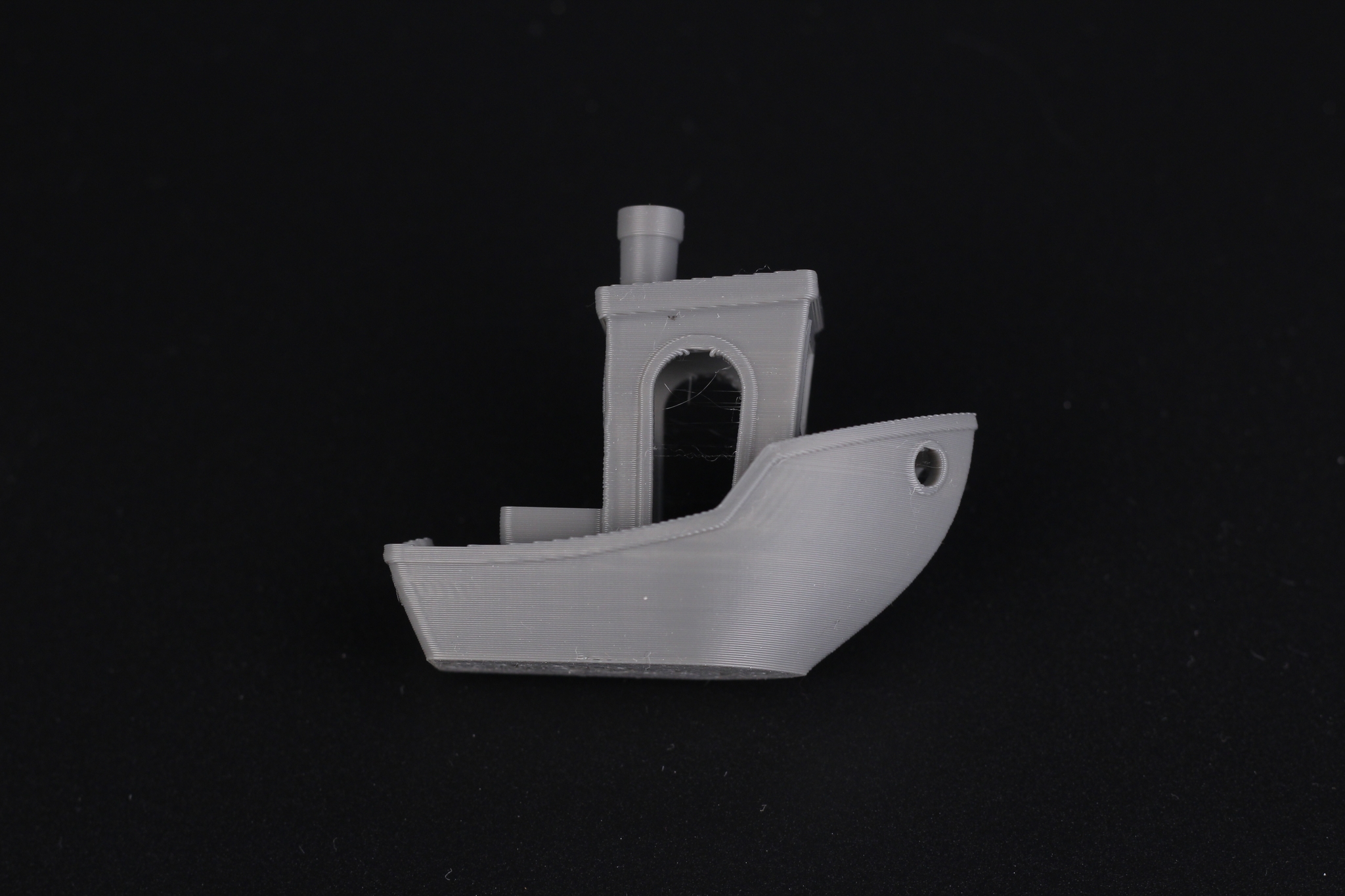

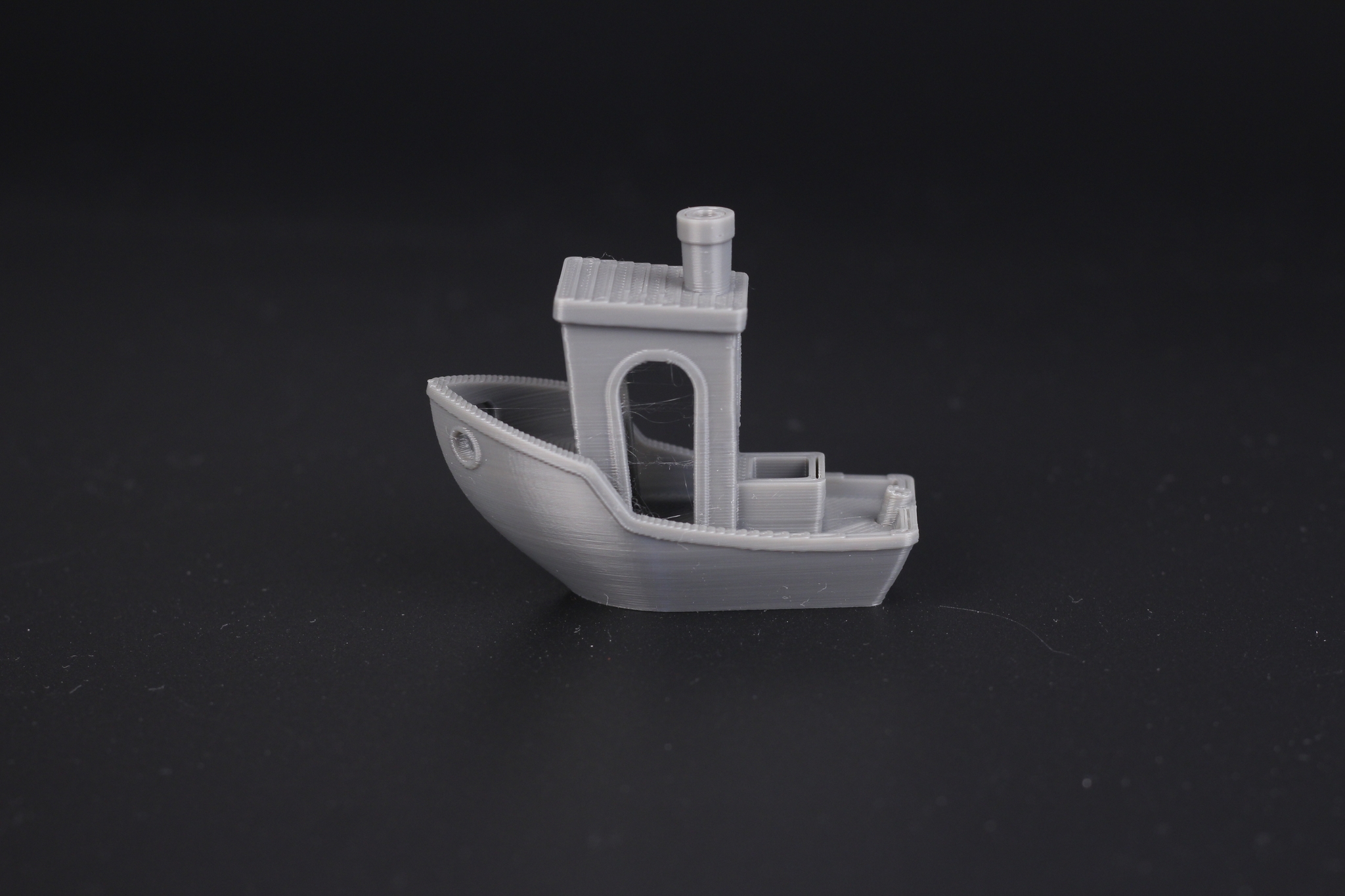
- Material: Sunlu Grey PLA
- Layer Height: 0.2mm
- Nozzle Temperature: 205C
- Bed Temperature: 60C
- Print Speed: 50 mm/s
Phil-A-Ment
I usually test the part cooling performance and adhesion with this Phil-A-Ment model. As you can see, the overhang in the back looks good, but the gloves don’t have the best finish with is related to part cooling. While it does a decent job, it can be much better.
If you look closely, you can also see a faint banding effect for the Z-axis, which I blame on the stability of the bed platform. The print speed was relatively fast, and I was able to see a bit of wobble during printing. If print speed is lowered, print quality will be better.
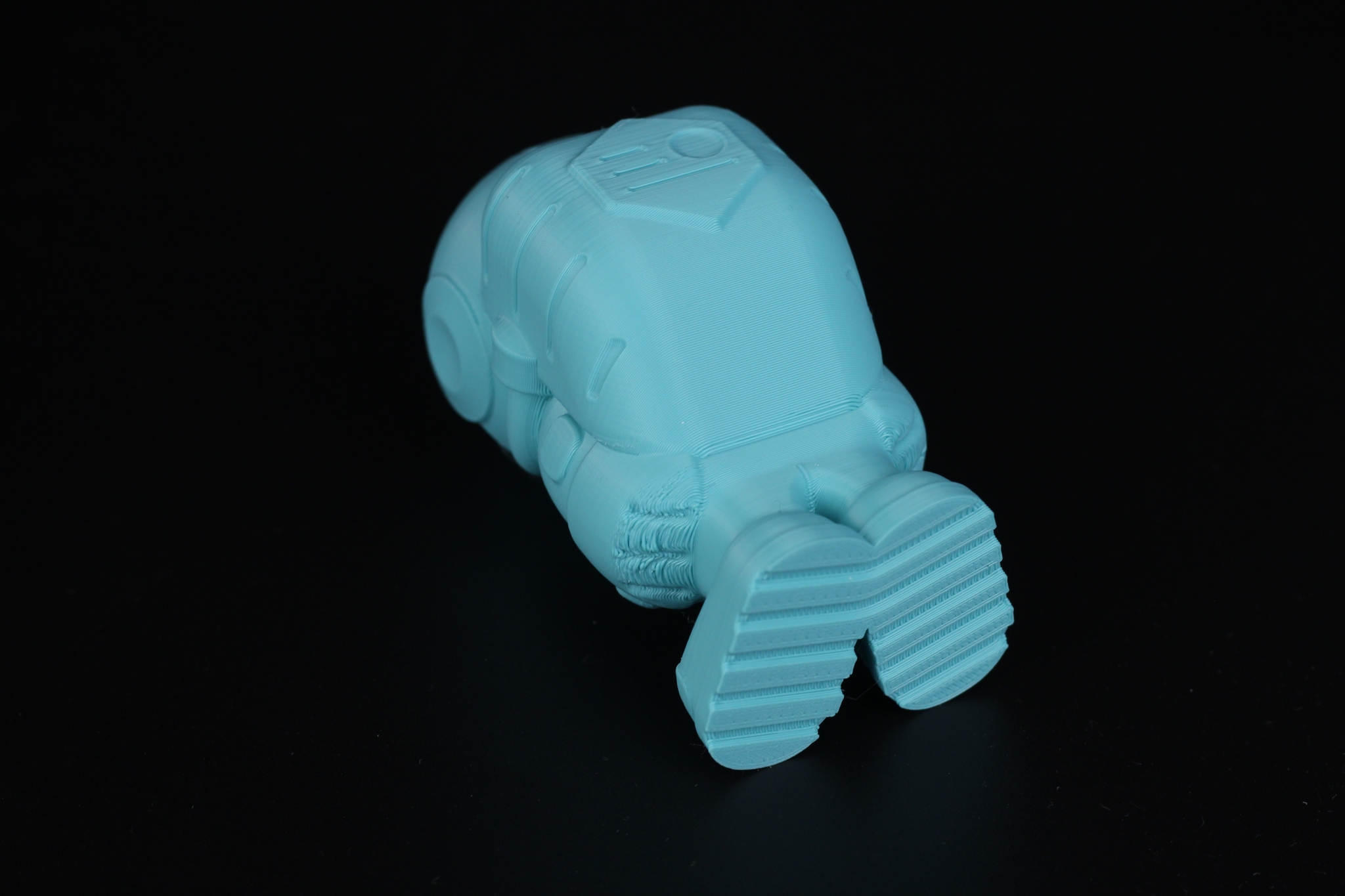
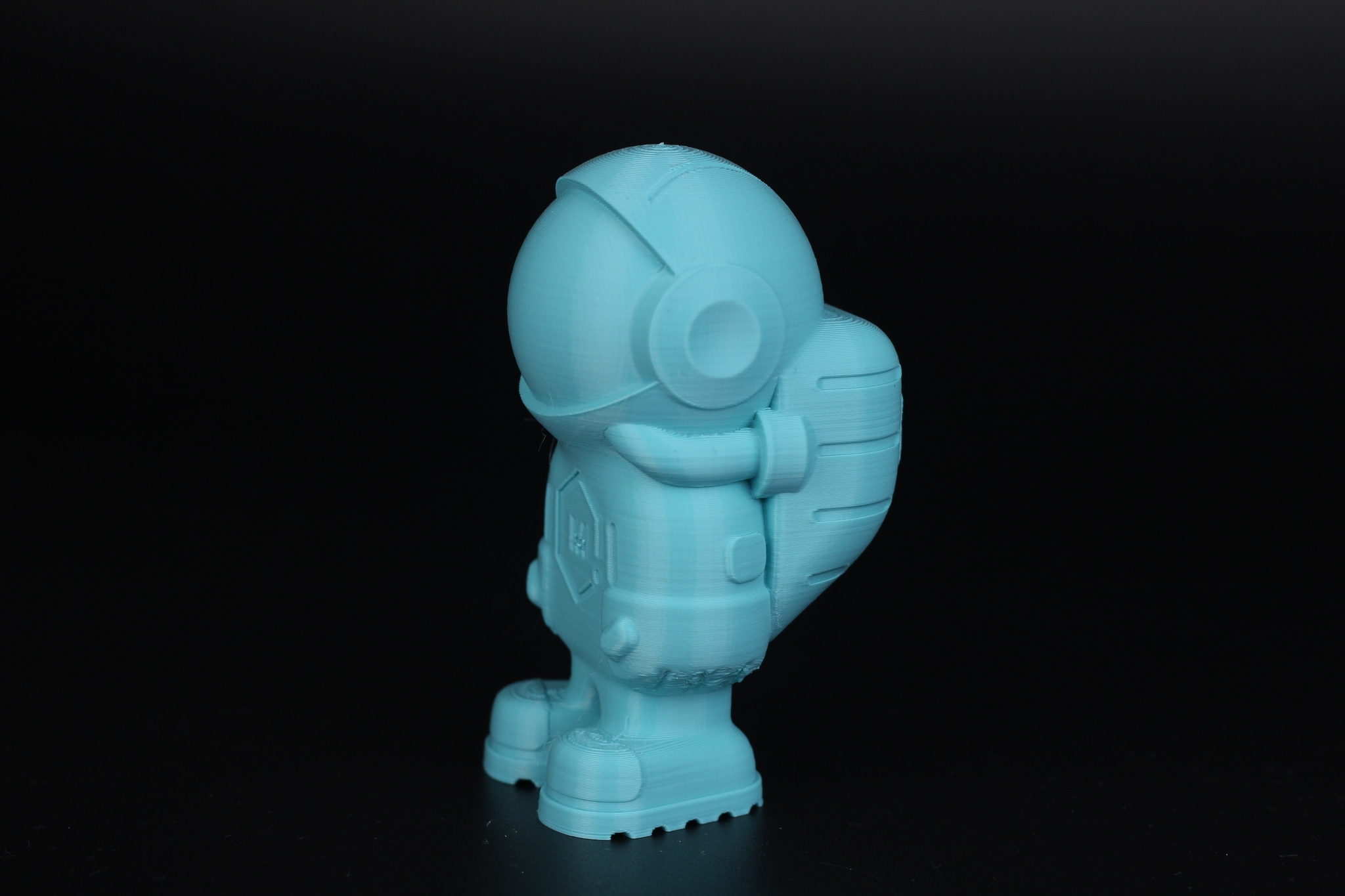
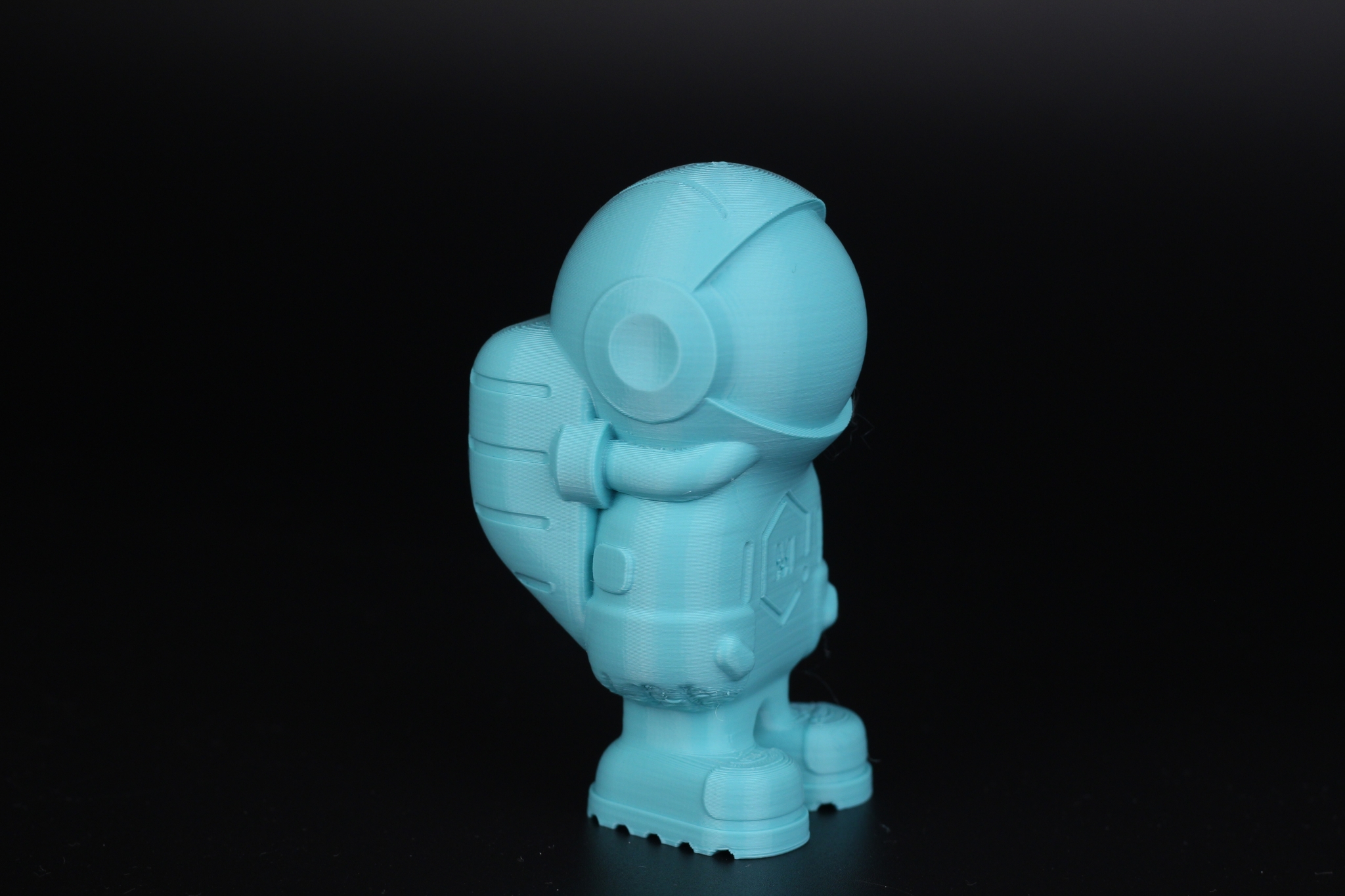
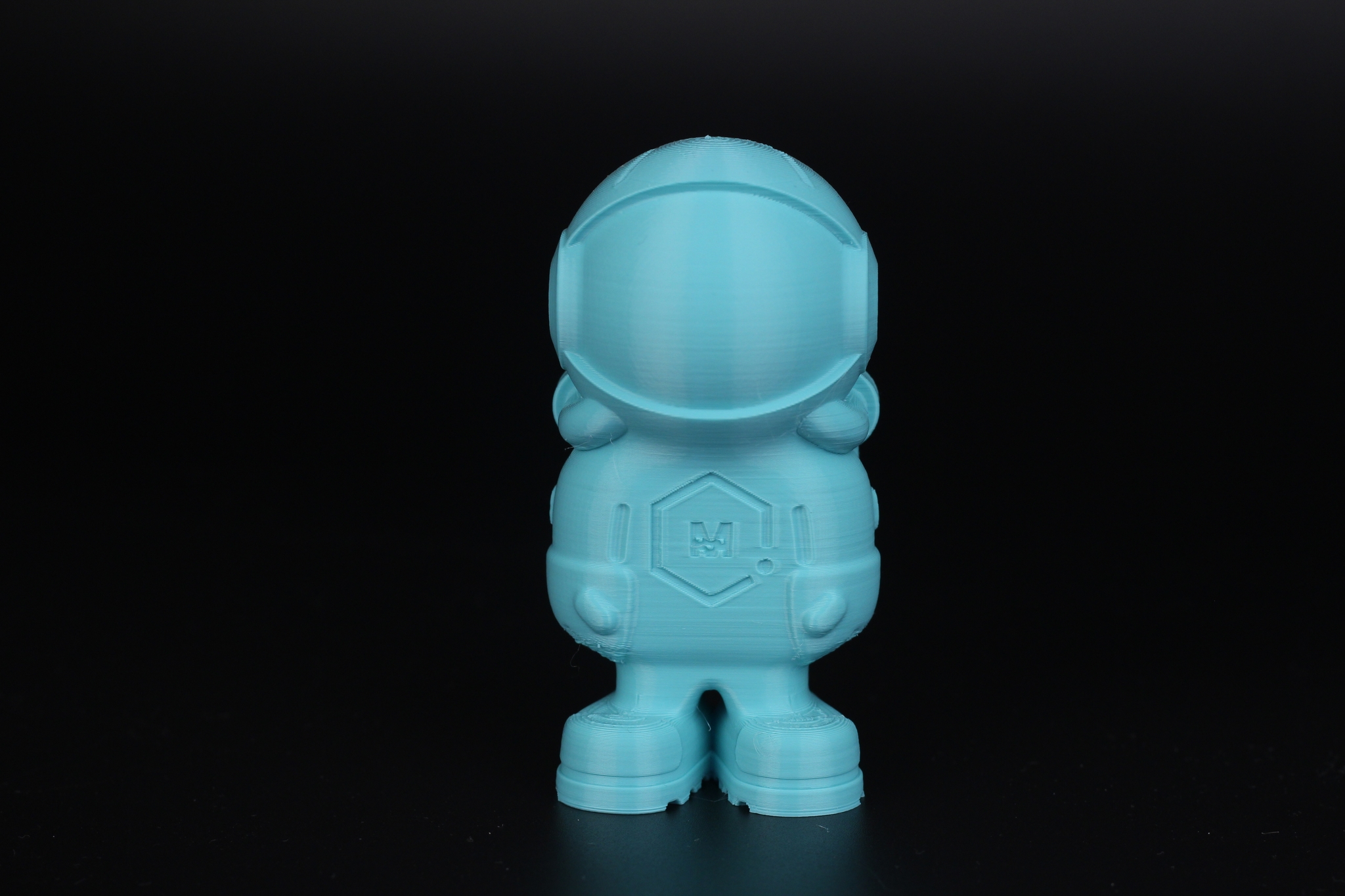
- Material: Polymaker PolyTerra Arctic Teal PLA
- Layer Height: 0.2mm
- Nozzle Temperature: 210C
- Bed Temperature: 60C
- Print Speed: 60 mm/s
200% Calibration Cube
The same banding effect can be seen on this calibration cube. I can’t say it’s a bad print, because all the cube features are represented correctly, but the Z banding issue can be observed on the external walls which might be an issue.
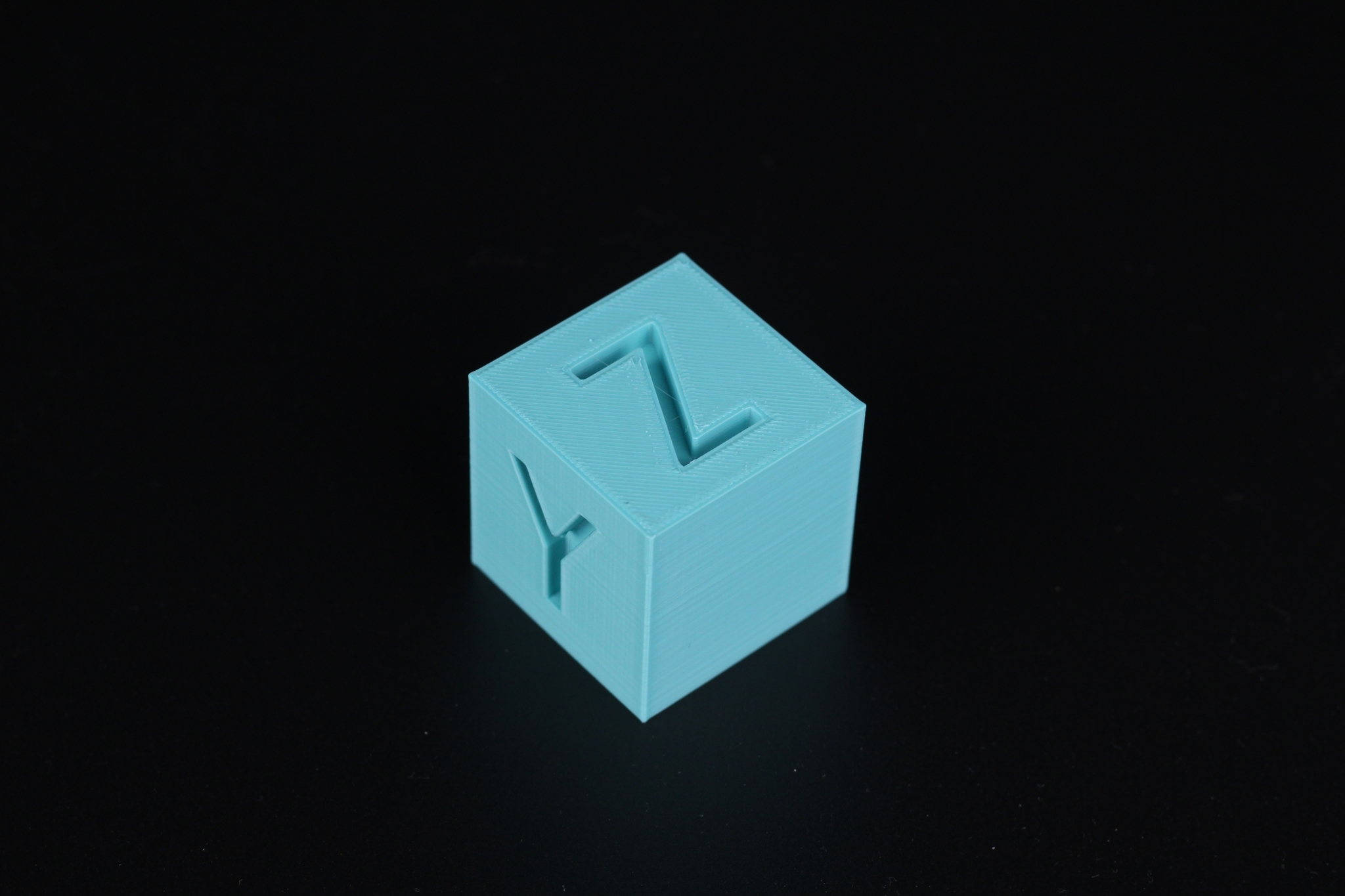
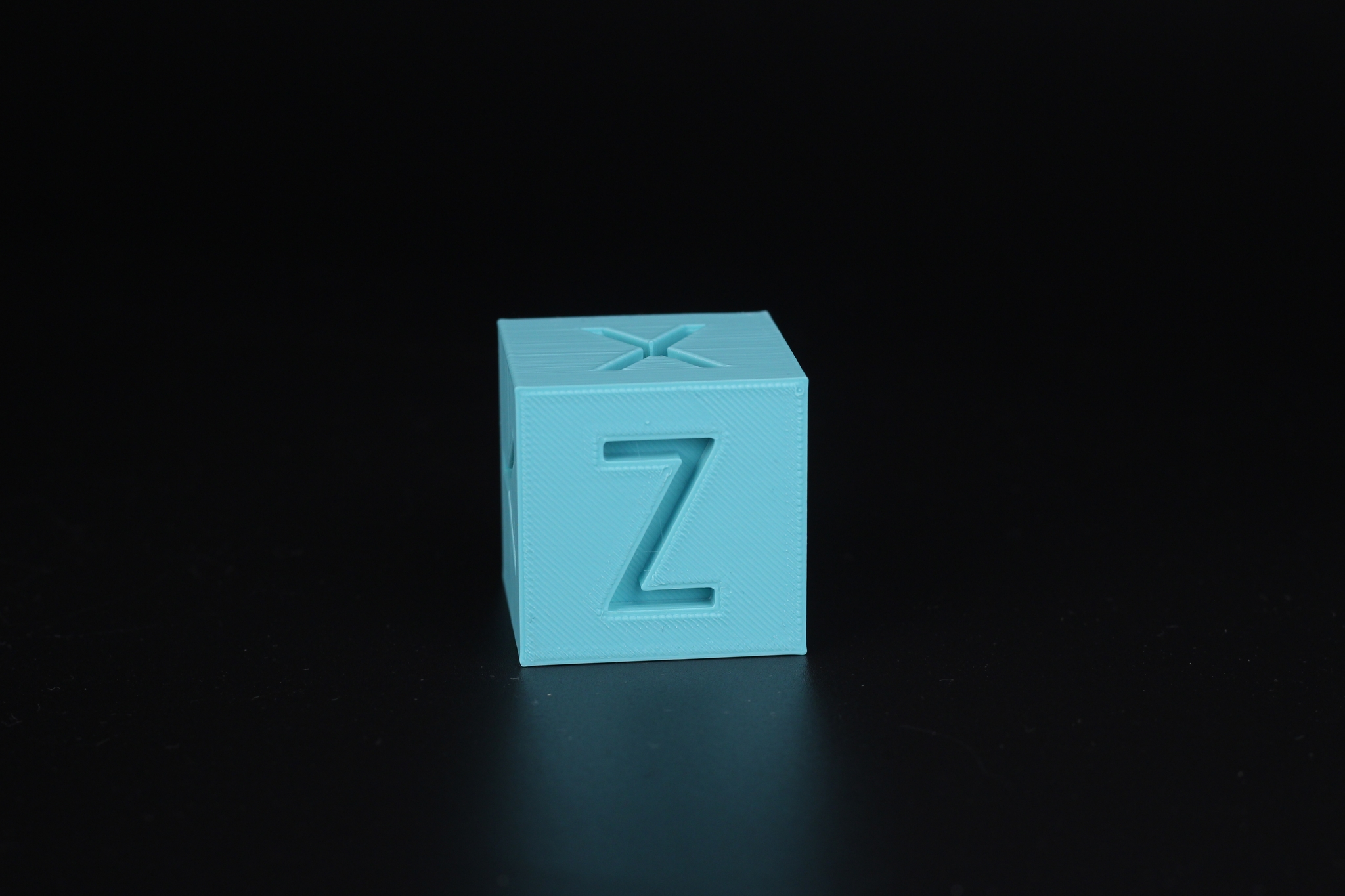
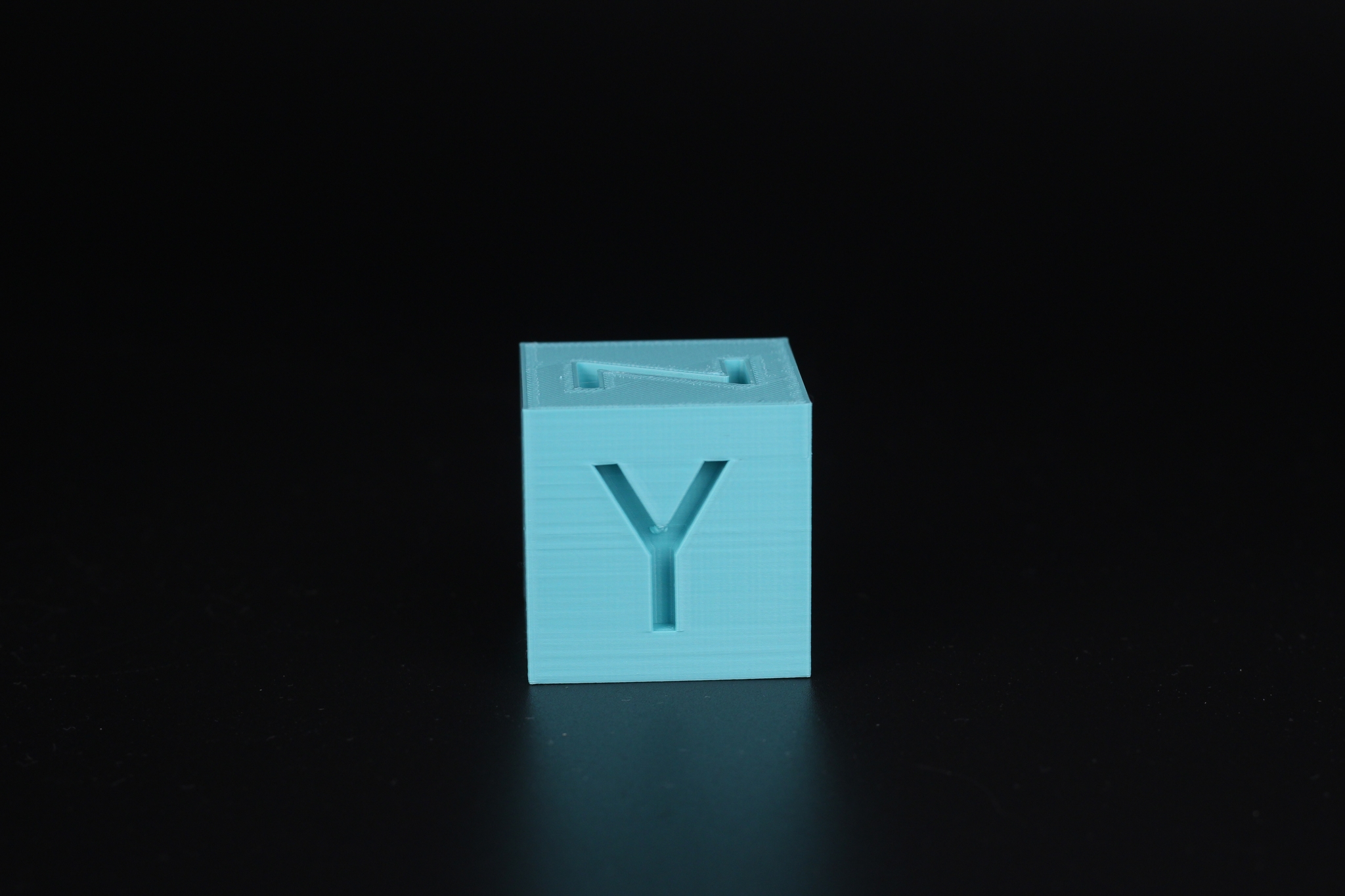
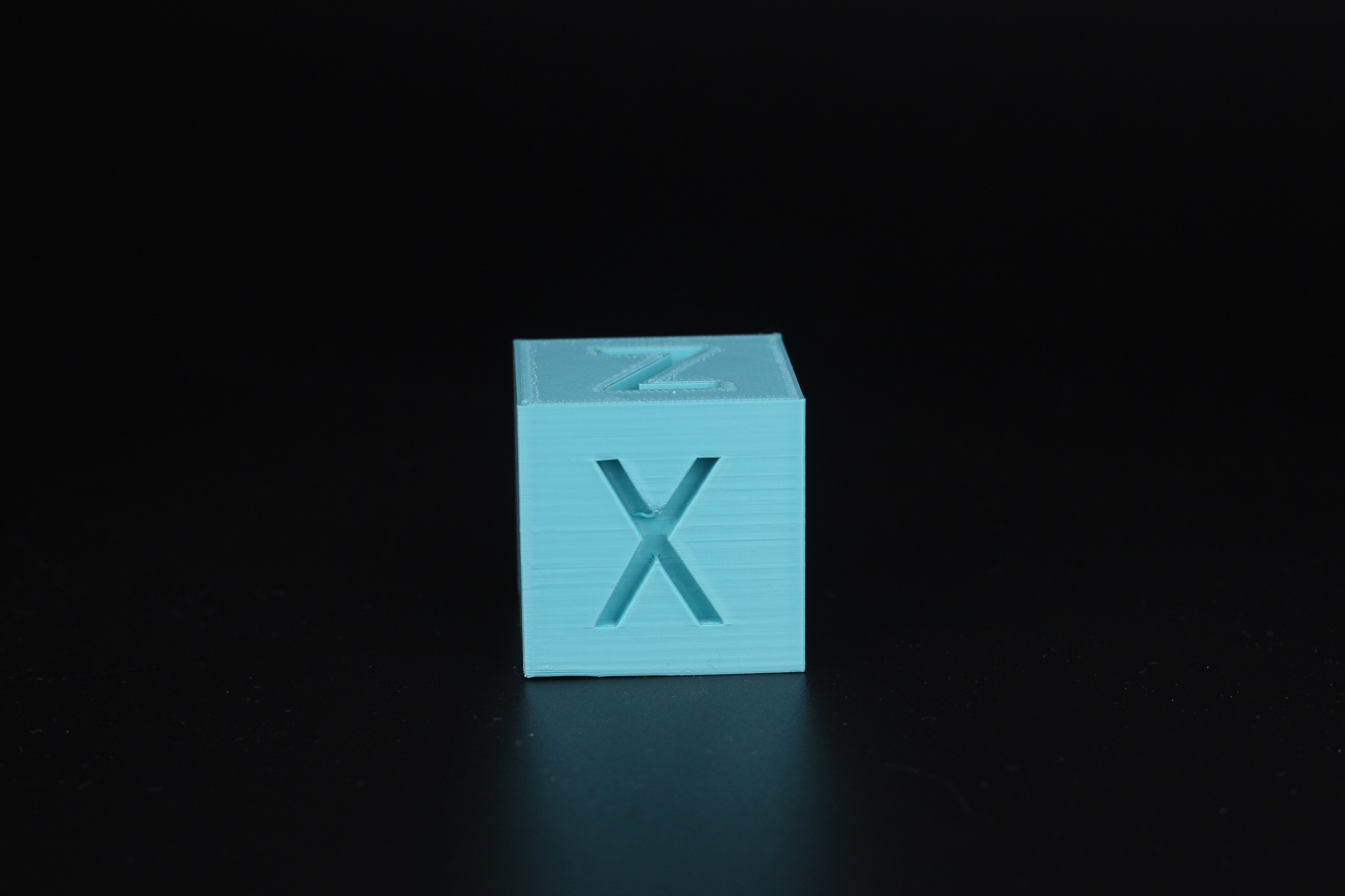
- Material: Polymaker PolyTerra Arctic Teal PLA
- Layer Height: 0.2mm
- Nozzle Temperature: 210C
- Bed Temperature: 60C
- Print Speed: 60 mm/s
Flexi Lizard
To test the bed adhesion I also printed this cute Flexi Lizard and it came out great. All the parts were printed successfully and I didn’t have any issues with the model adhering to the printing surface.
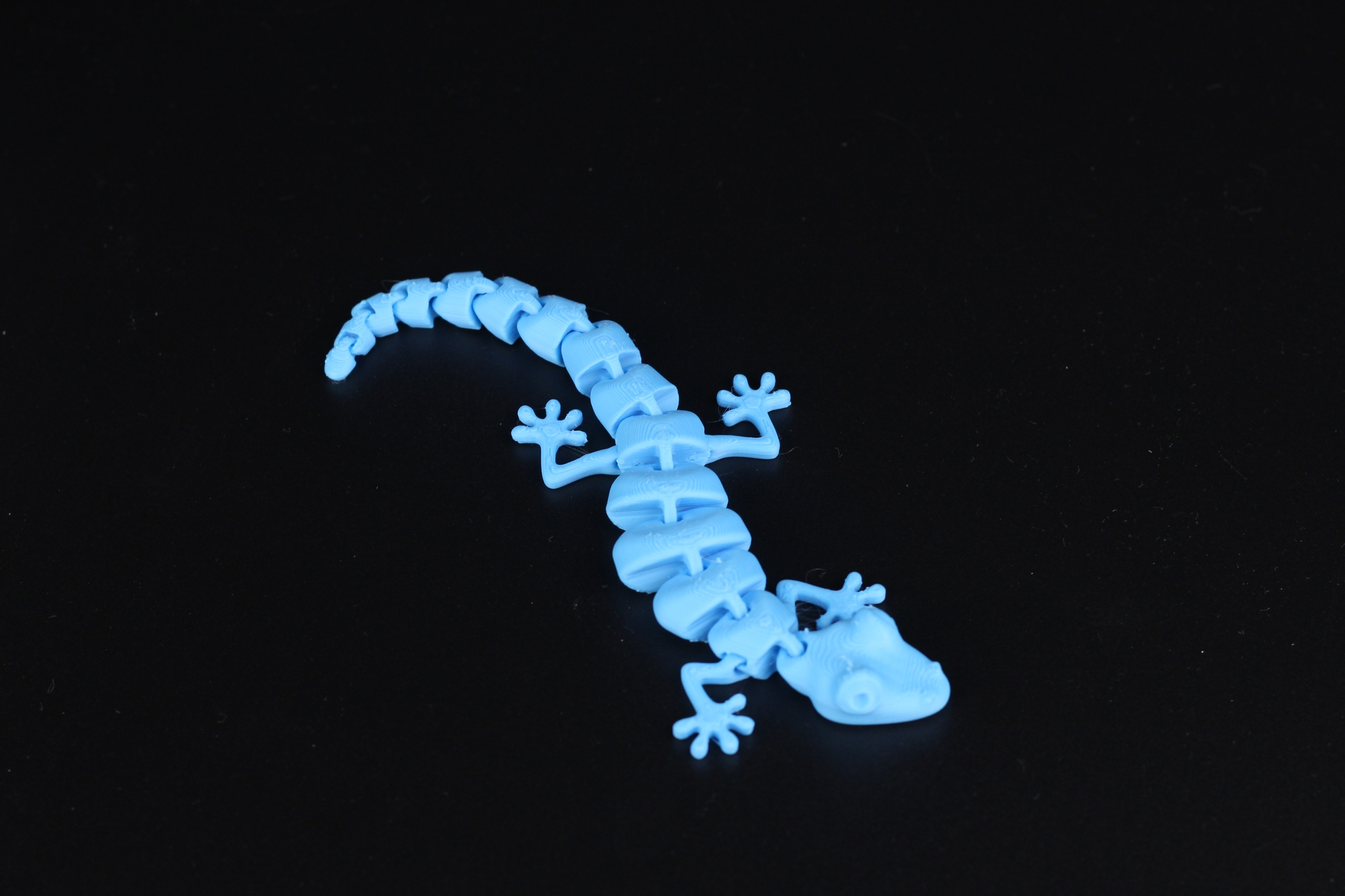

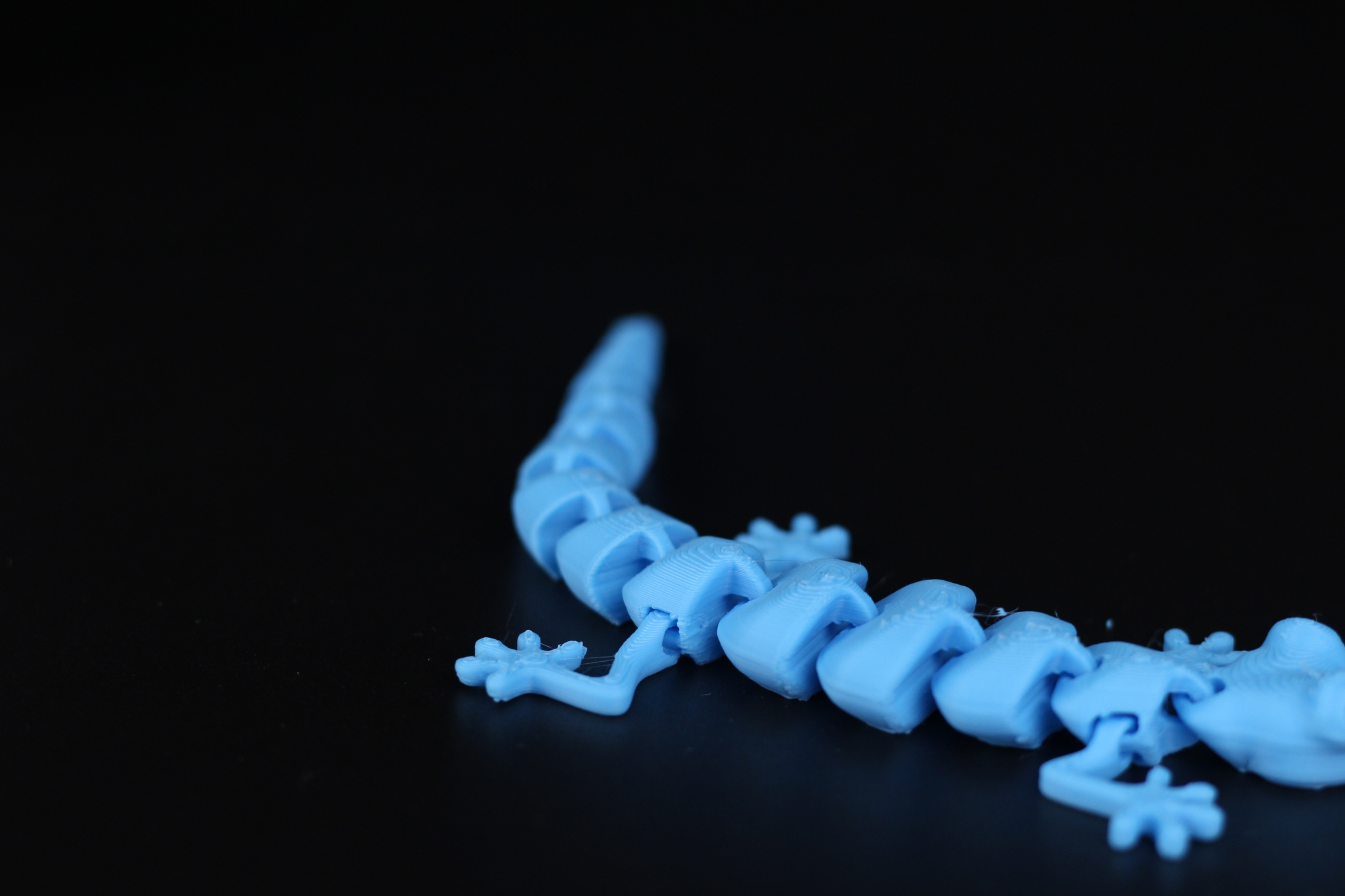
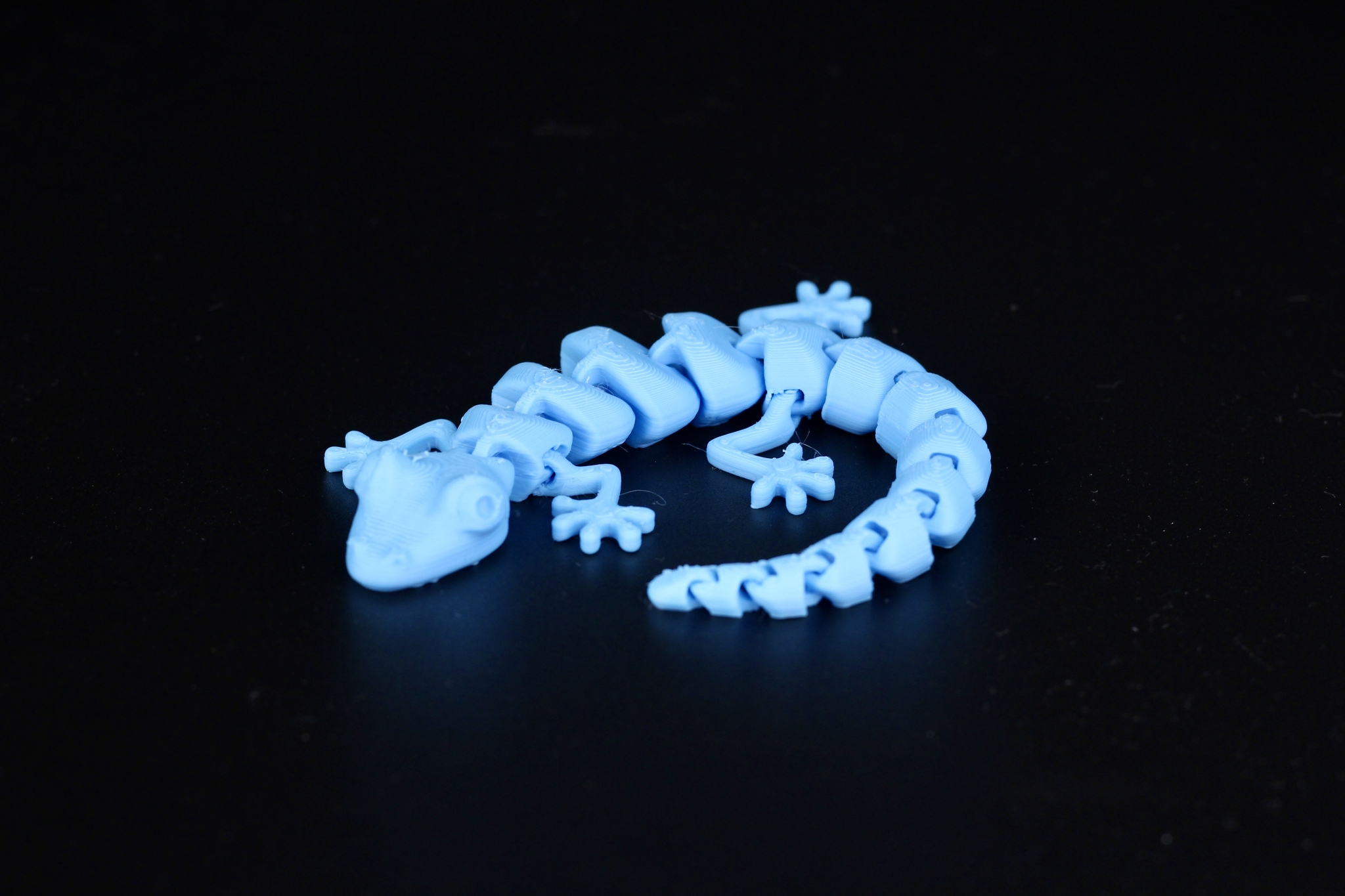
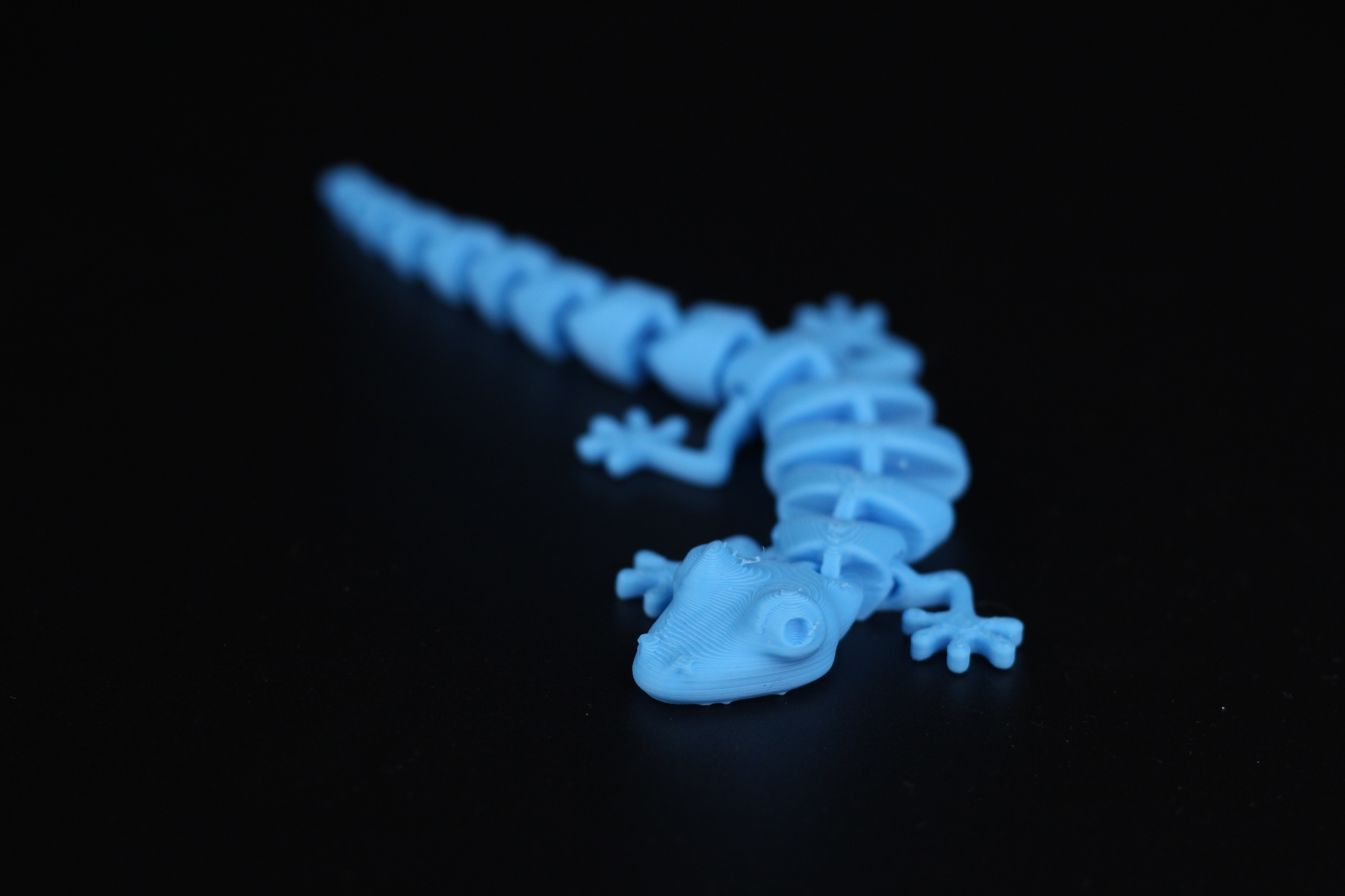
- Material: Gembird Blue PLA
- Layer Height: 0.2mm
- Nozzle Temperature: 205C
- Bed Temperature: 60C
- Print Speed: 50 mm/s
Miffy with Backpack
I also wanted to test this printer with PETG, so I printed the Miffy with Backpack model from Printables. I had some tiny amount of stringing between the ears, but other than that, the model cam out great.
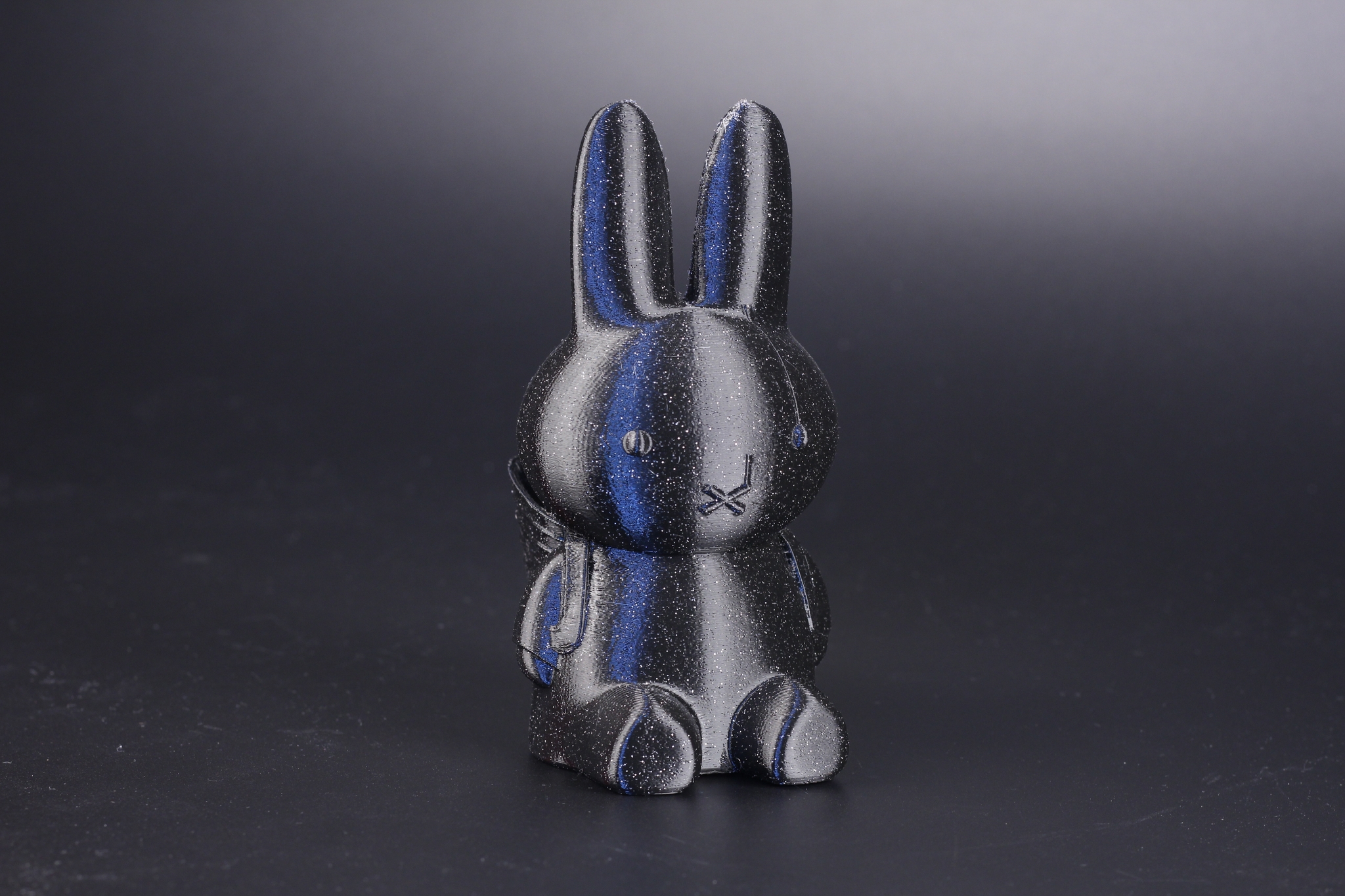
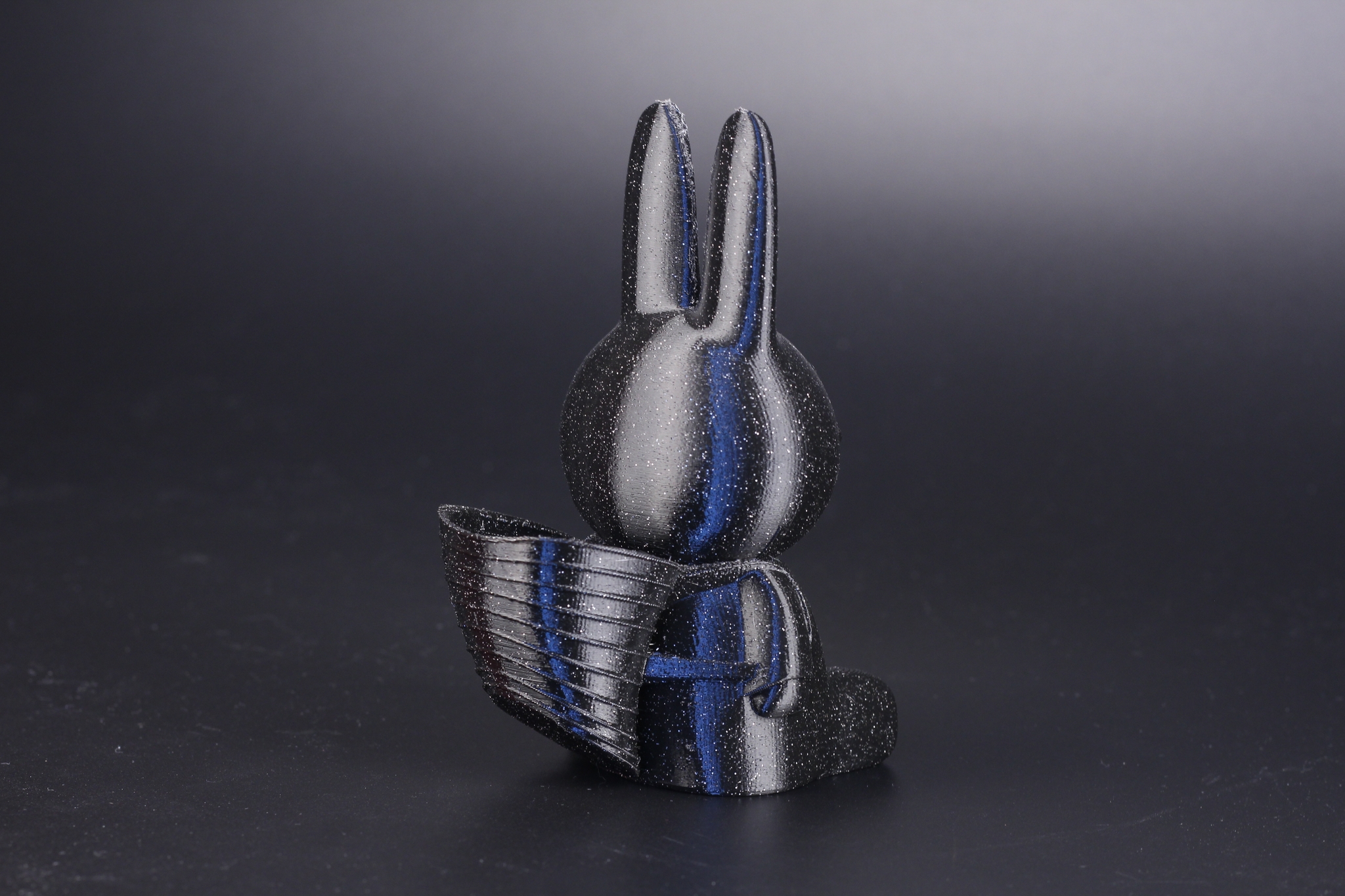
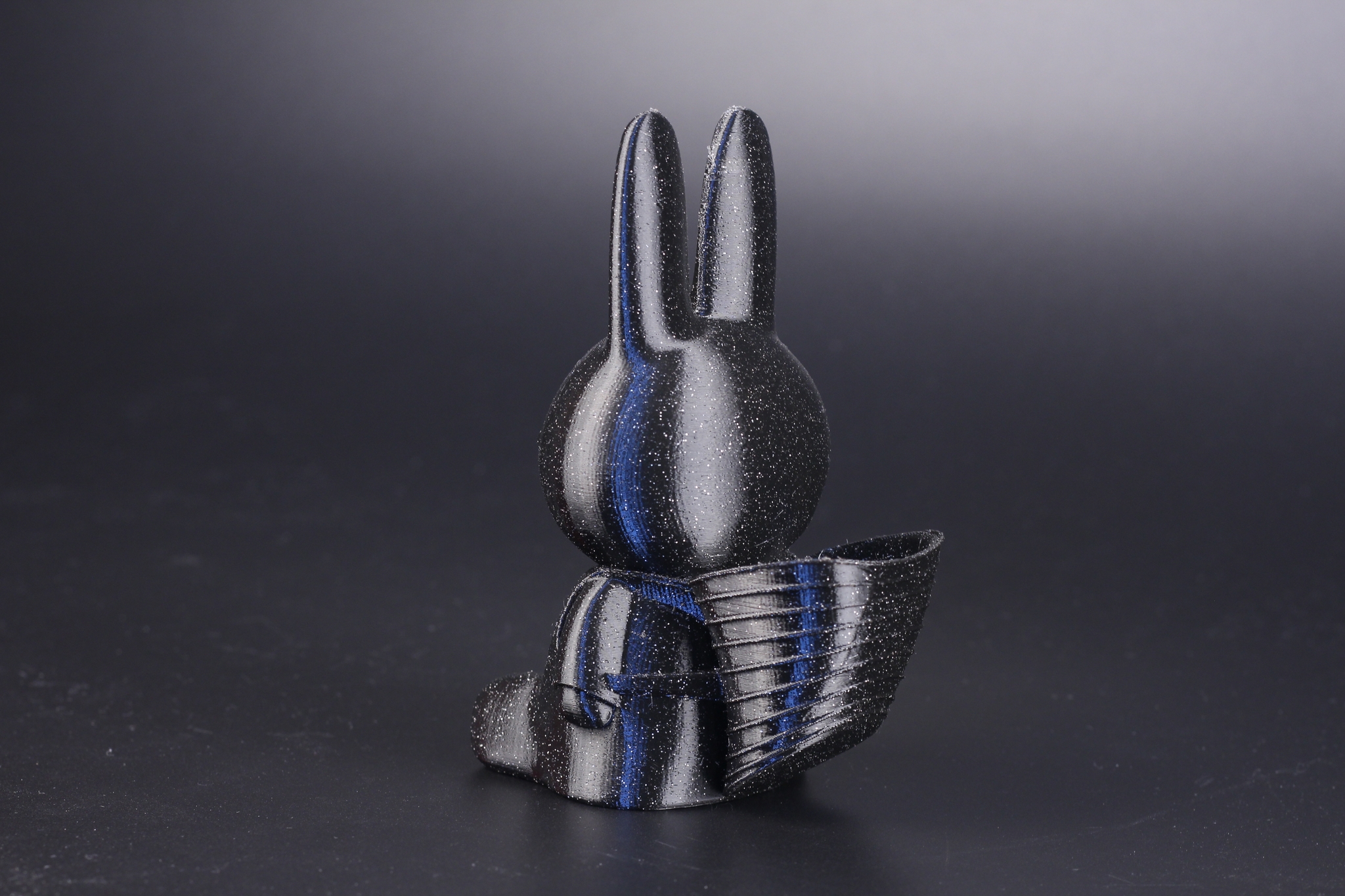
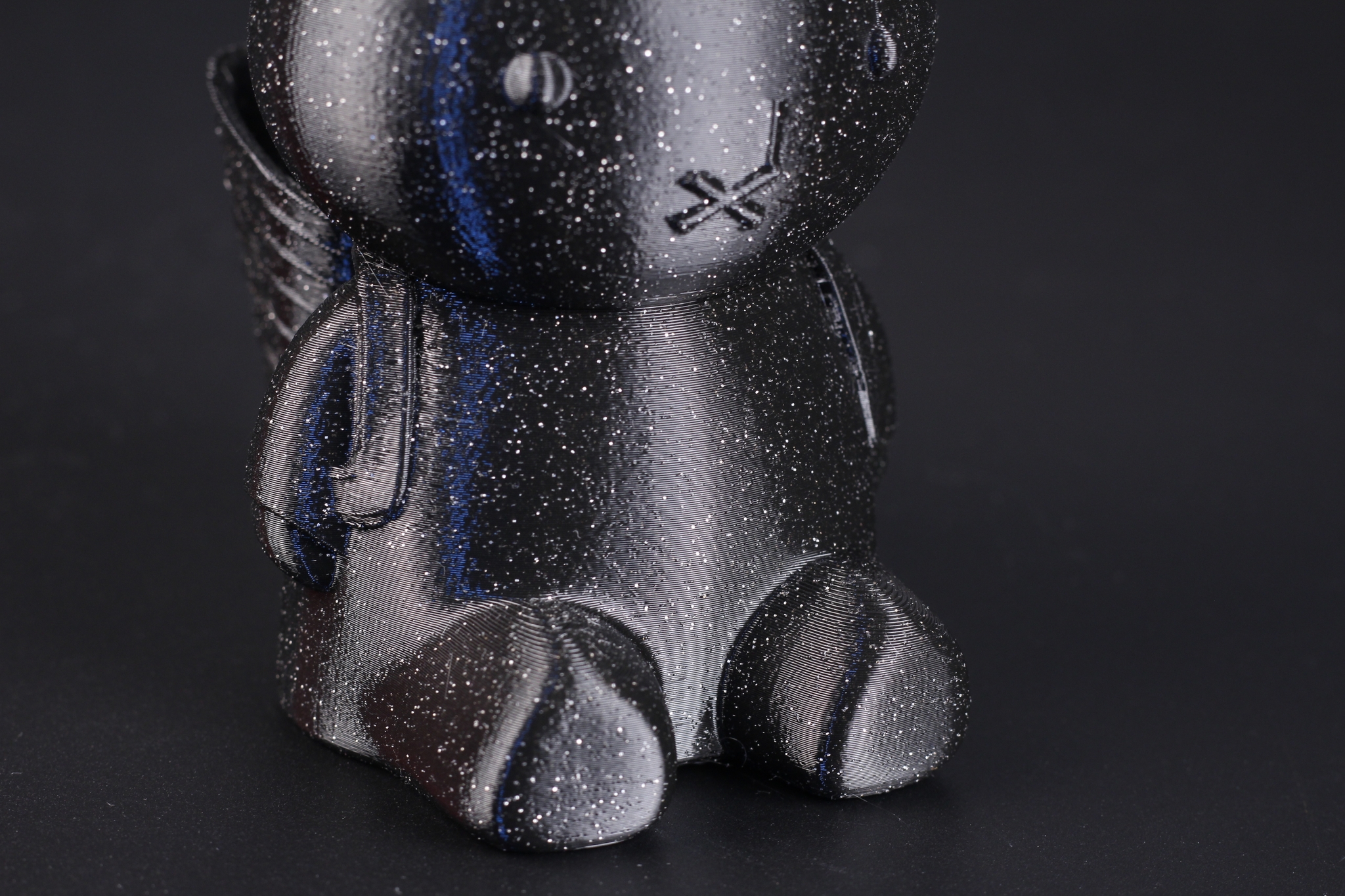
- Material: Devil Design Galaxy Black PETG
- Layer Height: 0.2mm
- Nozzle Temperature: 230C
- Bed Temperature: 80C
- Print Speed: 50 mm/s
Torture Toaster
Unfortunately, the torture toaster cannot be printed on the Creality Sermoon V1 Pro, mostly because of the part cooling performance. The small features are not cooled properly during printing, which causes the filament to curl up and the nozzle gets stuck.
Sure, you could lower the print speed significantly, and maybe the layer height, but this would turn into a 24-hour print. And that’s not really a fair test.
- Material: Gembird Purple PLA
- Layer Height: 0.2mm
- Nozzle Temperature: 205C
- Bed Temperature: 60C
- Print Speed: 50 mm/s
Conclusions: Is the Creality Sermoon V1 Pro worth it?
Creality tells us that the Sermoon V1 Pro is “The Most Hassle-free 3D Printer” but I don’t agree with that statement. It was harder to use compared to their Ender 3 S1 which for me really was the hassle-free printer I was promised.
The Sermoon V1 Pro tries to simplify things but instead, it makes them more complicated. For example, I’ve also seen the “leveling free” statement at some point, but there’s clearly a need to level the bed when you get the machine.
Overall, I can’t say the Sermoon V1 Pro is worth the asking price. While the print quality is decent, it’s not as good as the Ender 3 S1 or Ender 3 S1 Pro, and the enclosure doesn’t really bring any benefit because the printer is unable to print ABS.
Compared to the S1, the Sermoon V1 Pro has less print volume, it’s a bit harder to use, and the extra functionality like the Creality Cloud and Webcam monitoring is not worth the price difference in my opinion.
This printer should be the best Creality printers for complete beginners, but it falls short of delivering on its promises. If you really want a printer that works great out of the box, the Creality Ender 3 S1 is a better choice.
Creality Sermoon V1 Pro Rating
Design
Specs
Noise Levels
Ease of use
Print Quality
Price
The Creality Sermoon V1 Pro comes with a lot of promises but fails to deliver a hassle-free experience. You might be better off purchasing an Ender 3 S1 or S1 Pro.
Where to buy the Creality Sermoon V1 Pro?
The Creality Sermoon V1 Pro can be purchased from the following sites:
Creality
Aliexpress
Amazon
Banggood
I recommend checking out the Discount Codes page before purchasing. I regularly update the article with discount codes for various online shops, and you might find one for this particular model.
The Creality Sermoon V1 Pro was provided free of charge by Creality for the purpose of this review. While the article includes affiliate links, all opinions are my own. Nobody reviewed the article before it was posted, following the Review Guidelines.
Liked it?
|
|

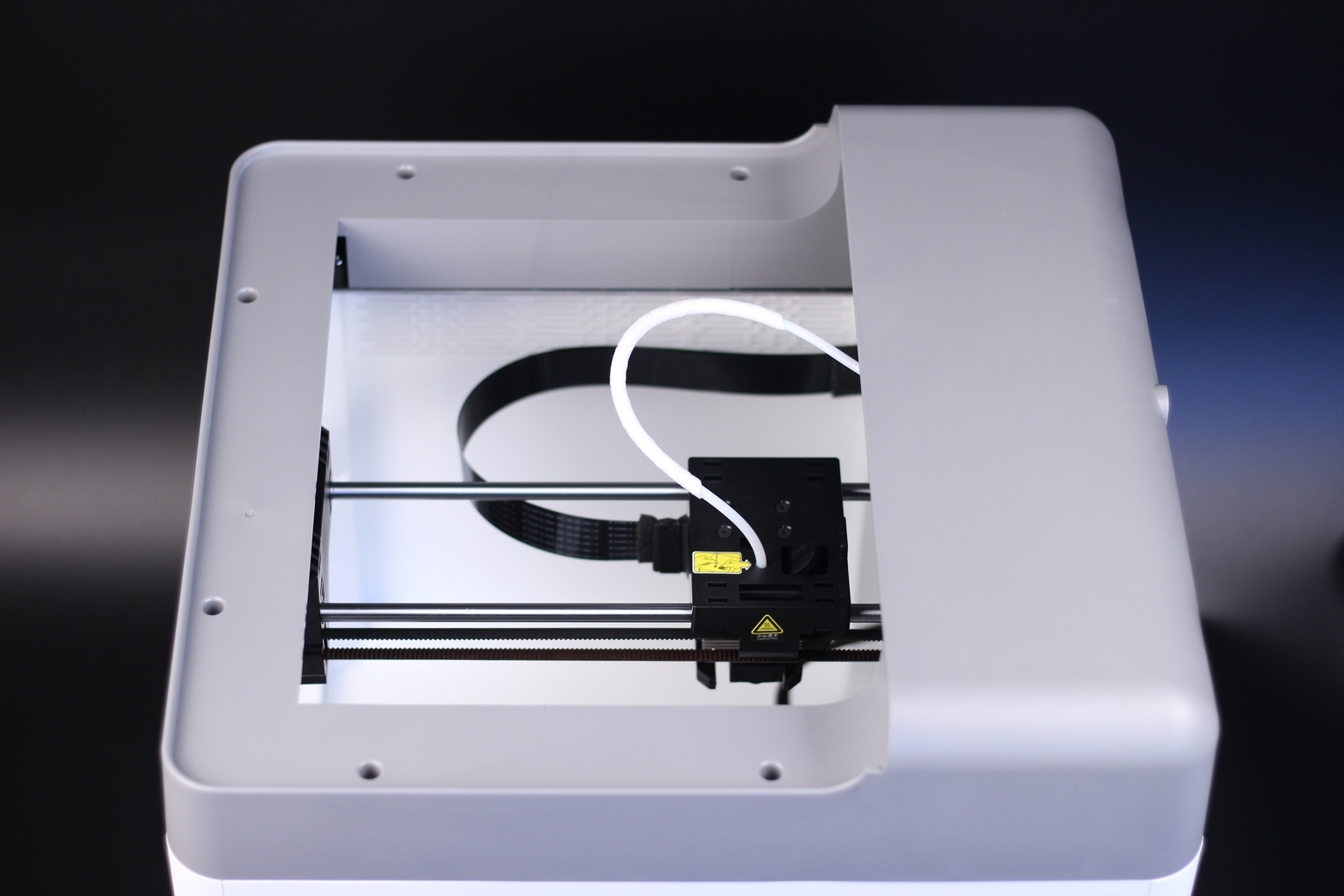
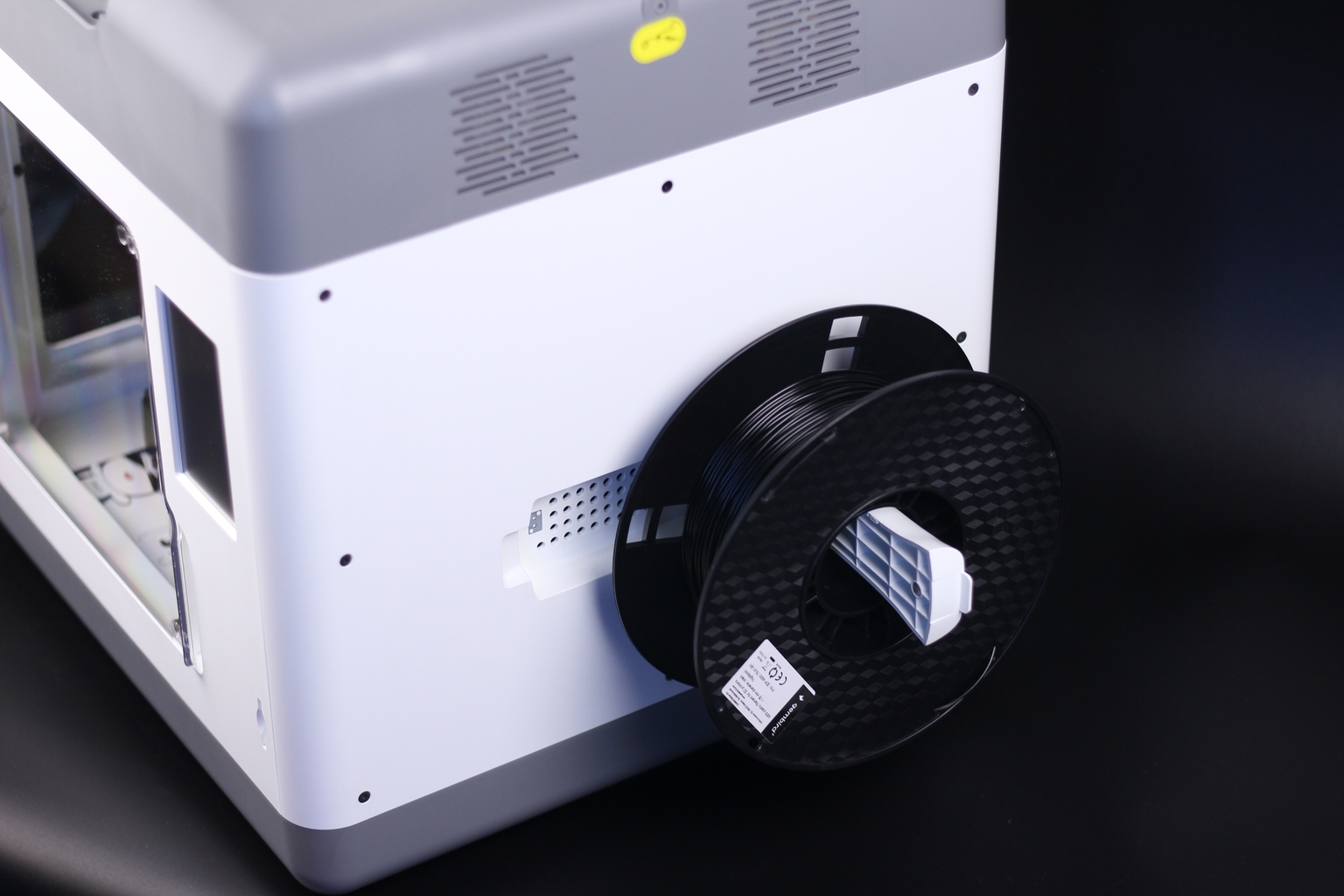
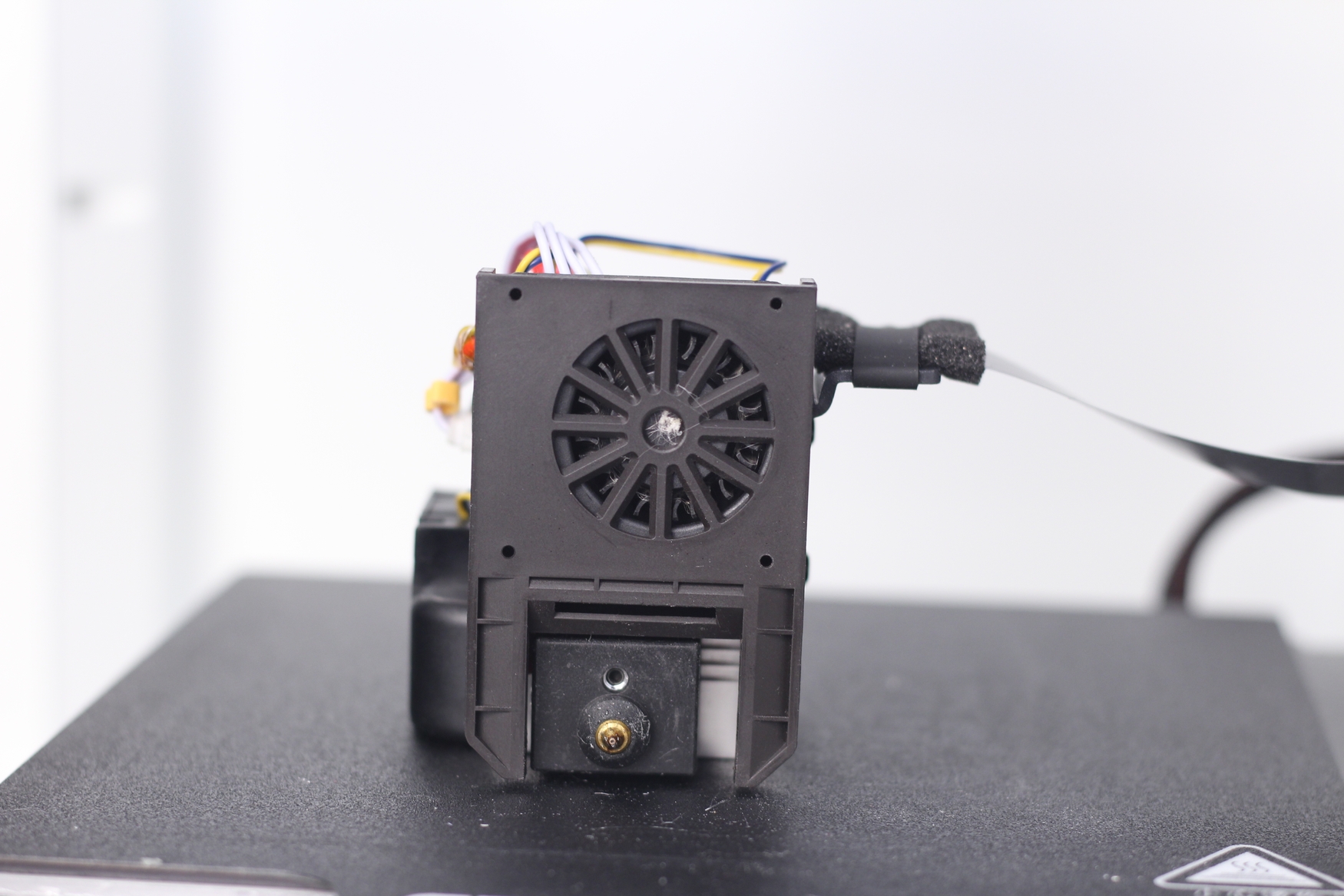
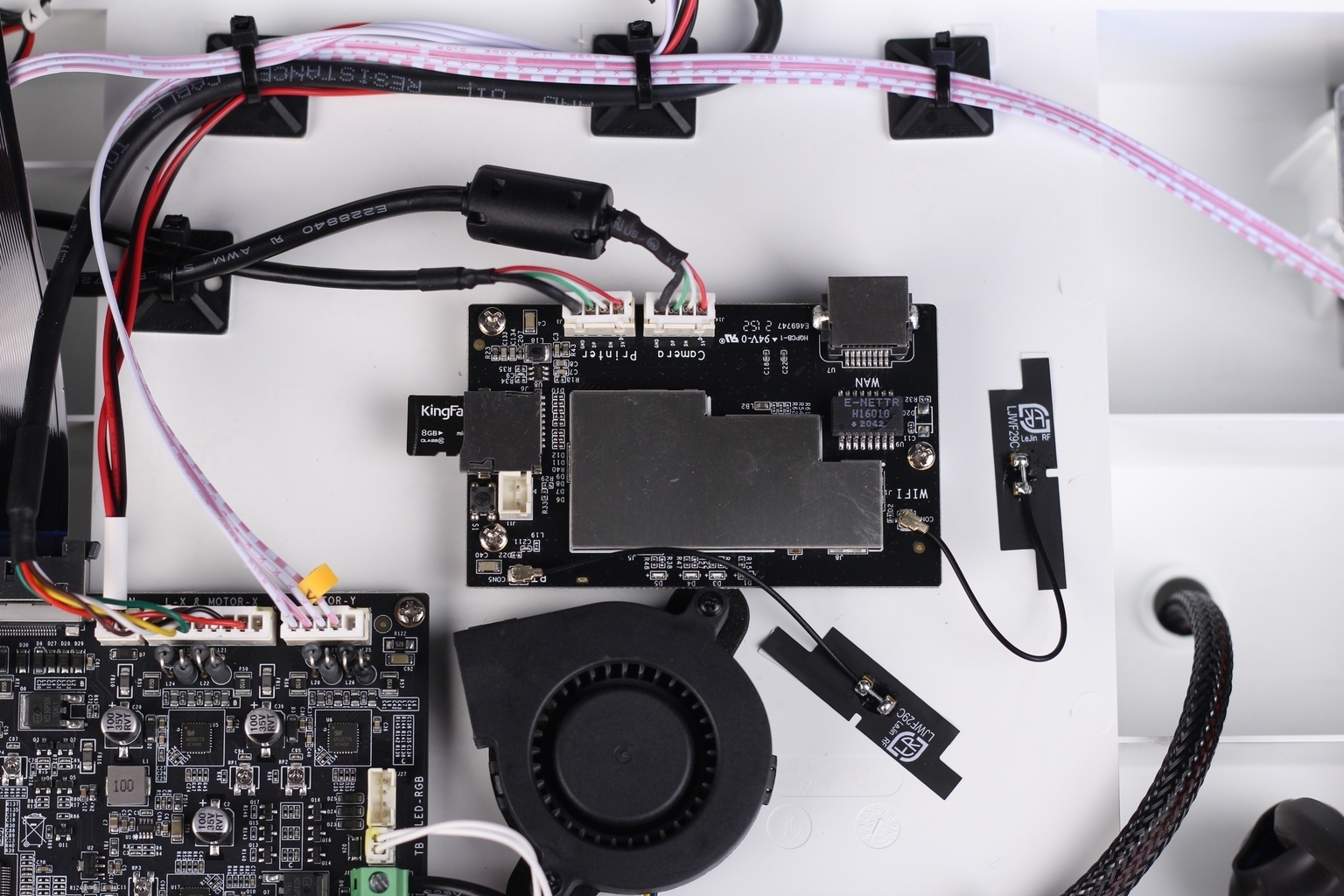
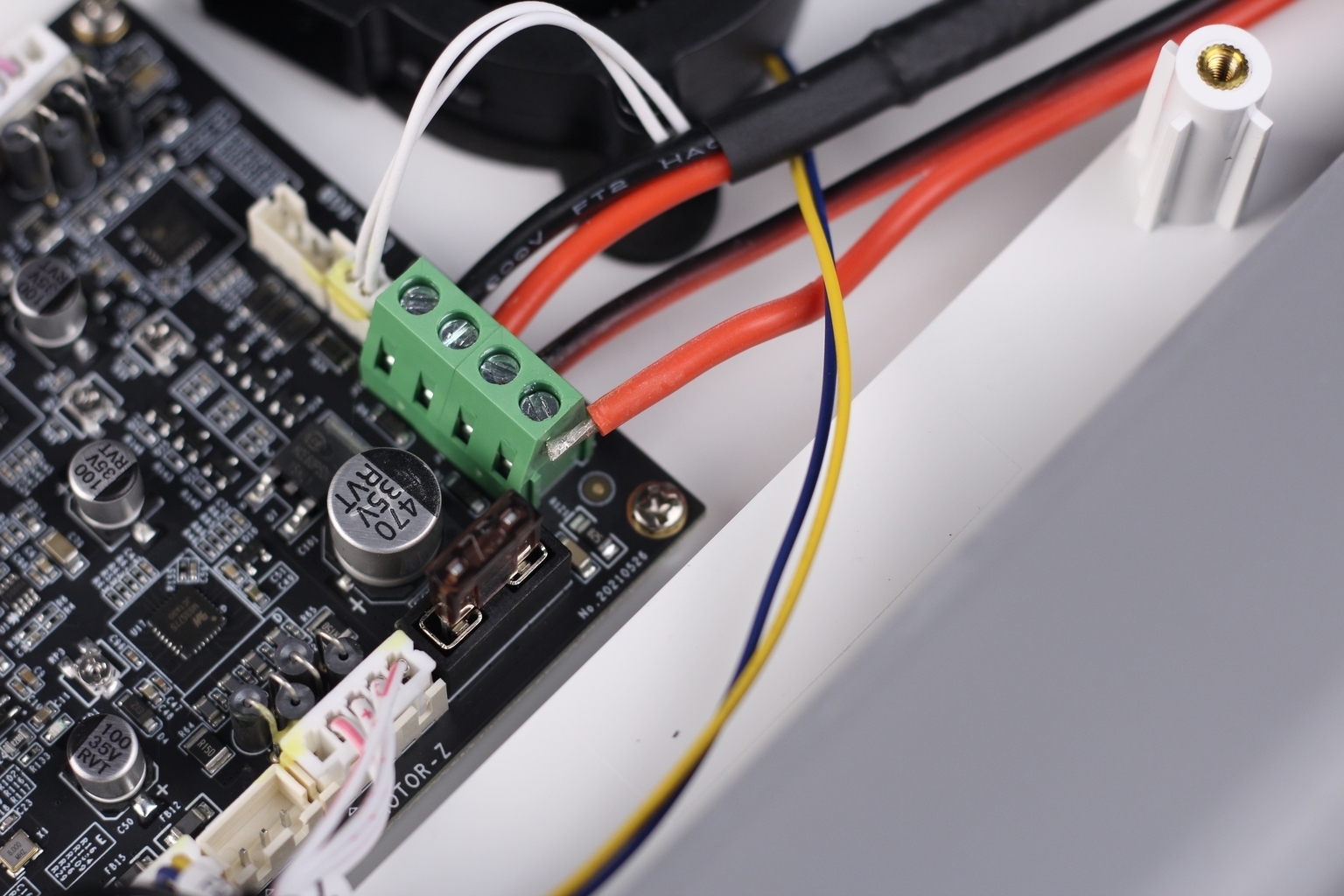
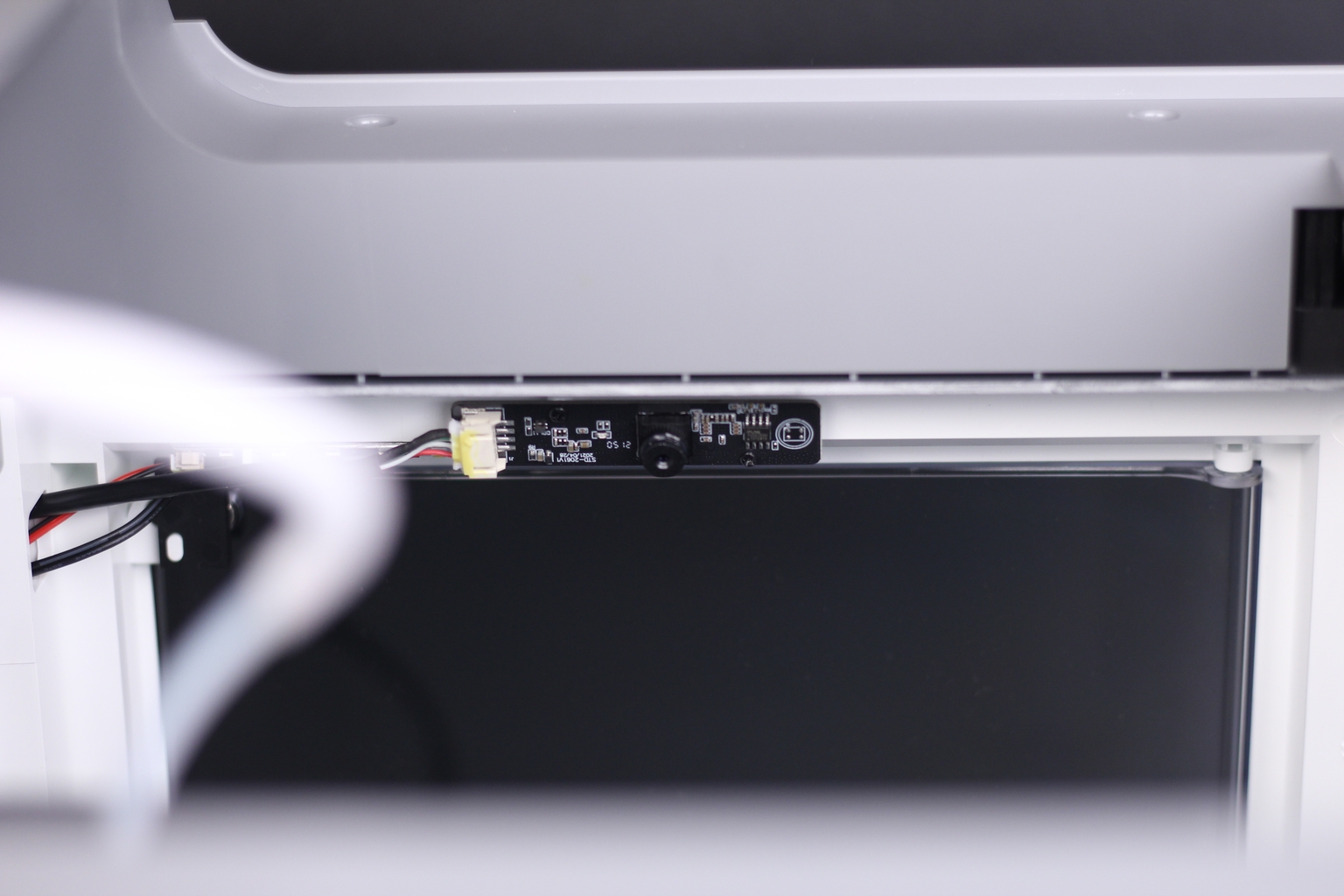
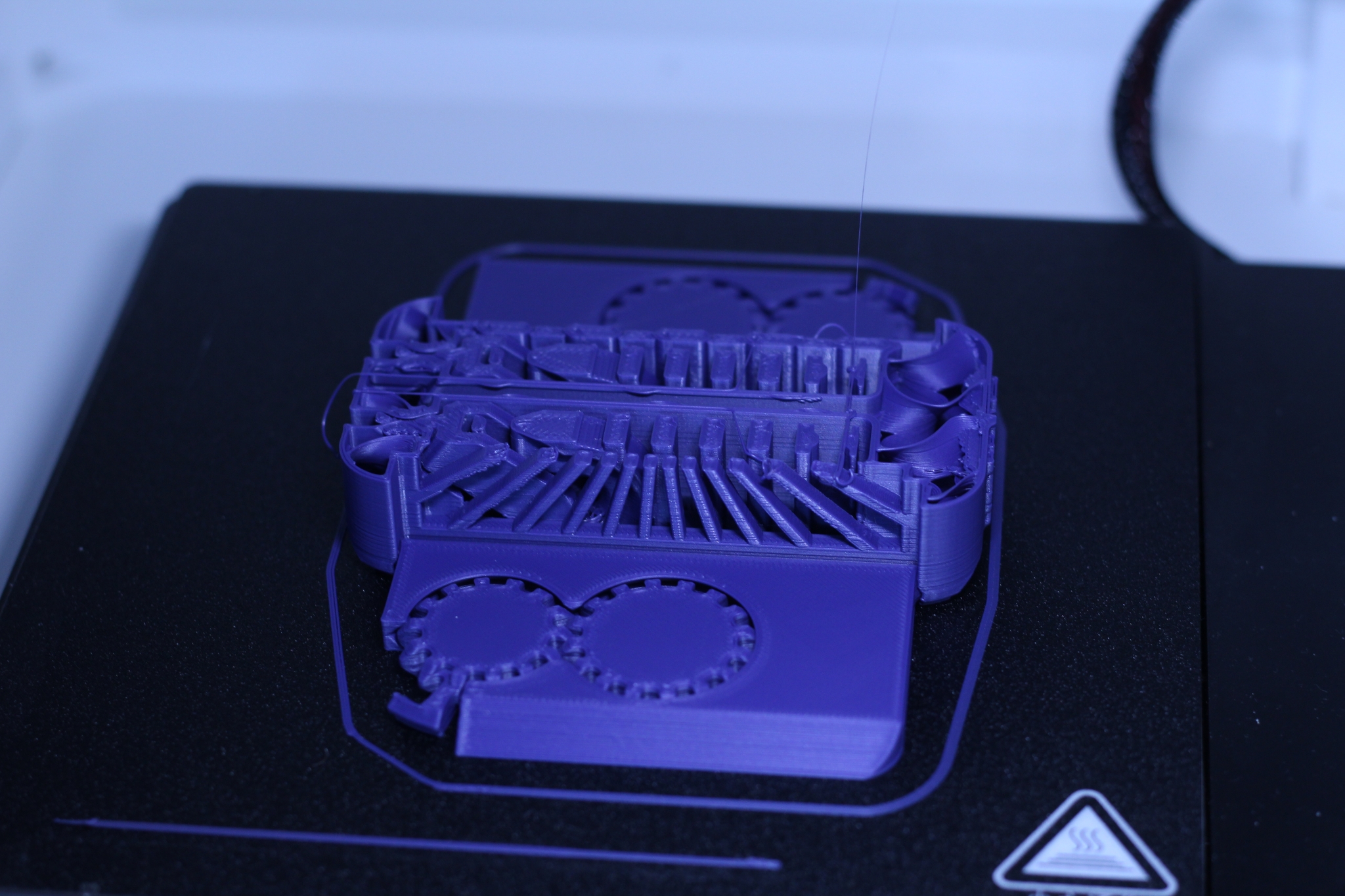
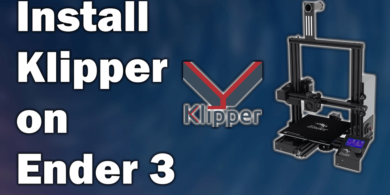
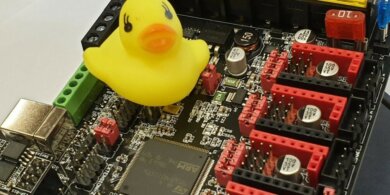
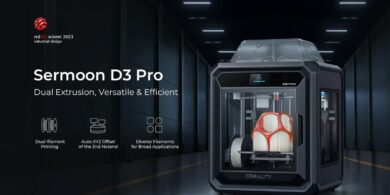

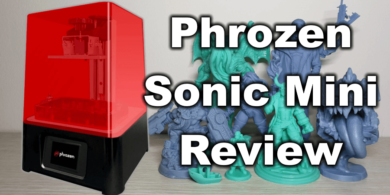
You can leave a comment for this article on the 3DPrintBeginner Forum